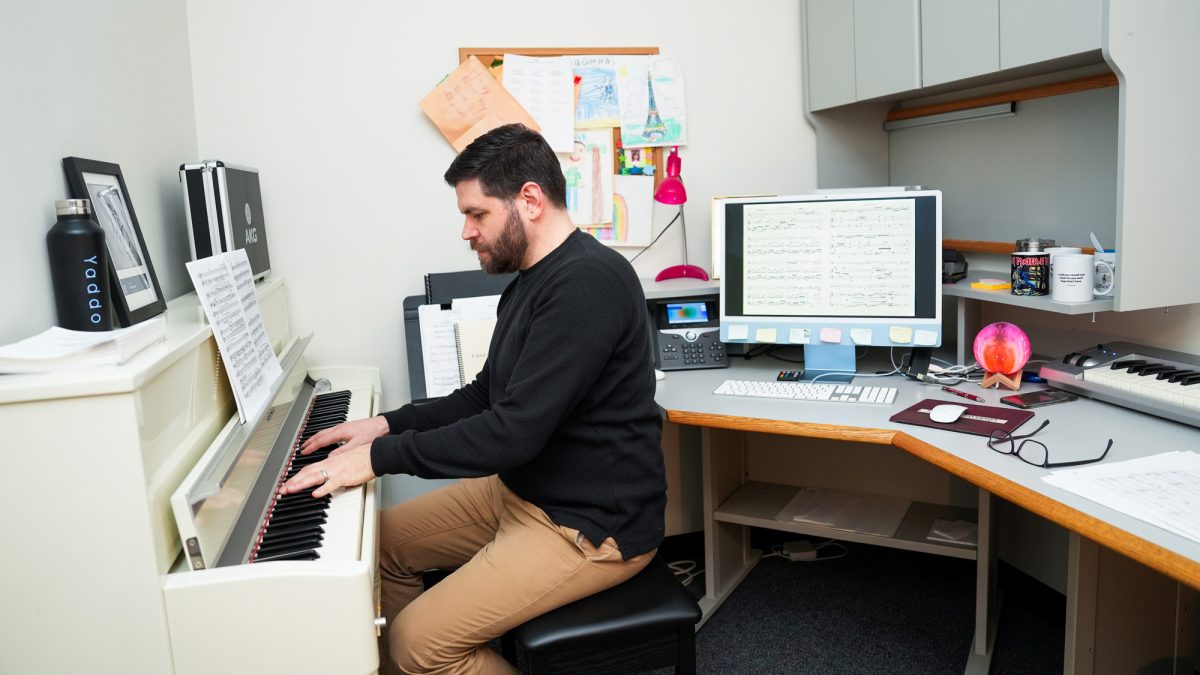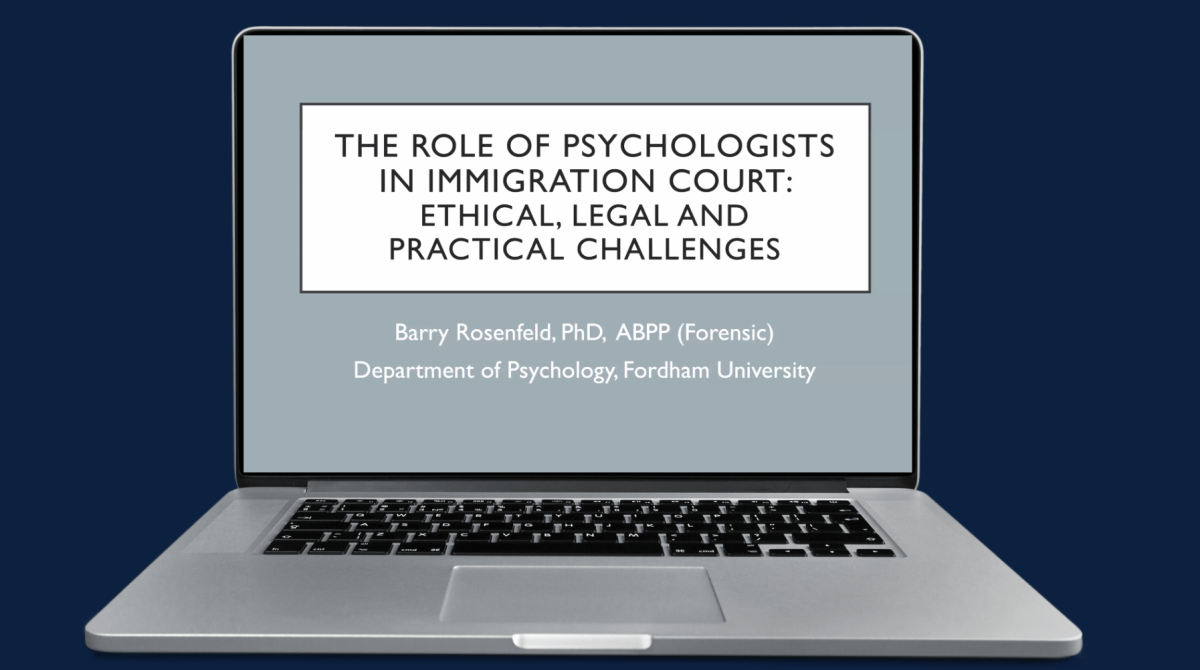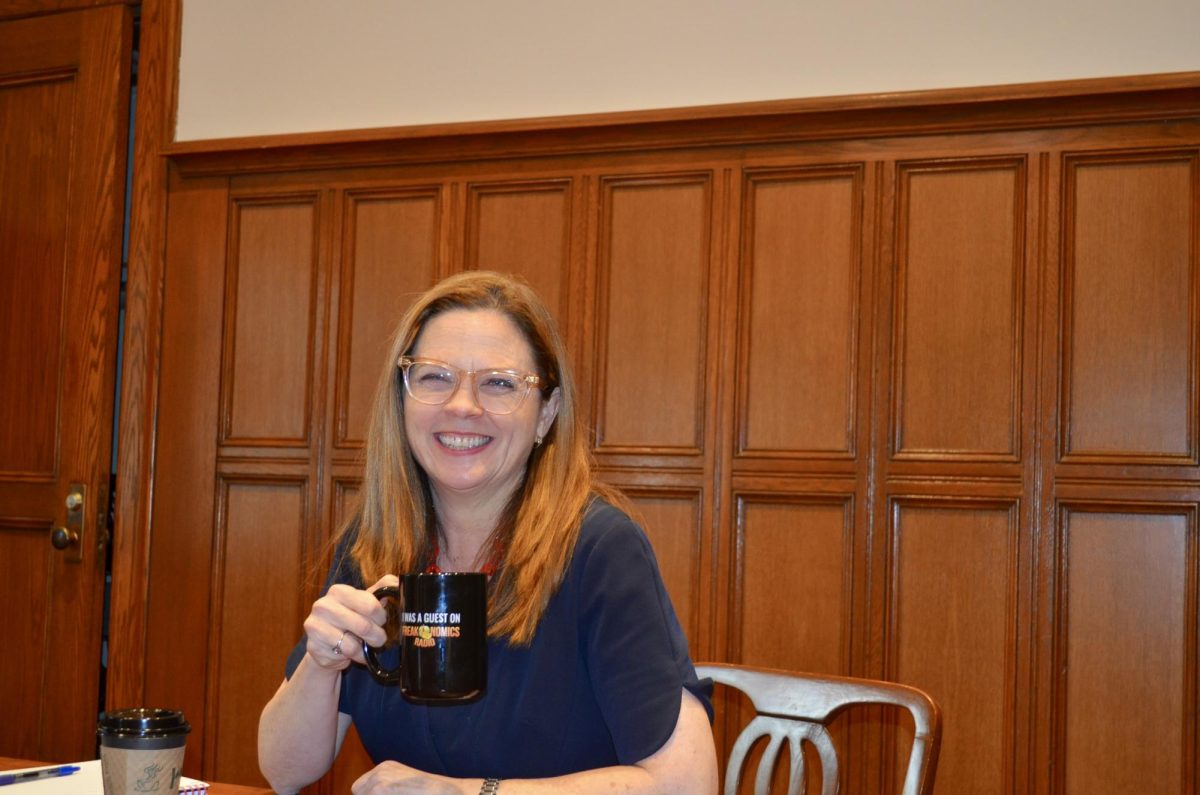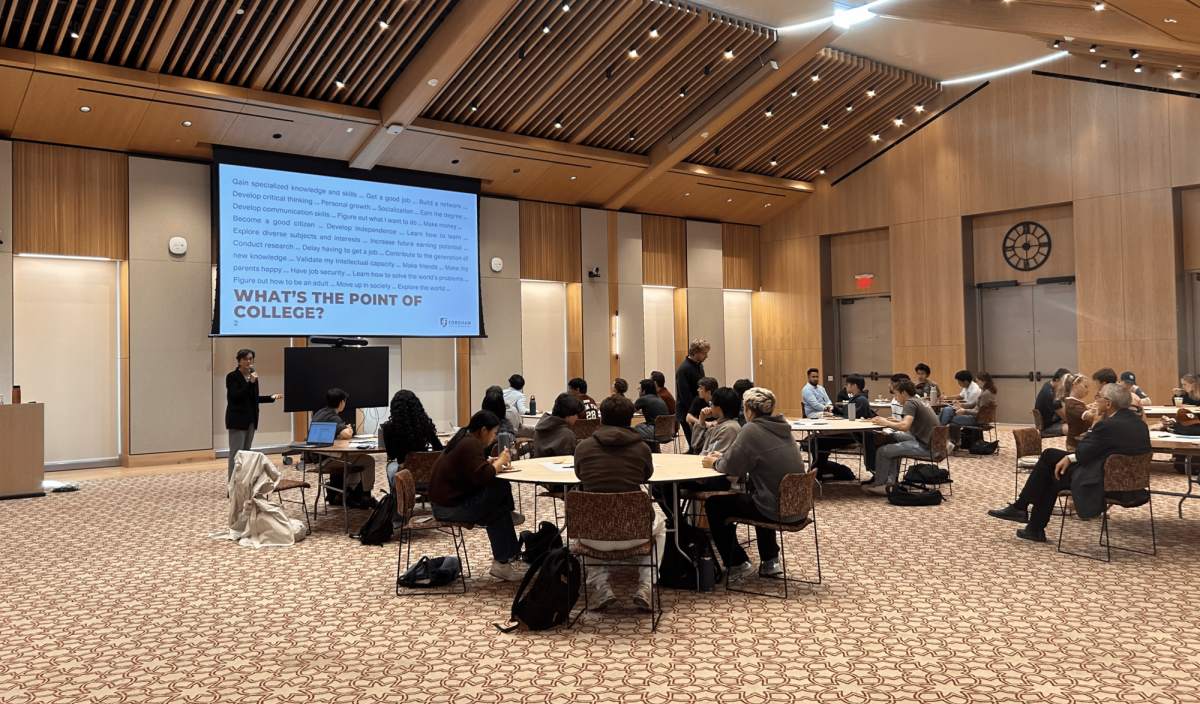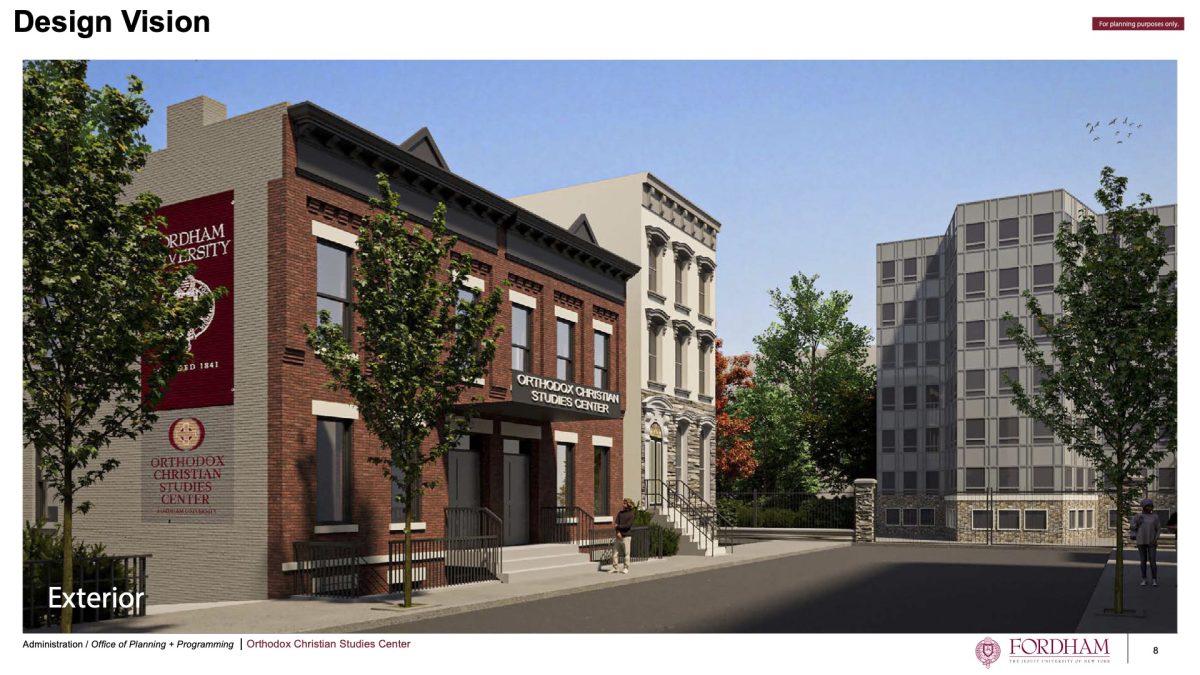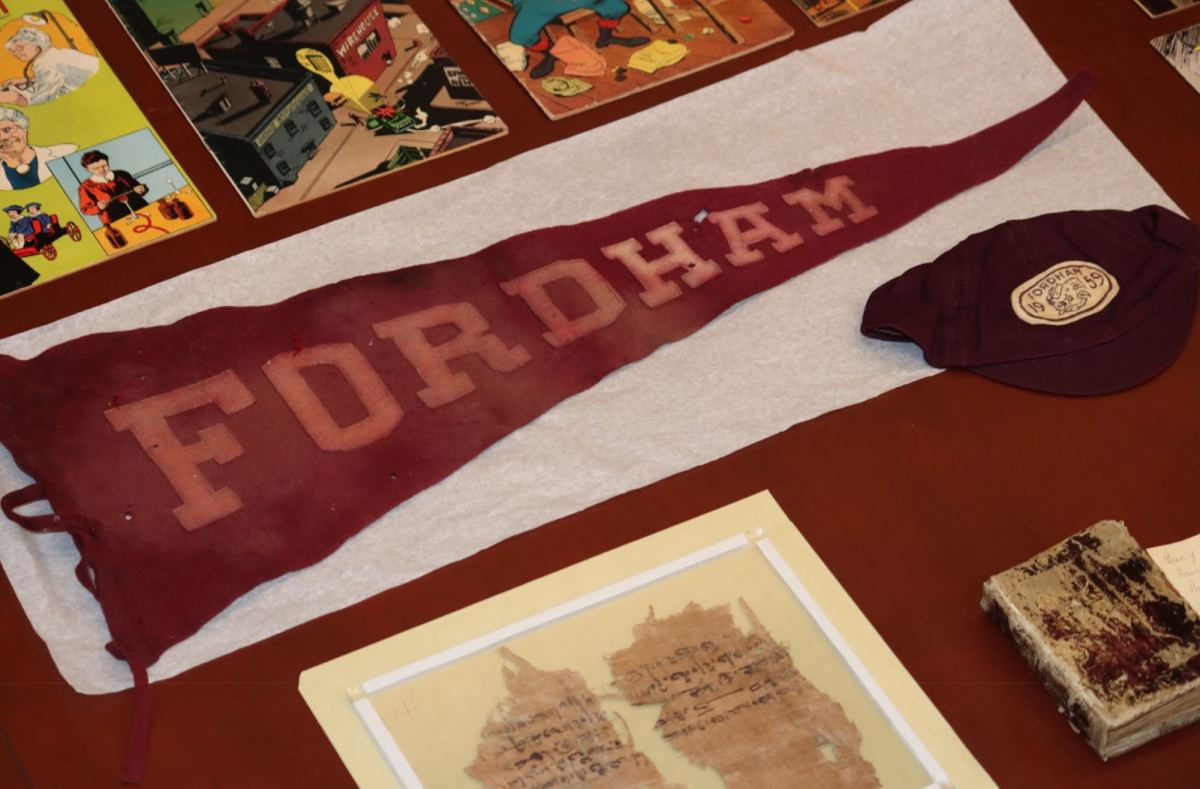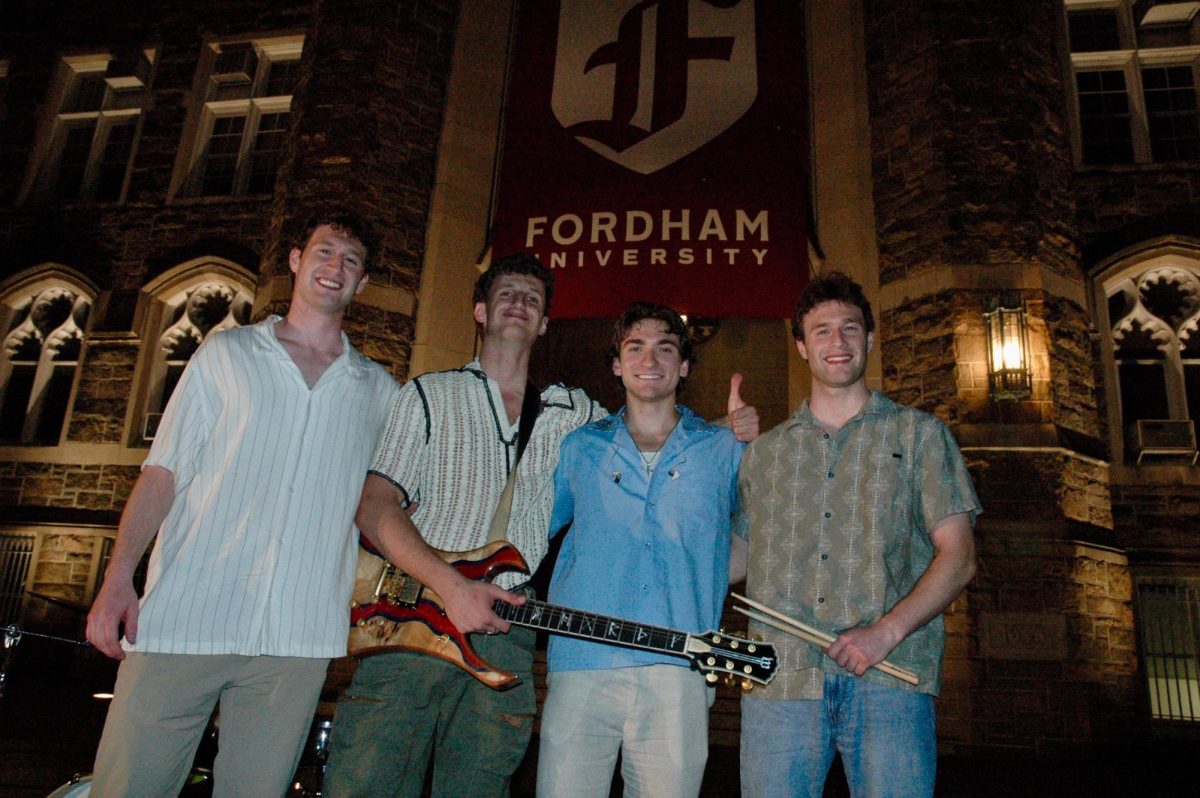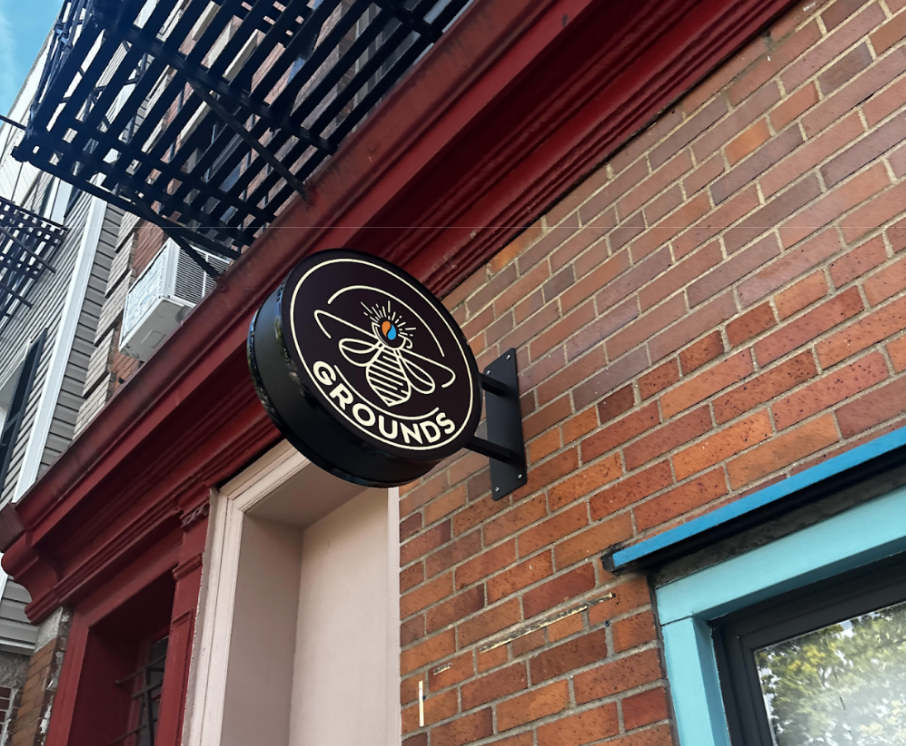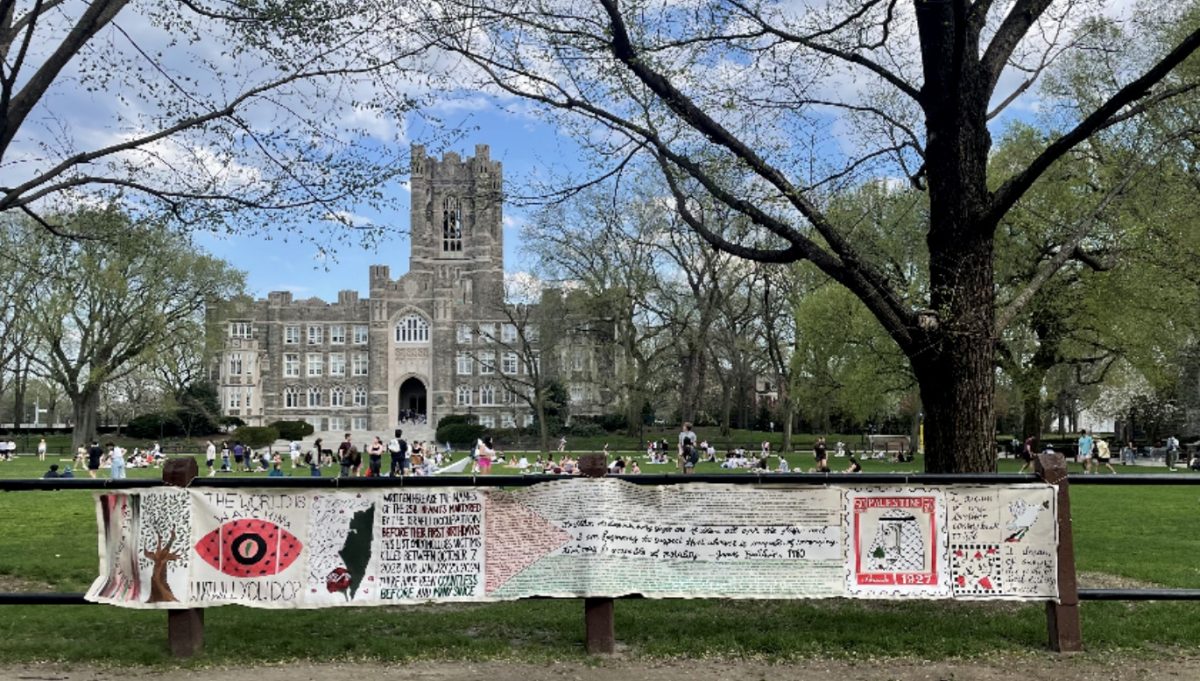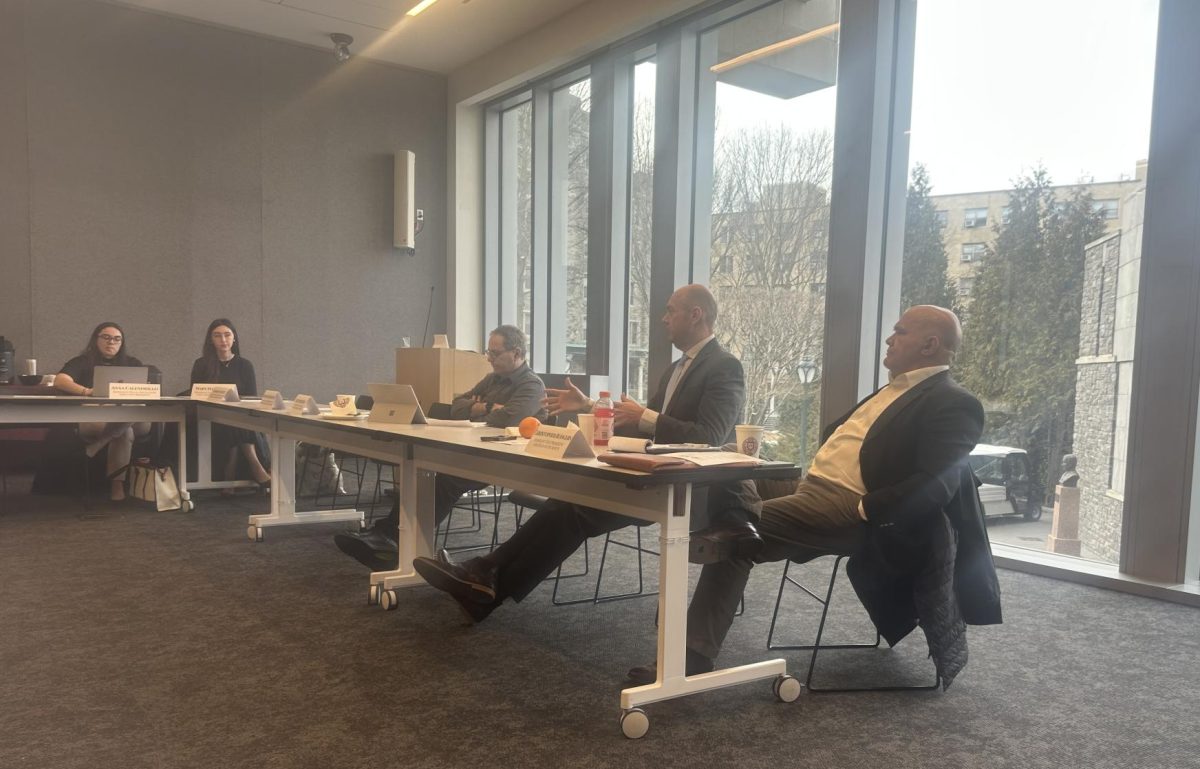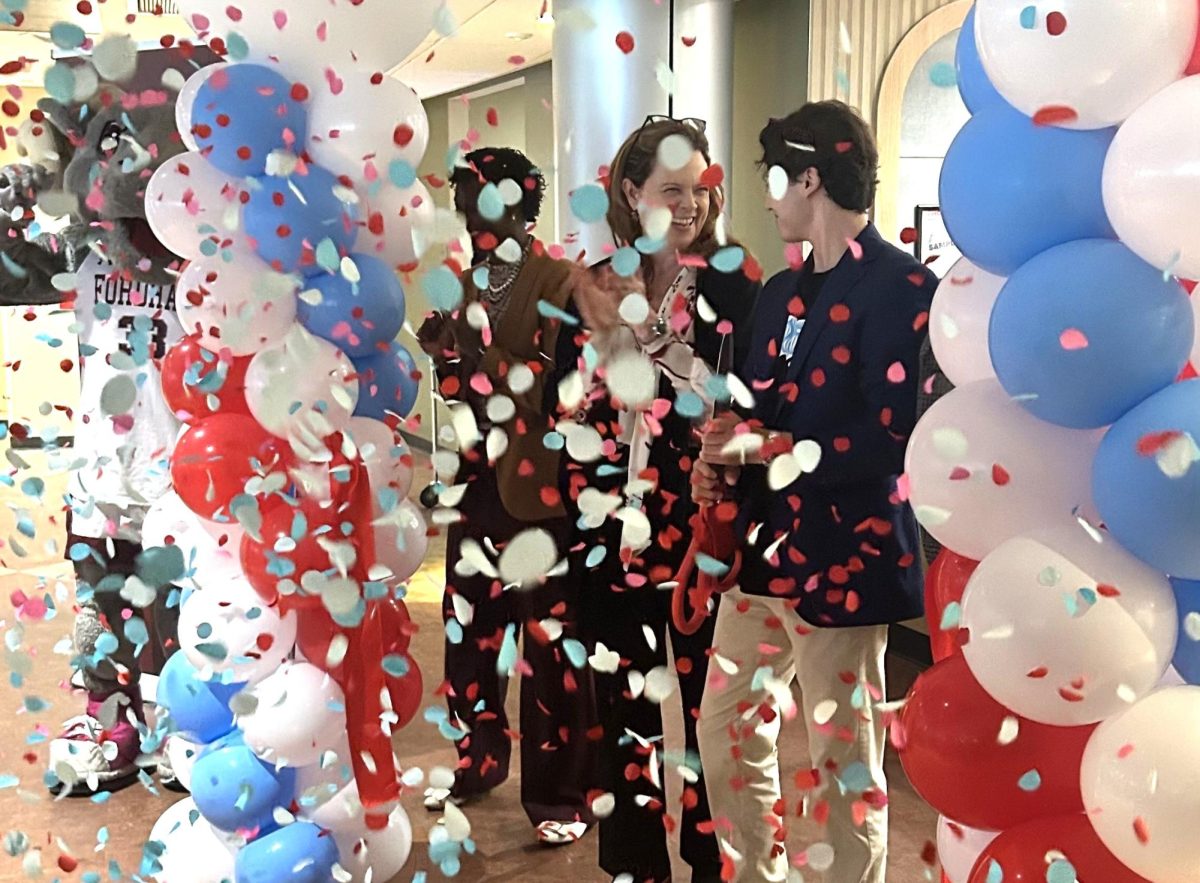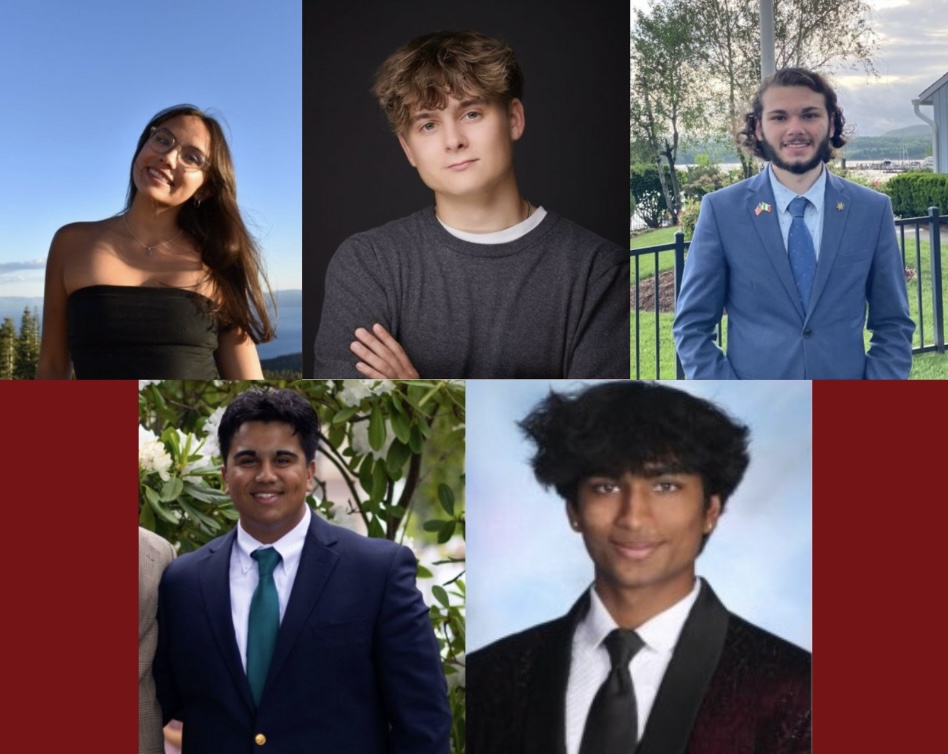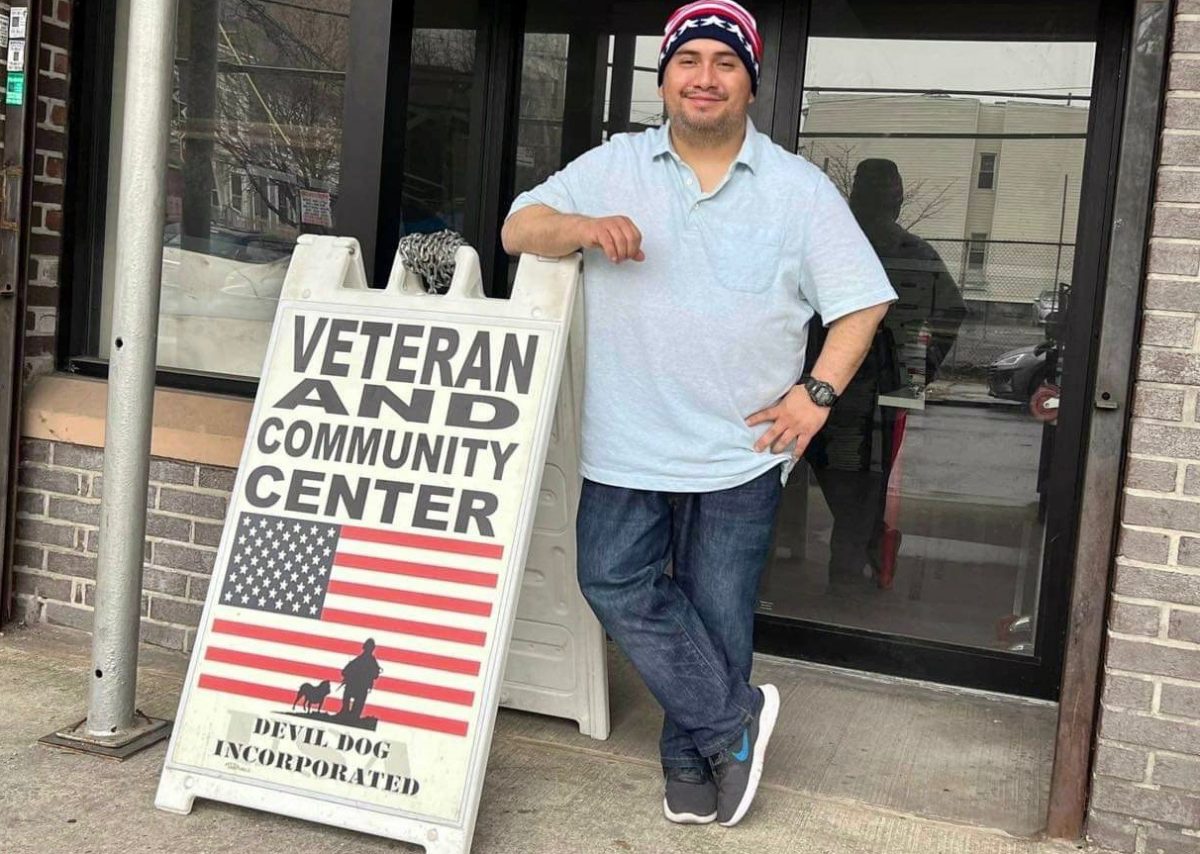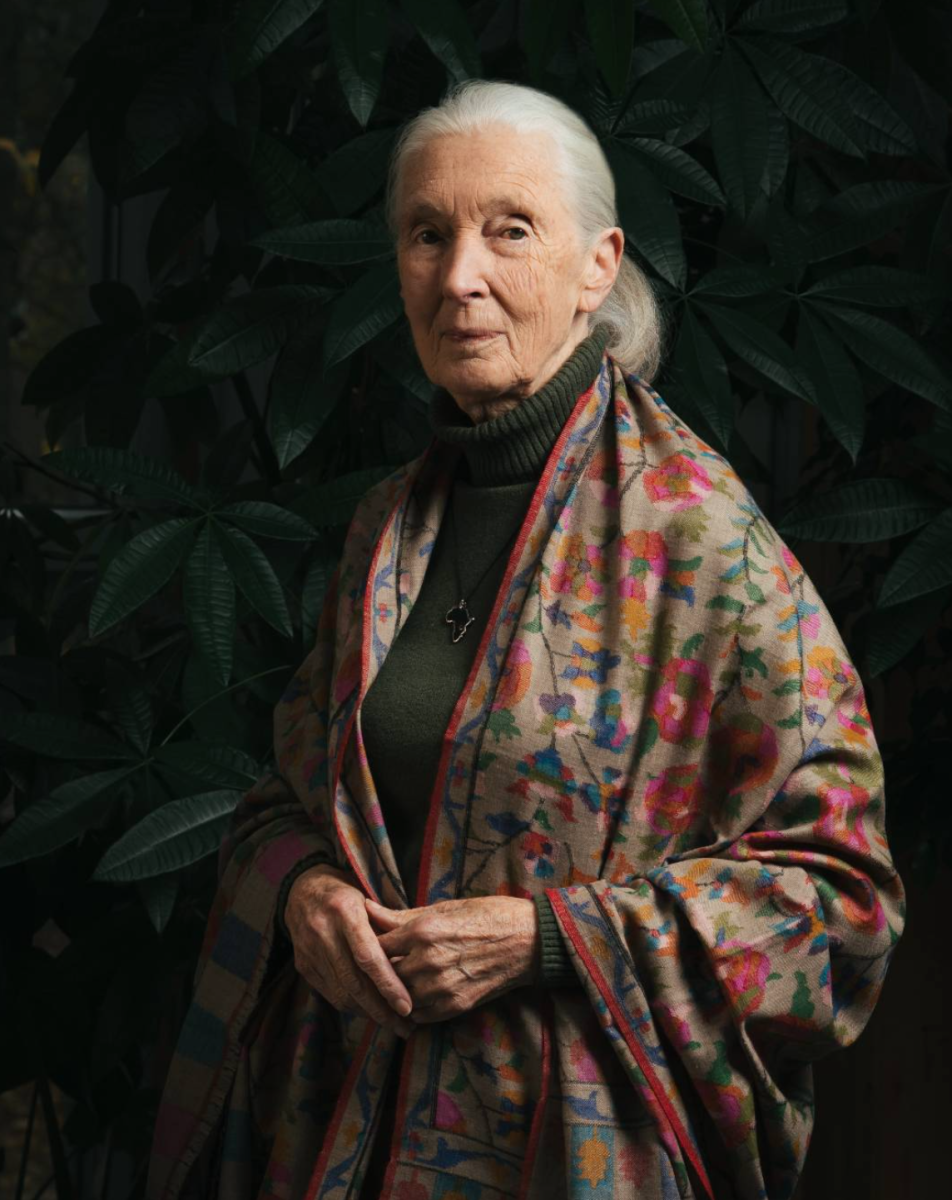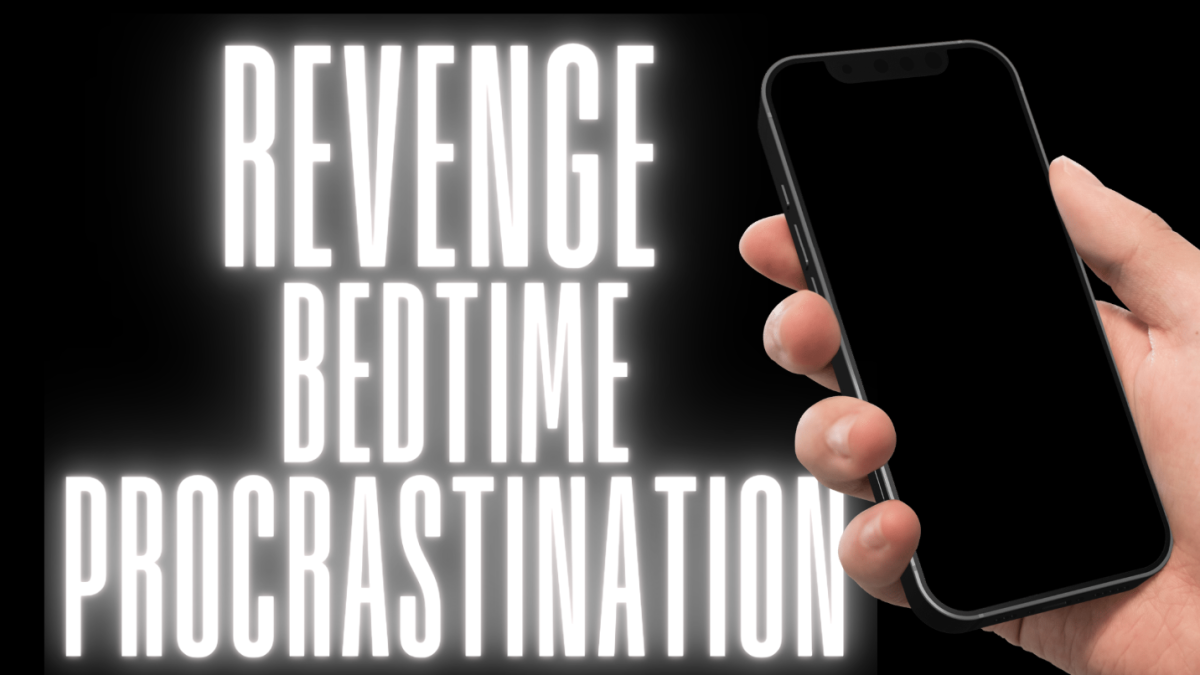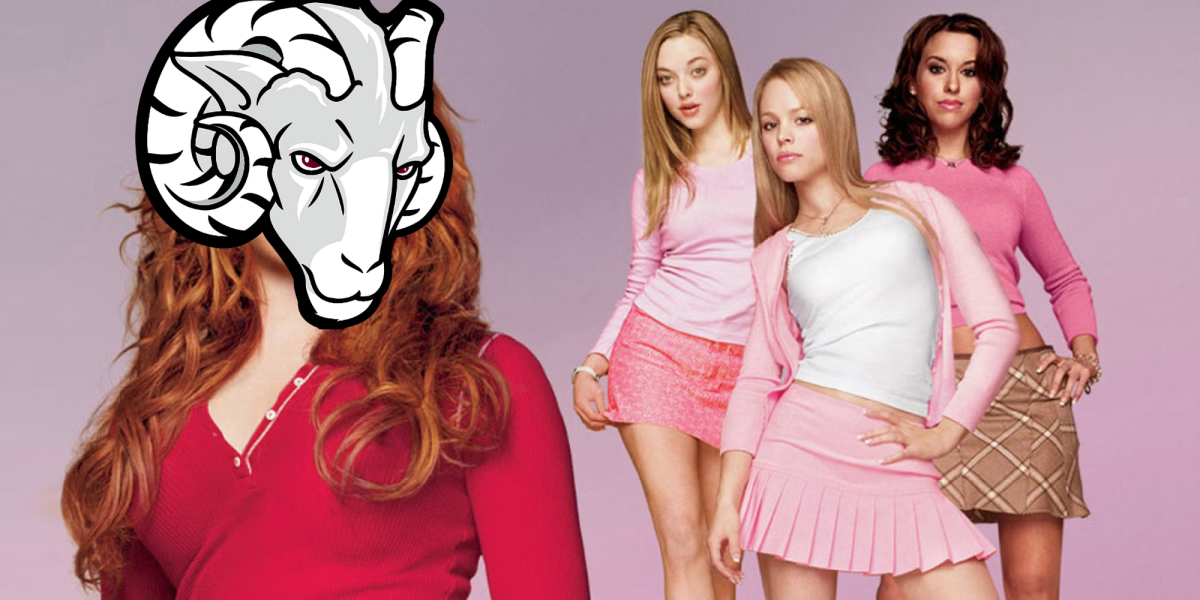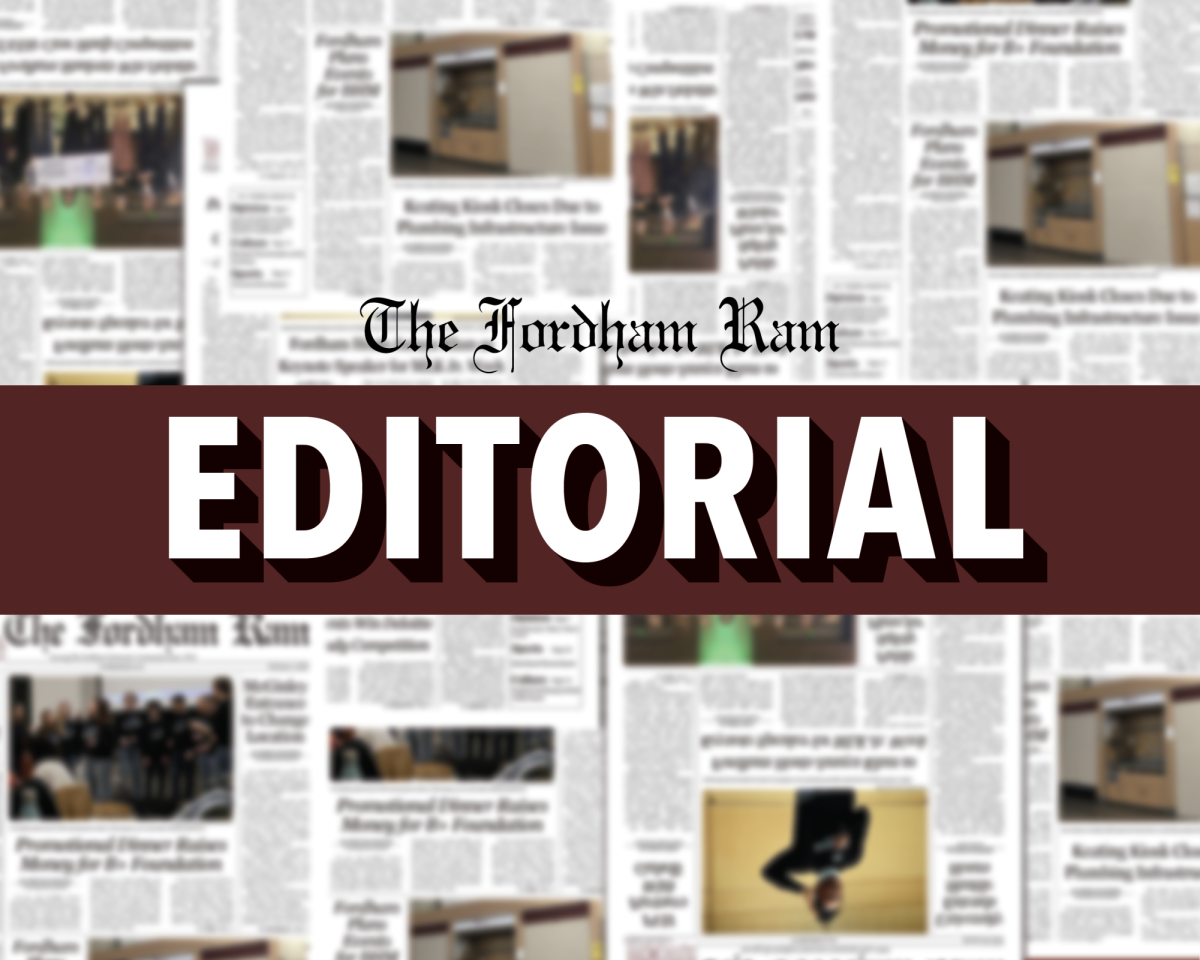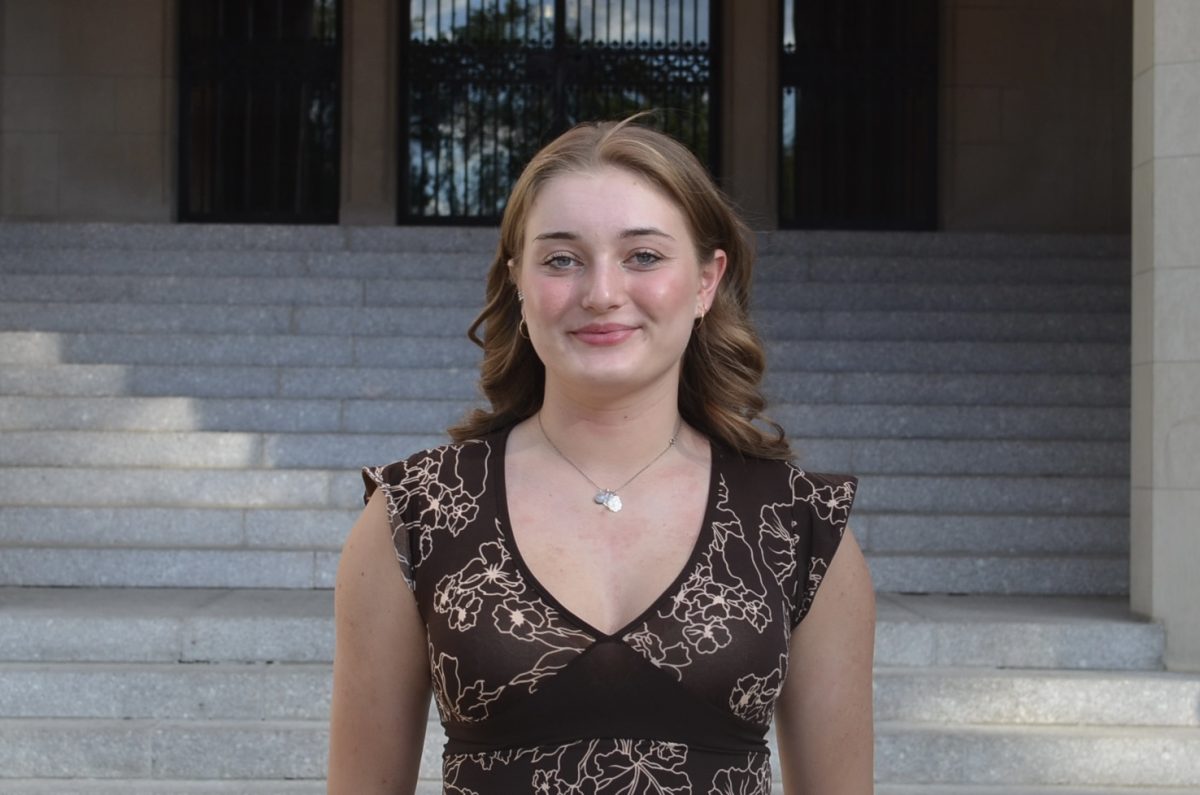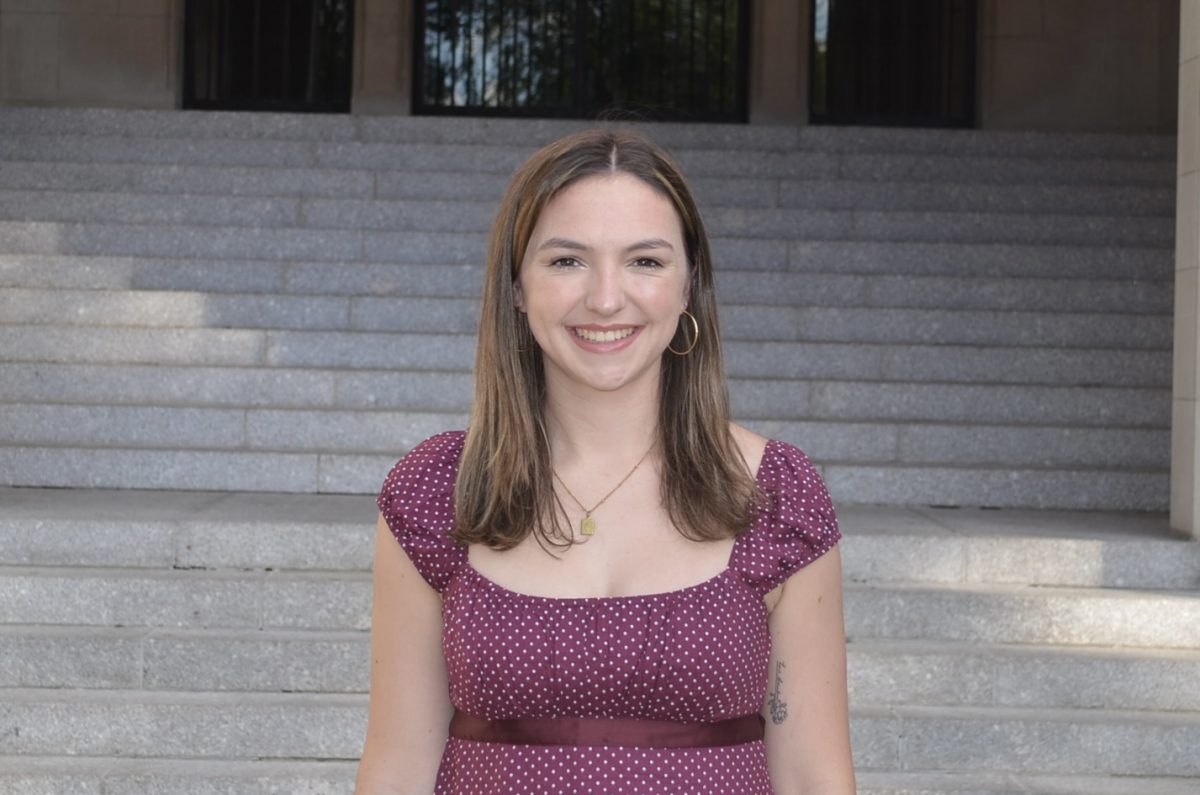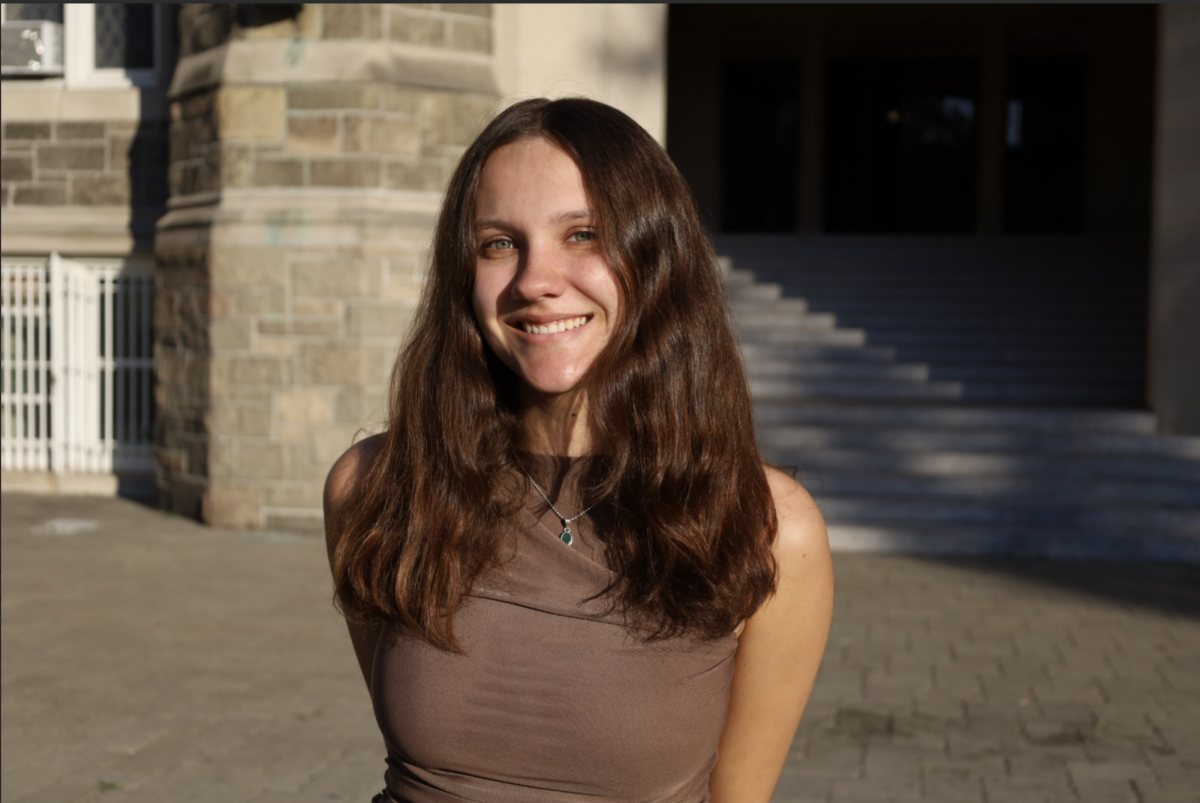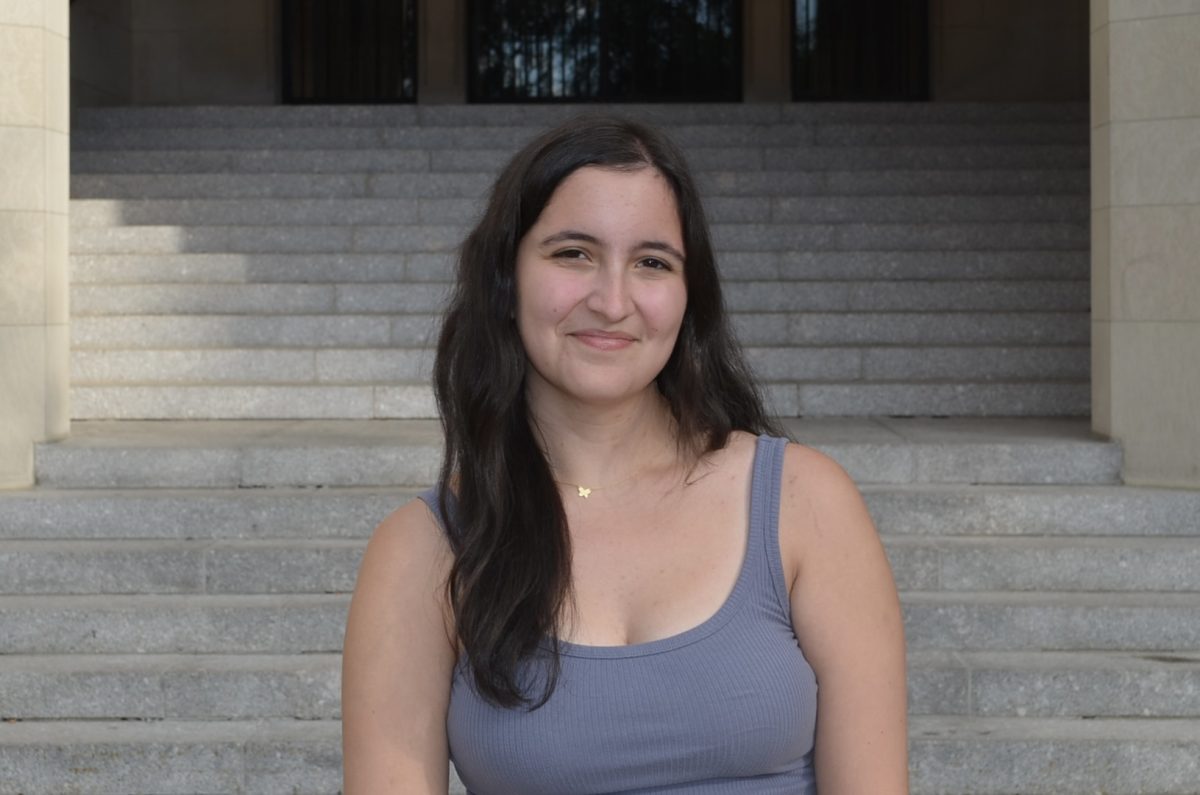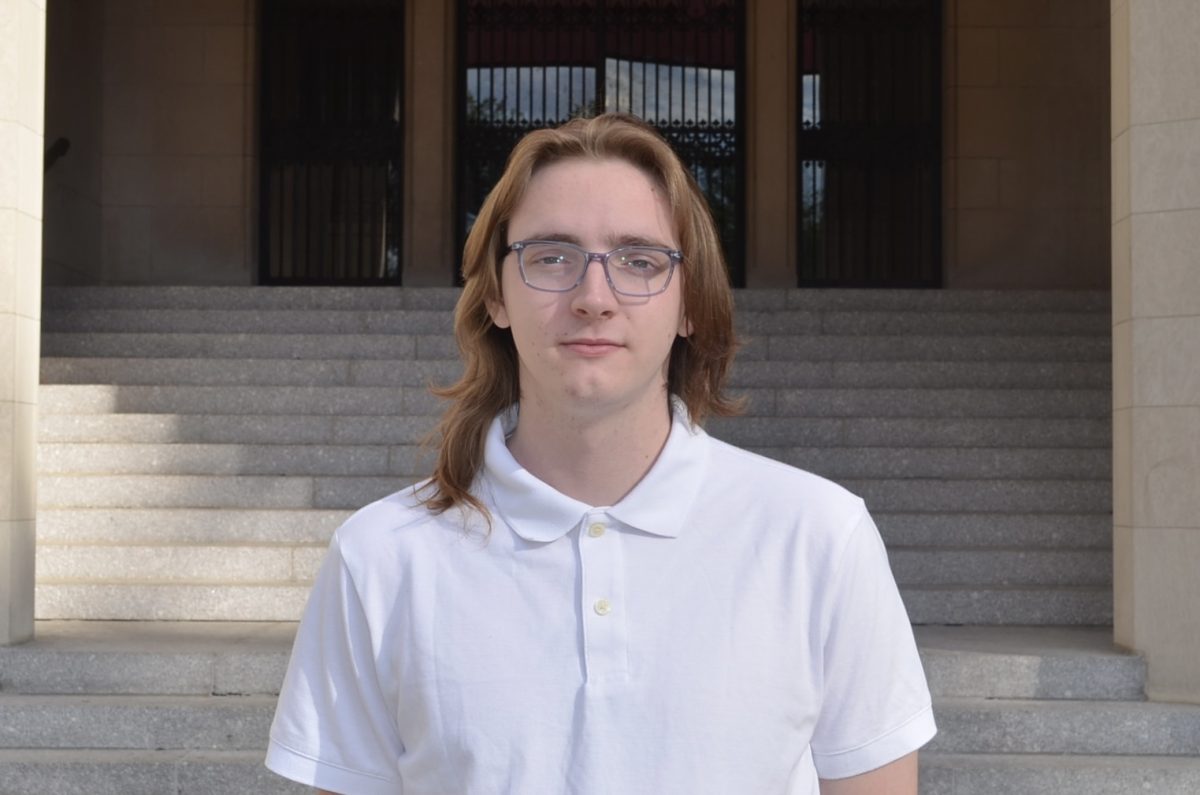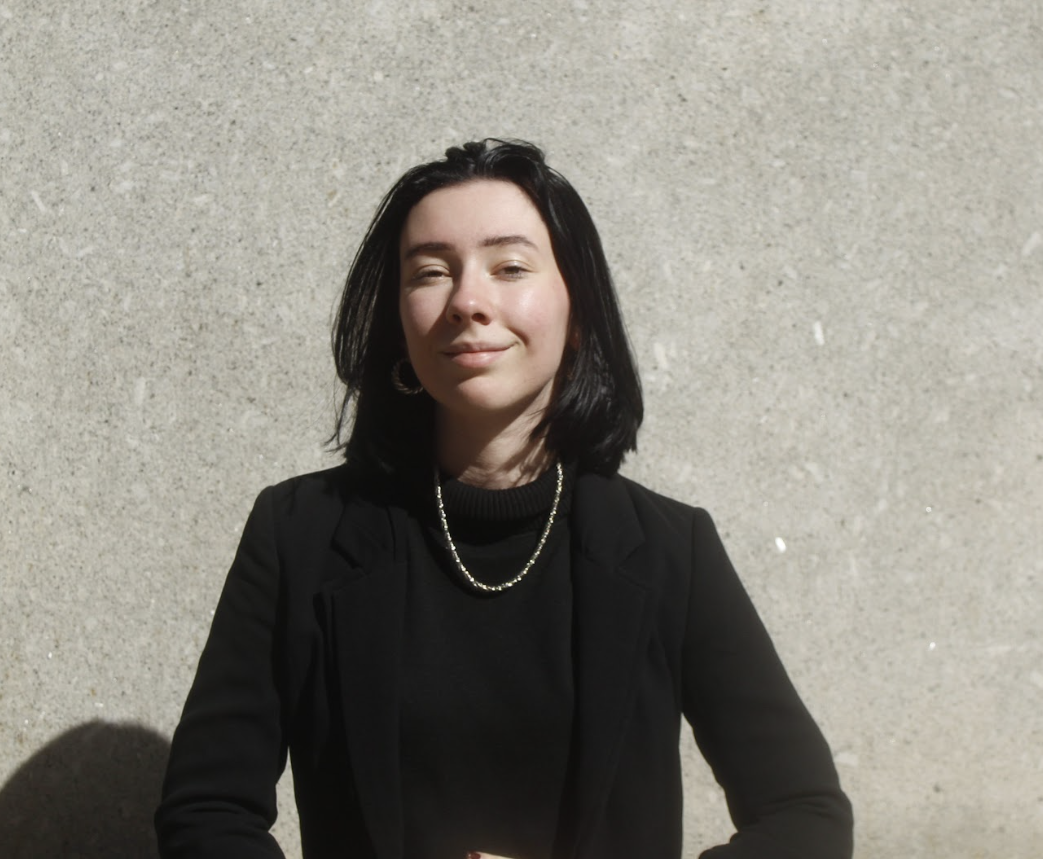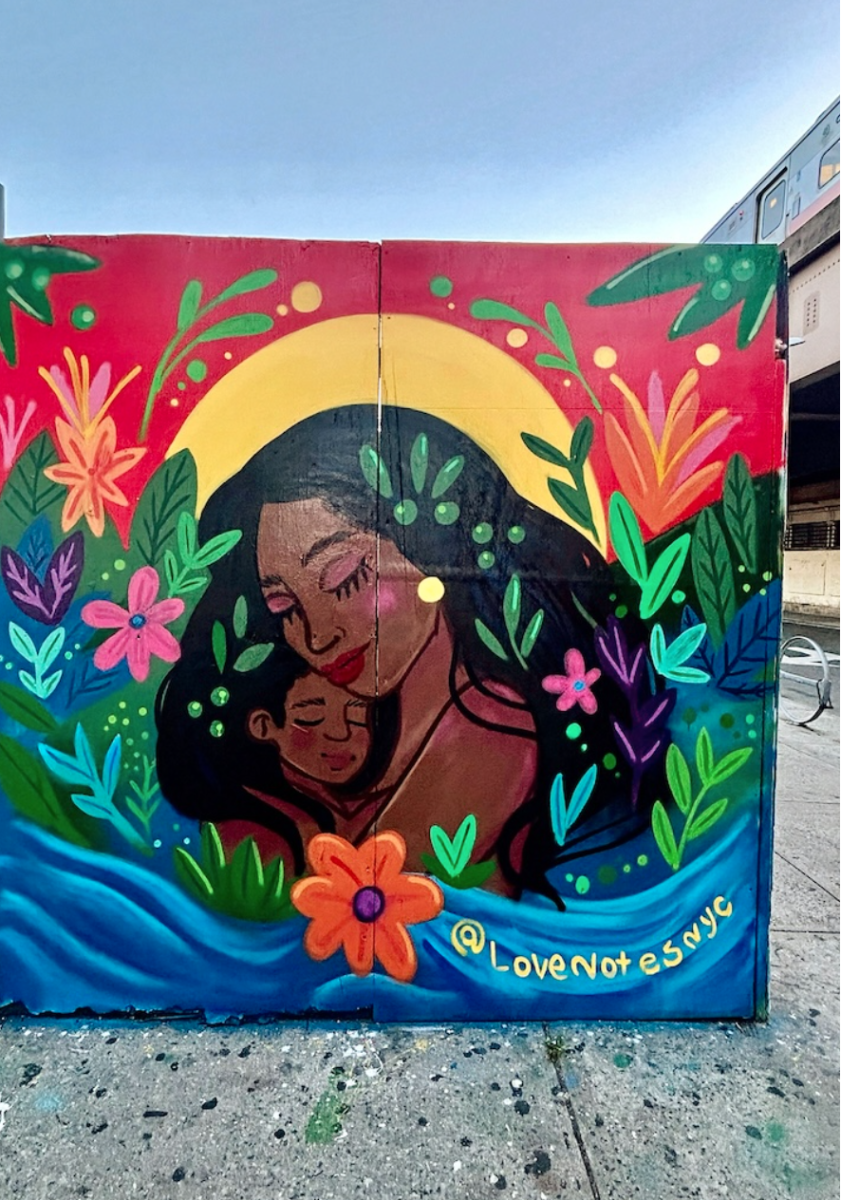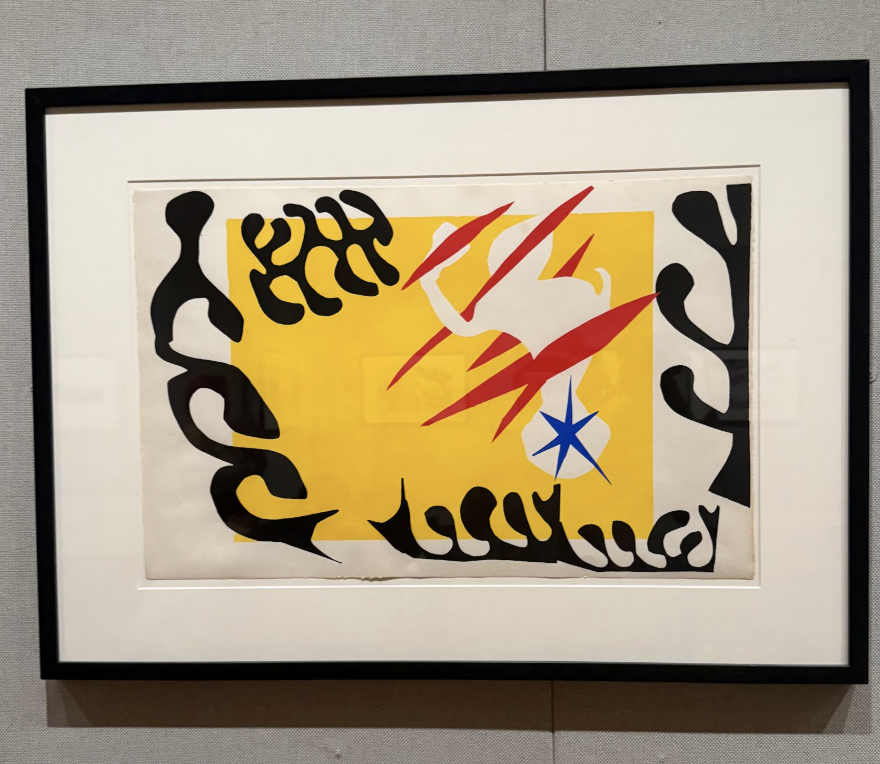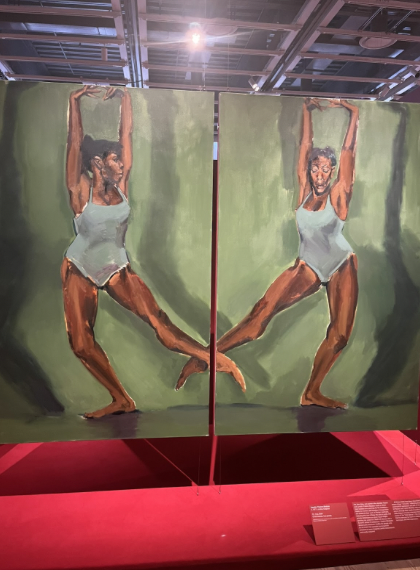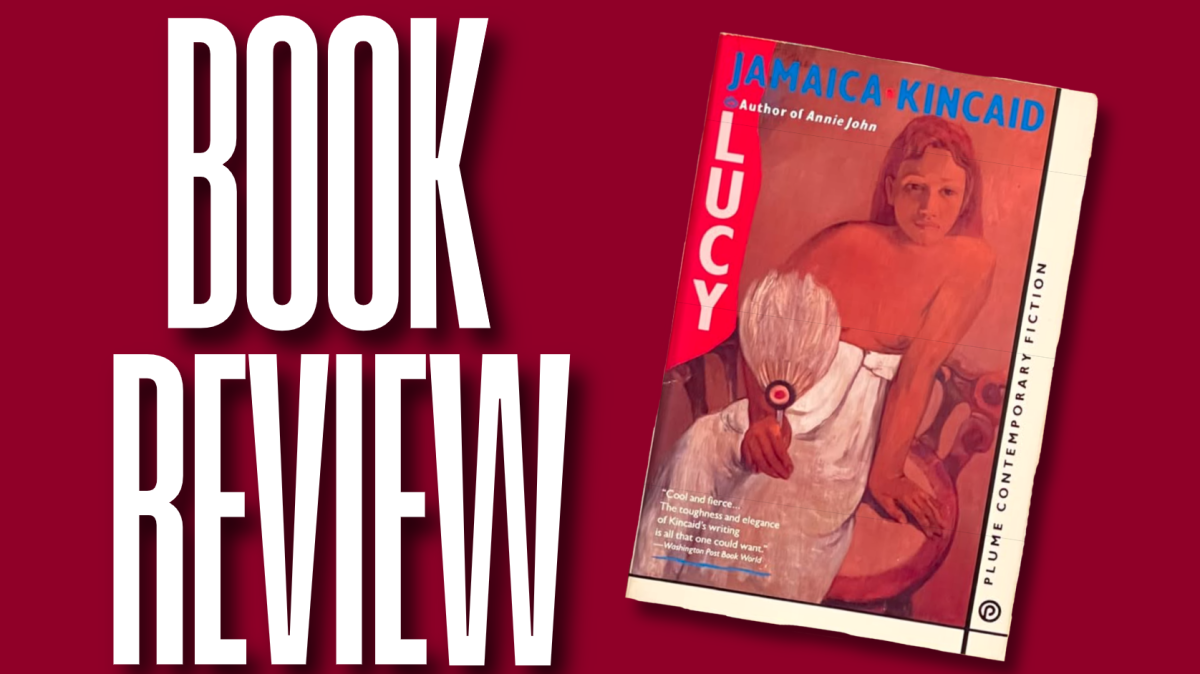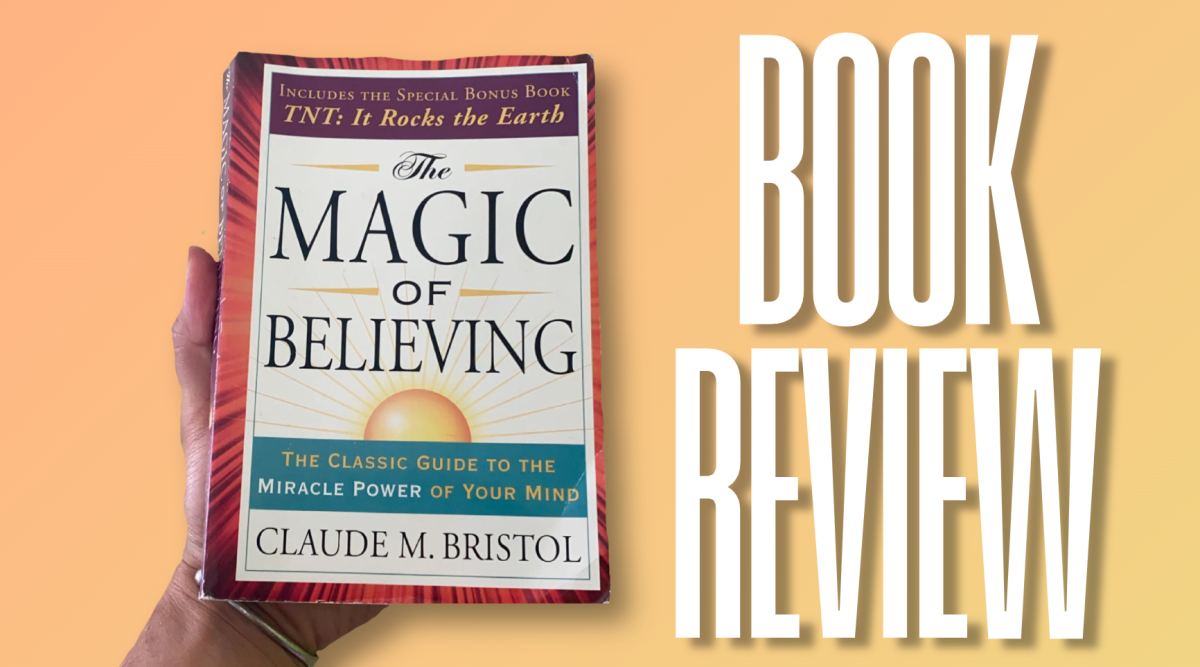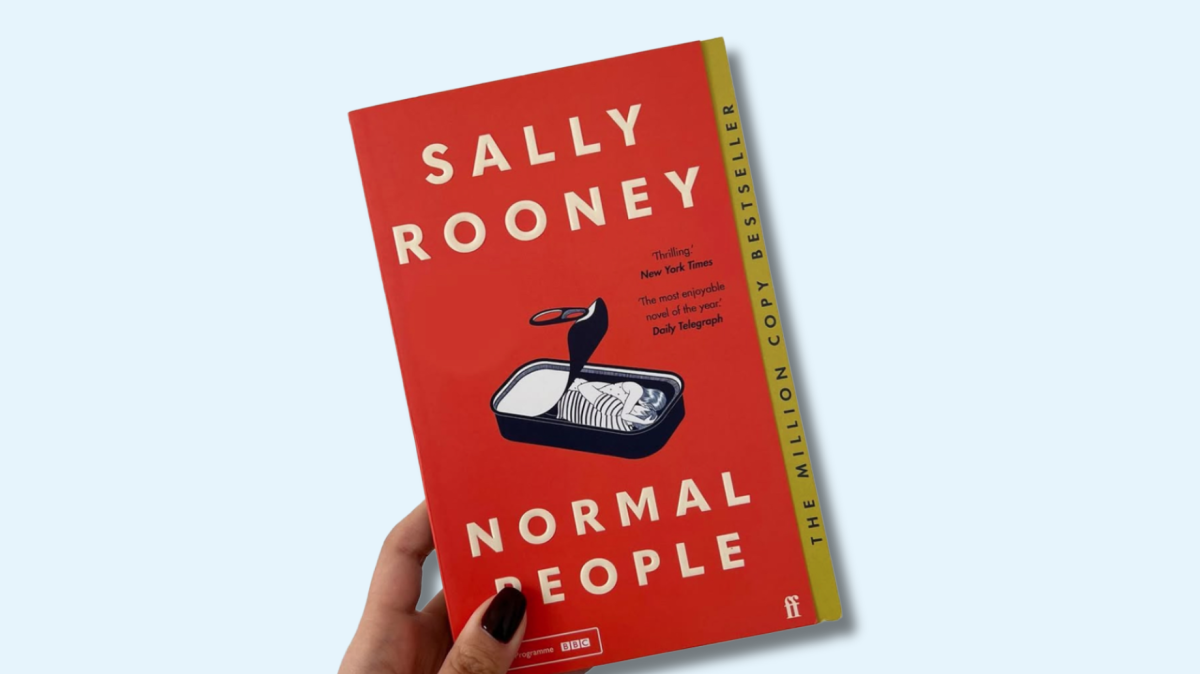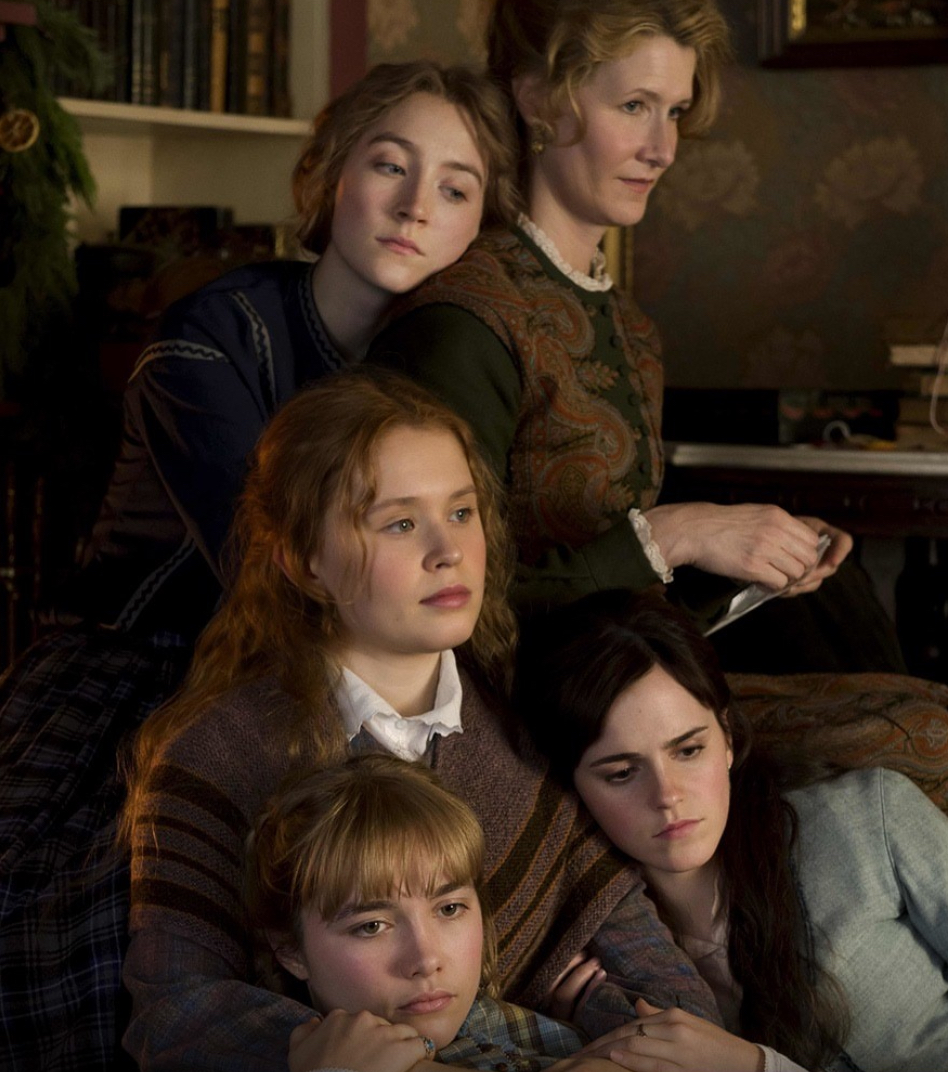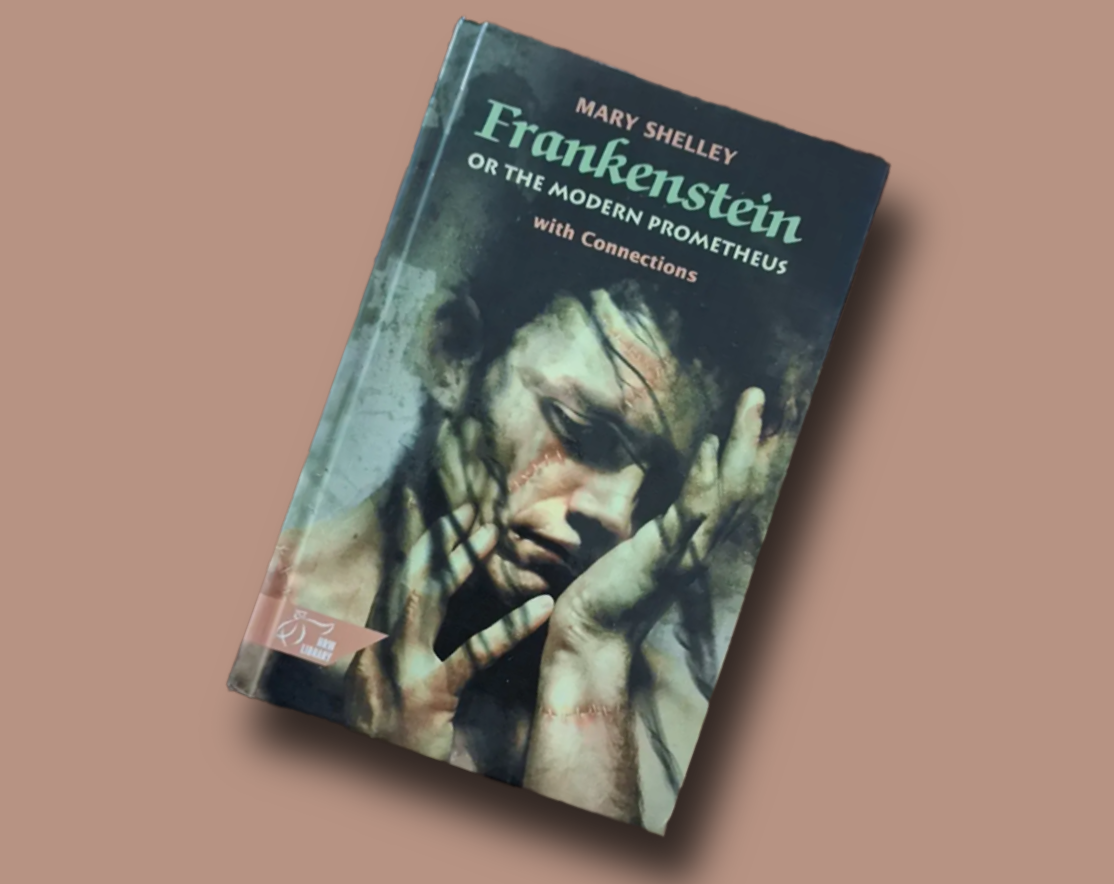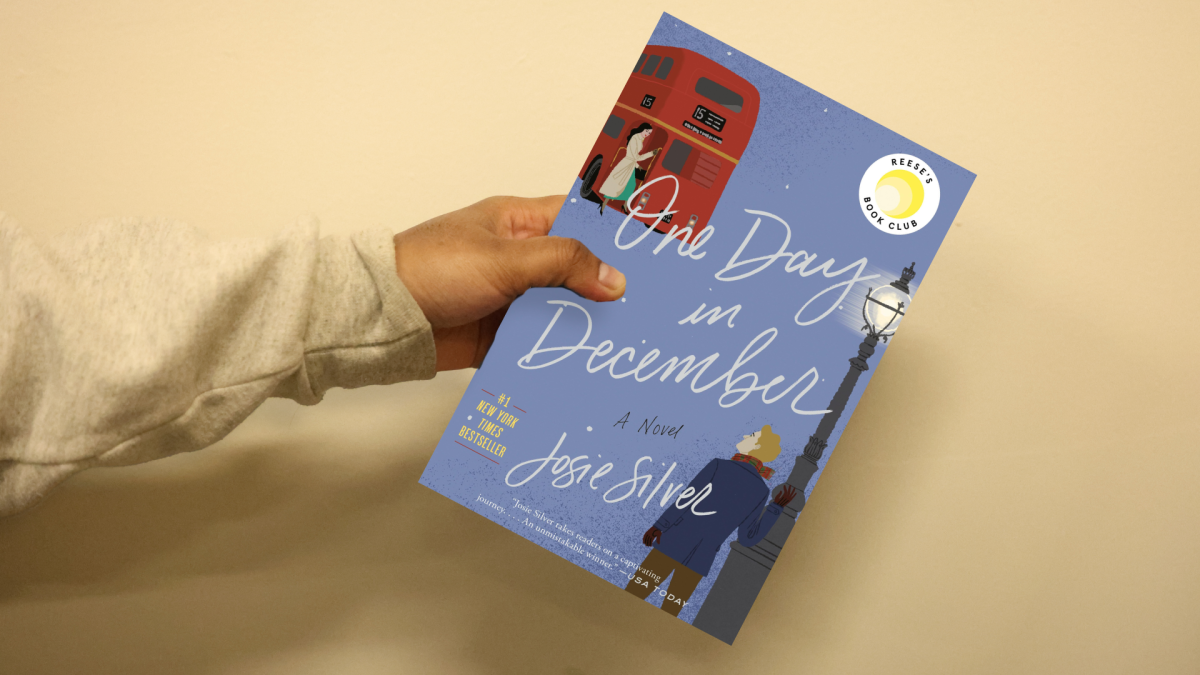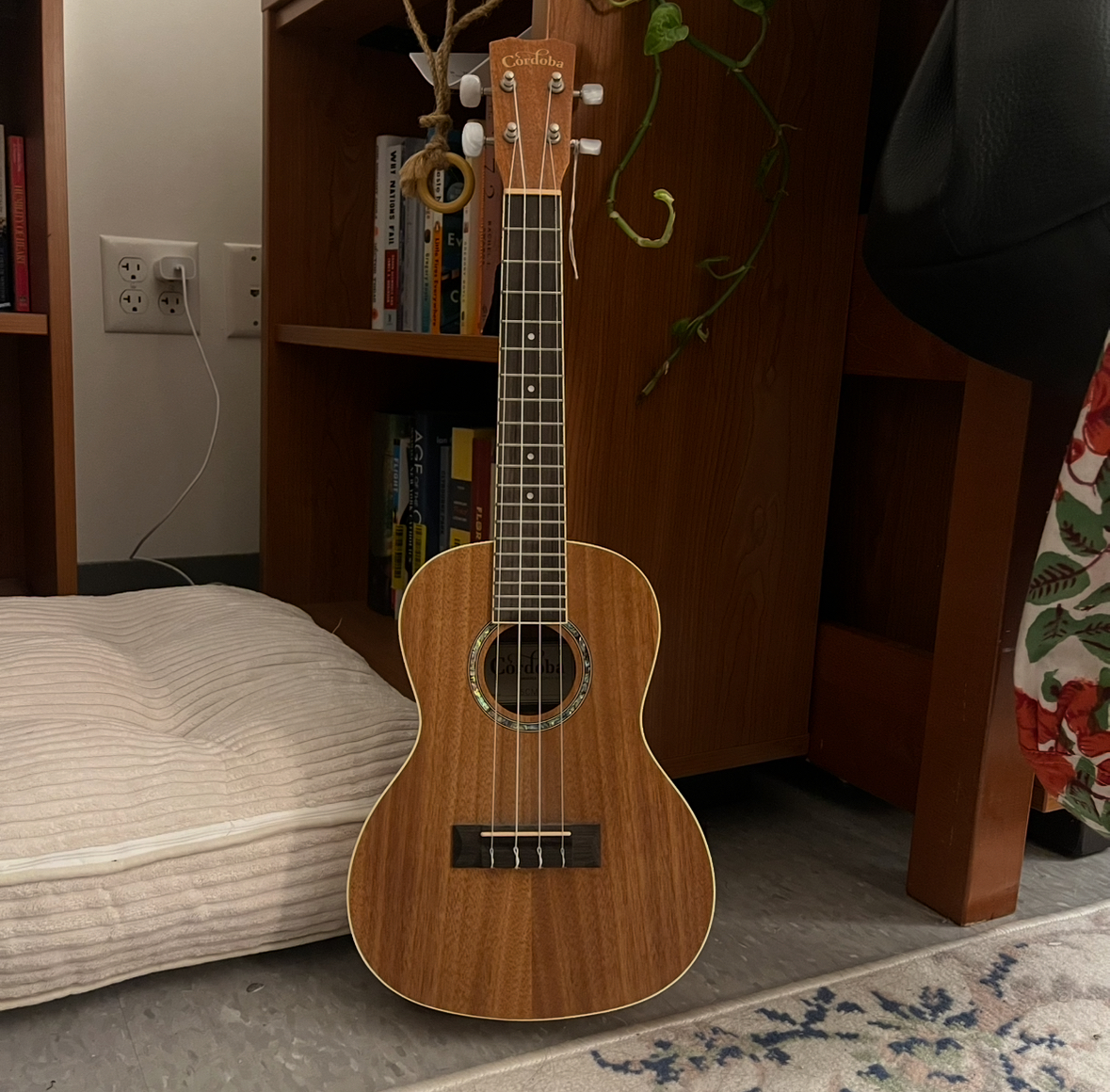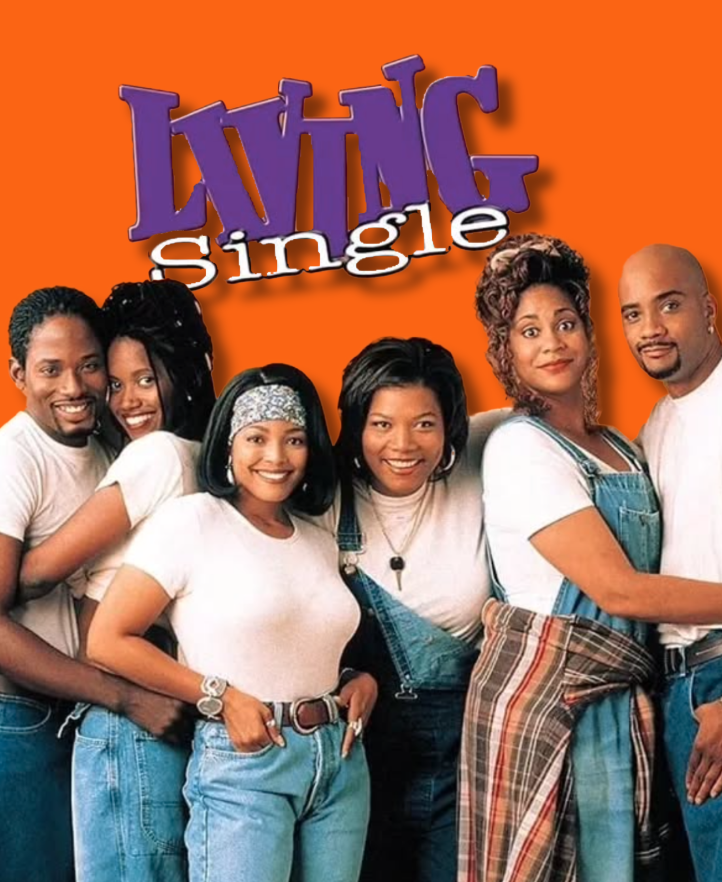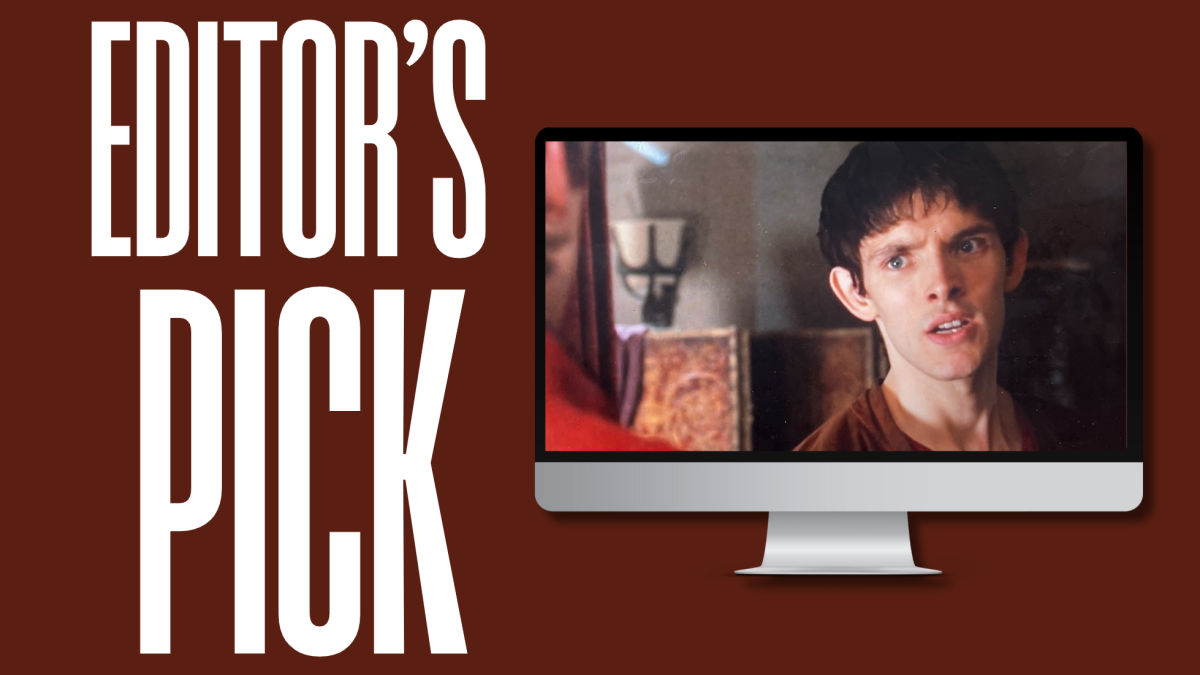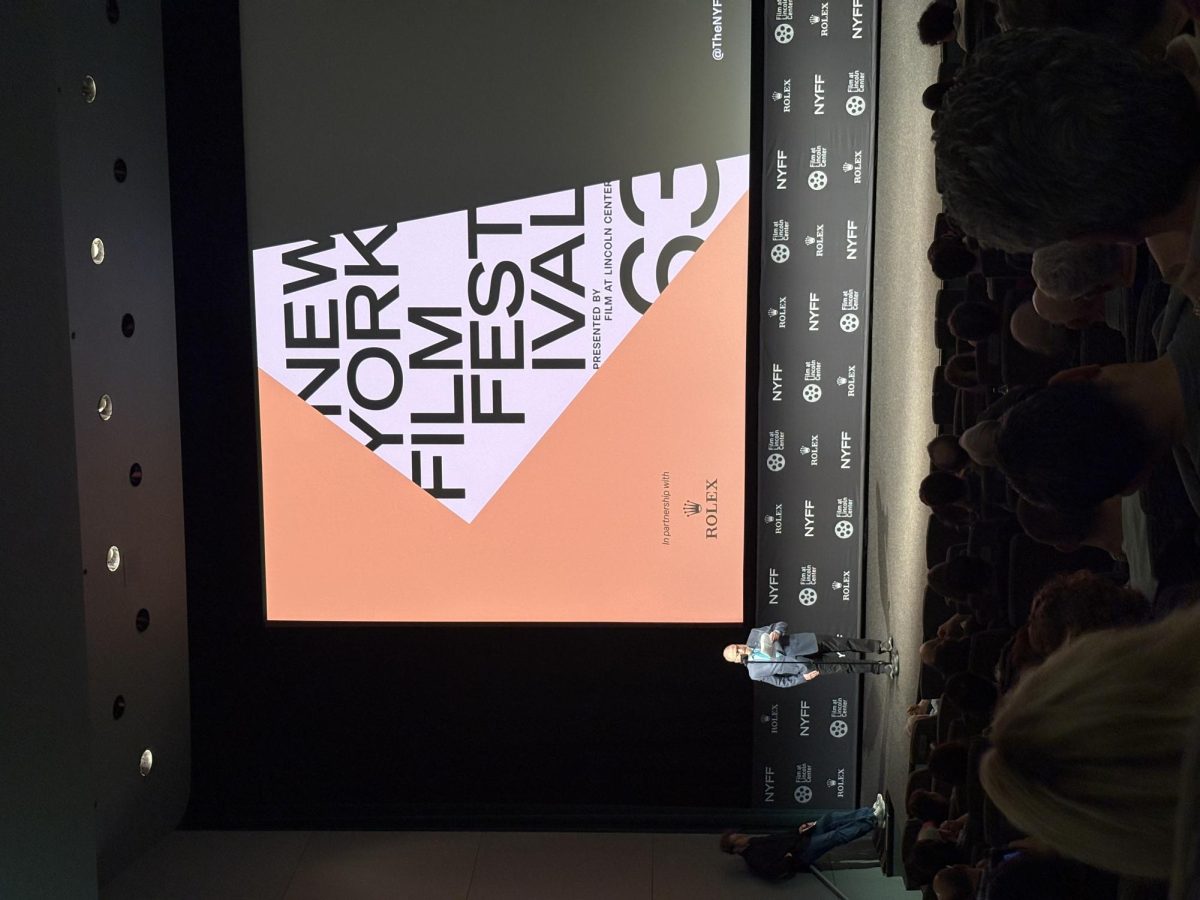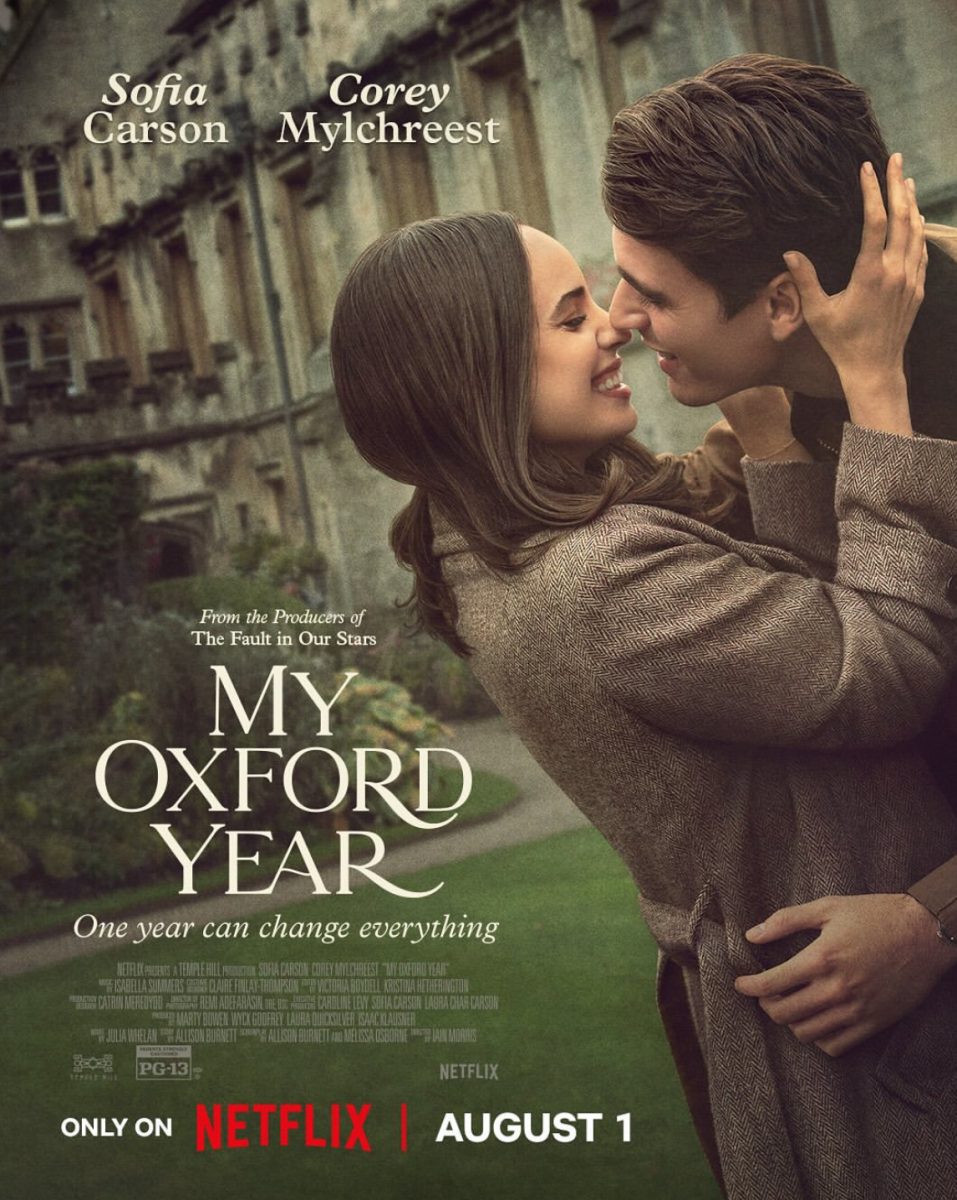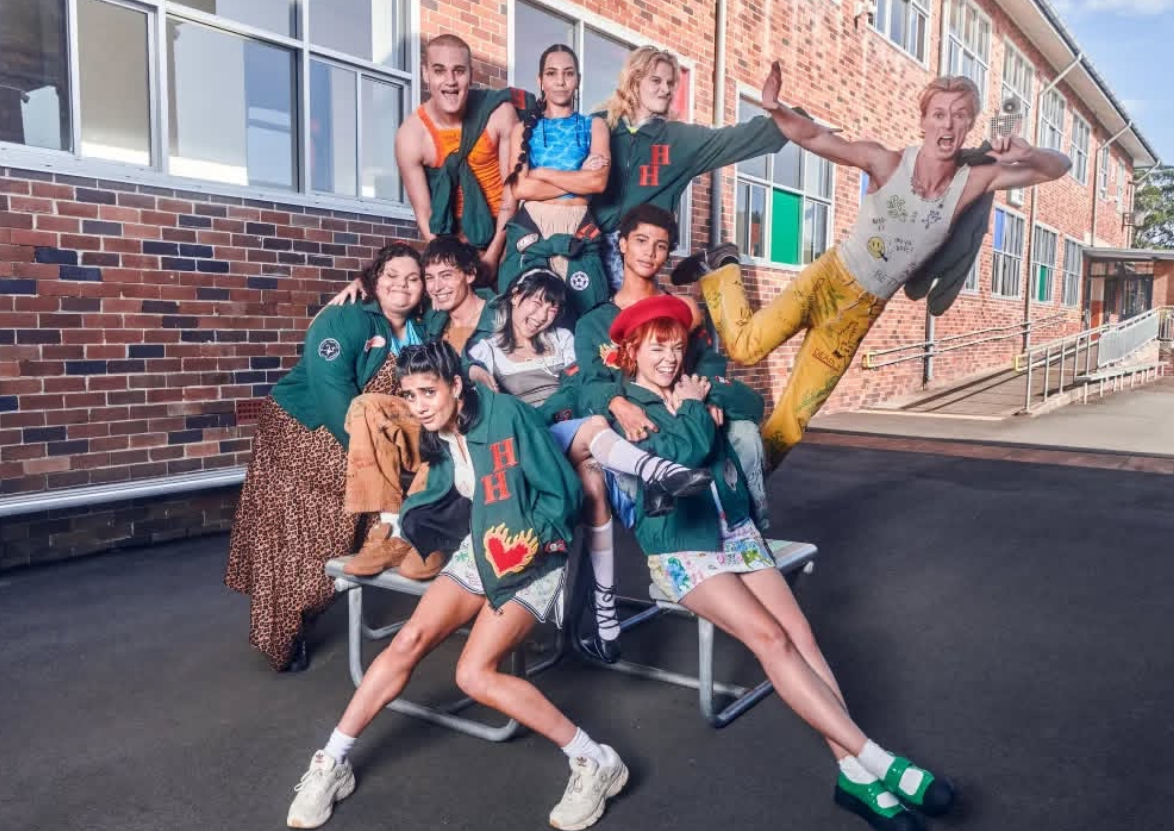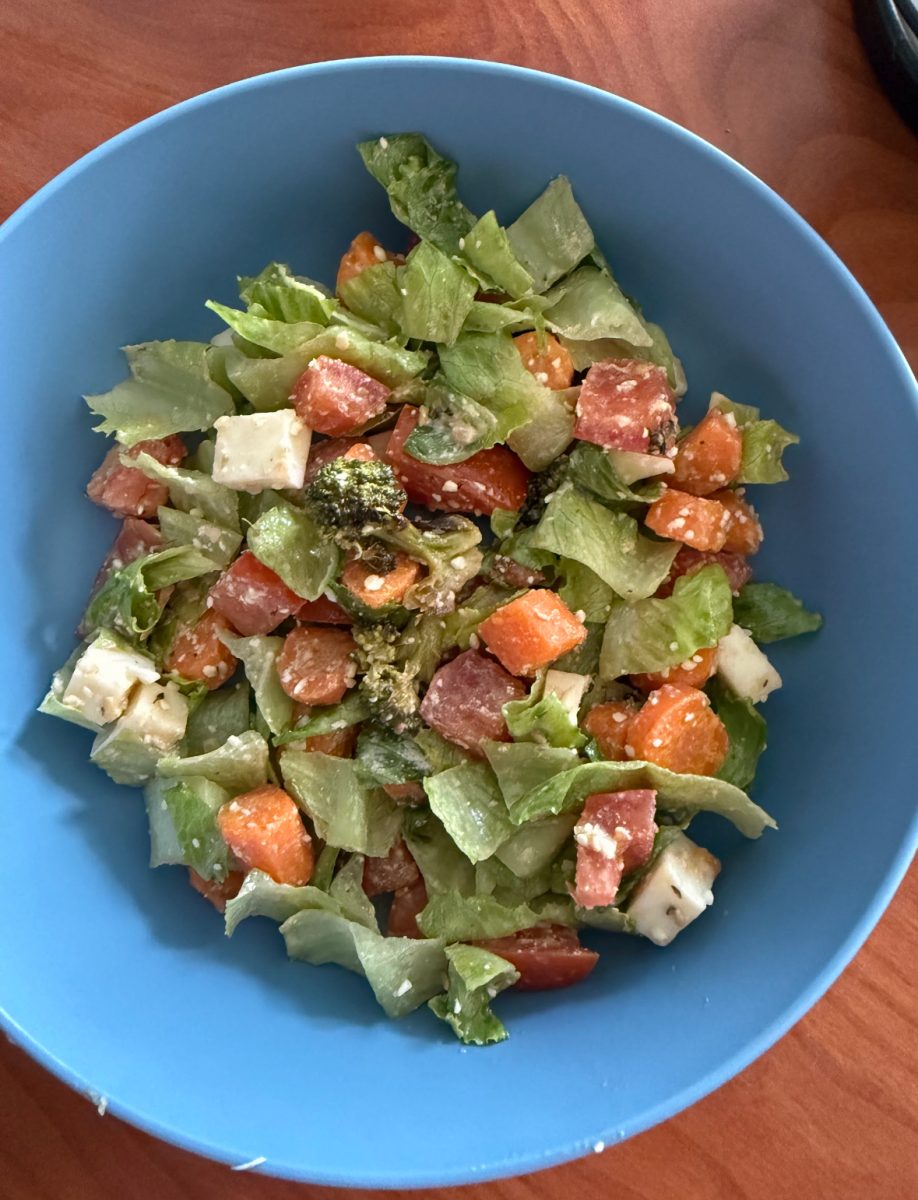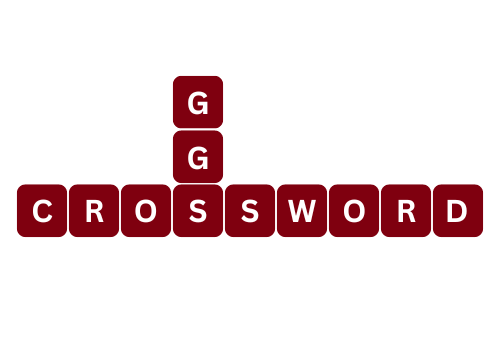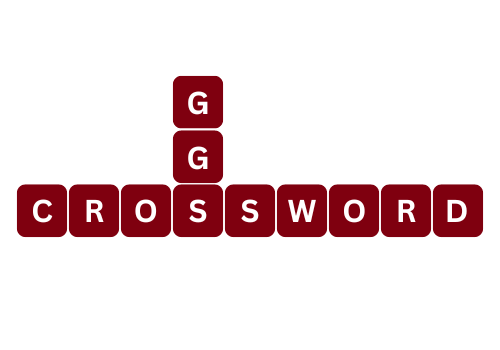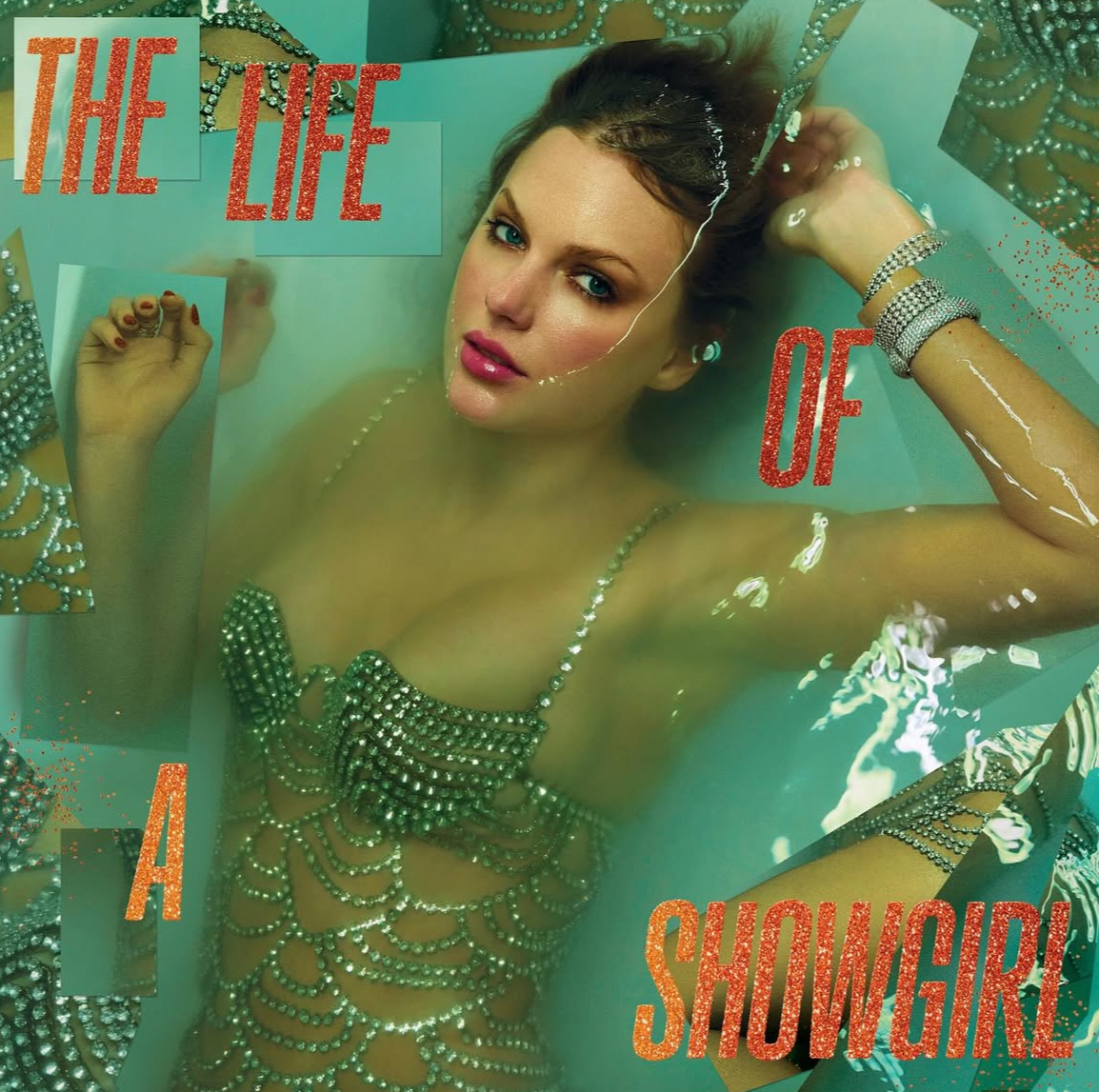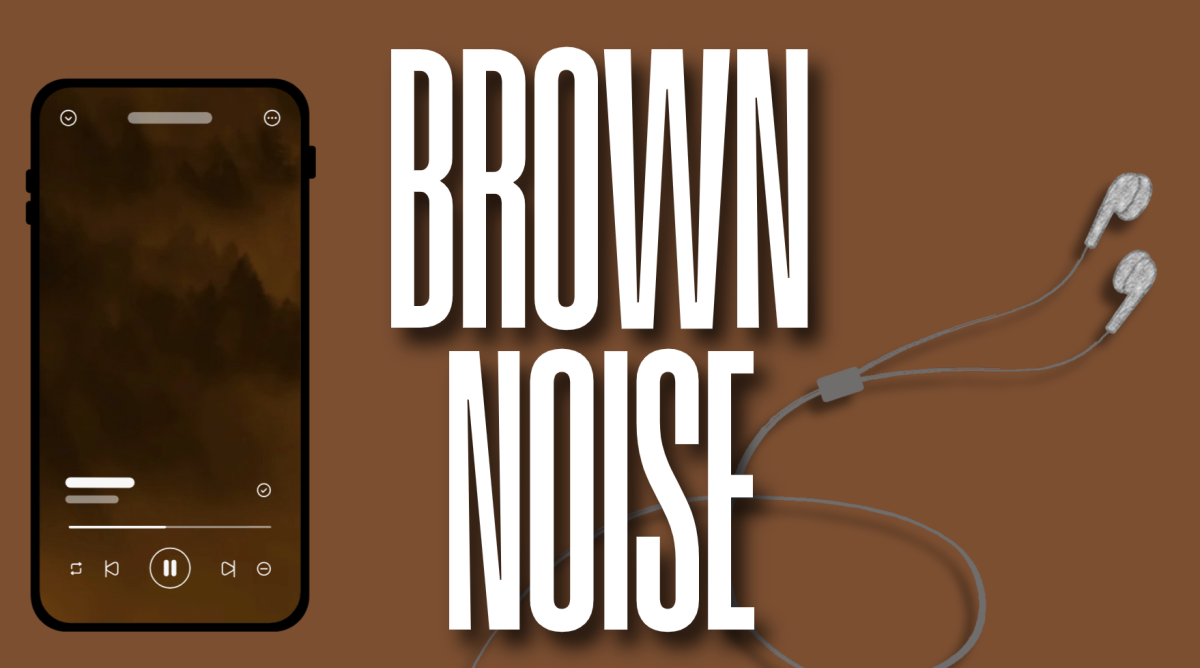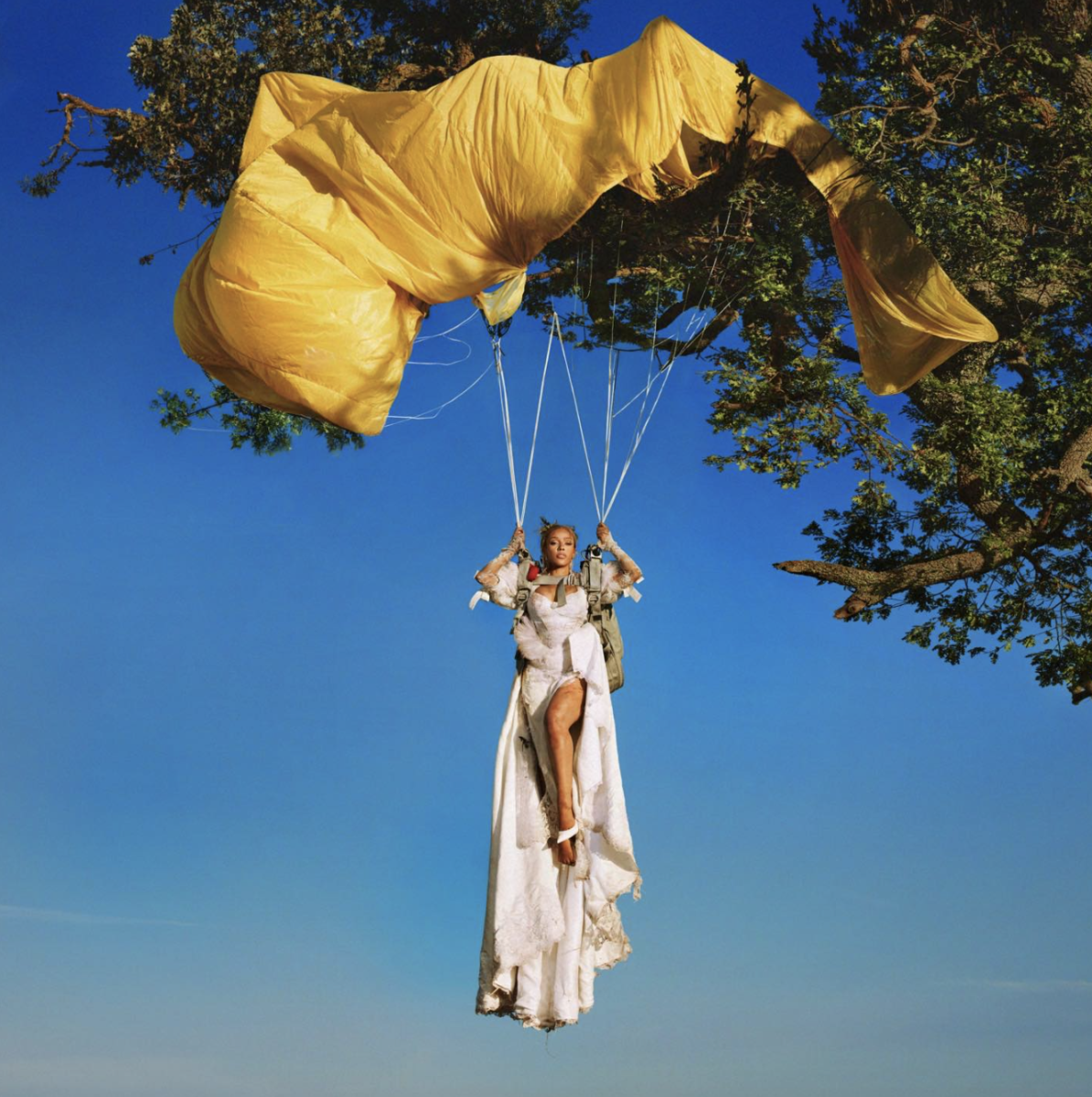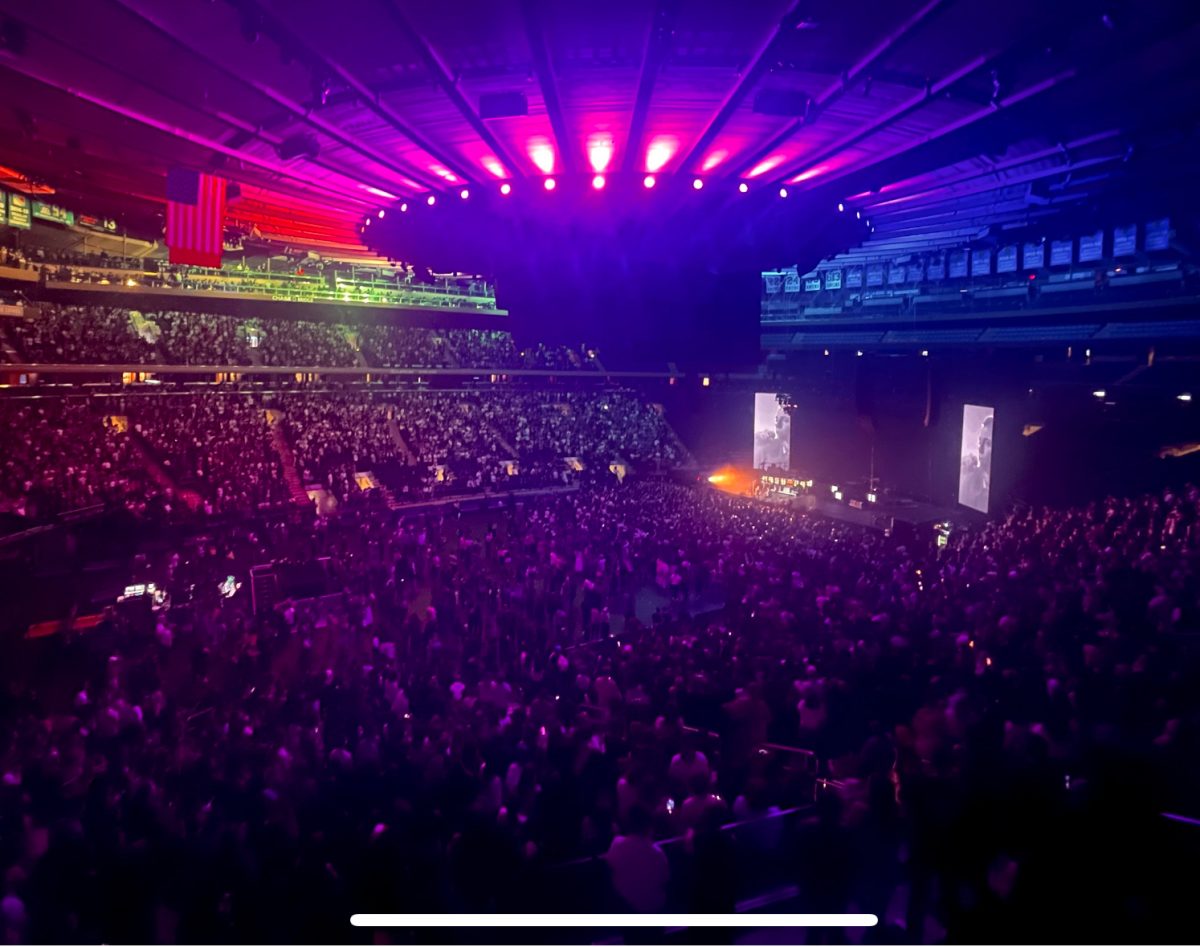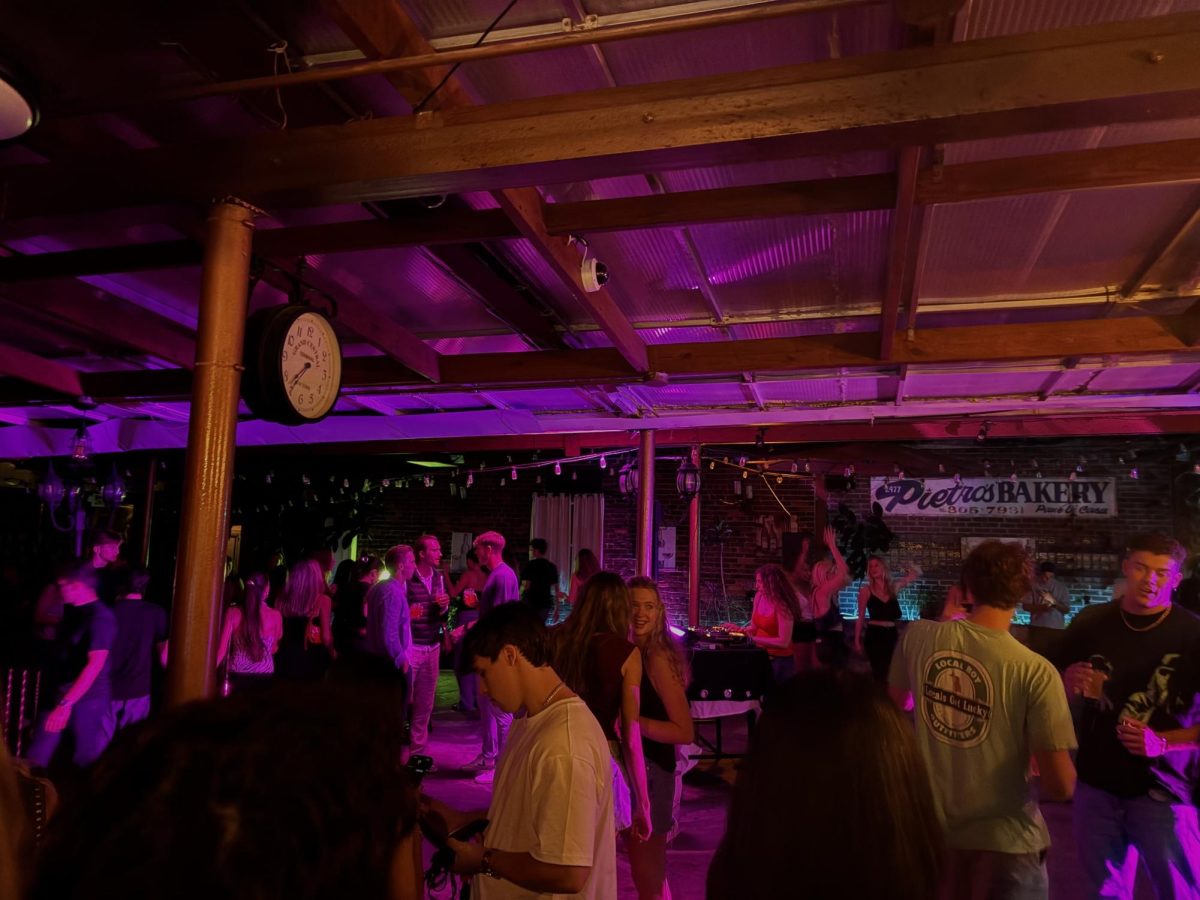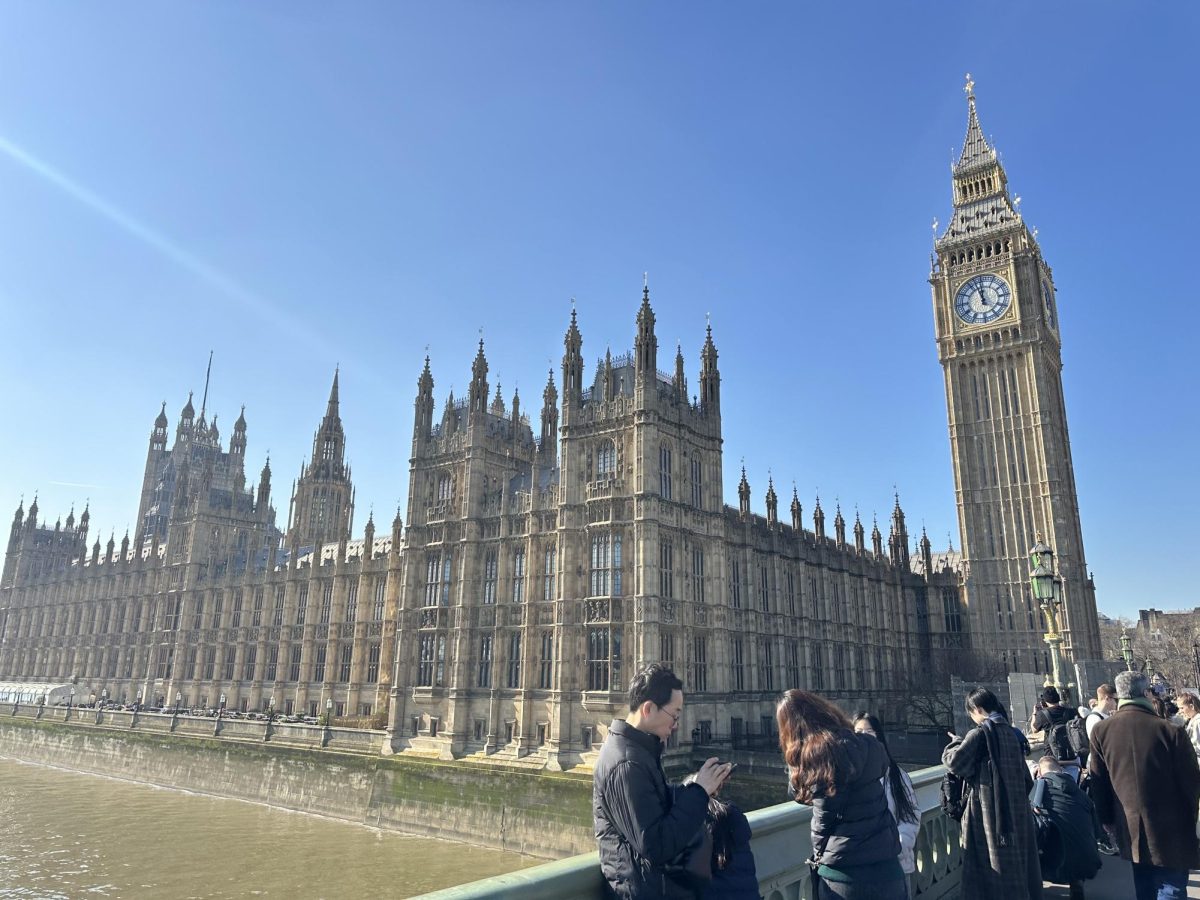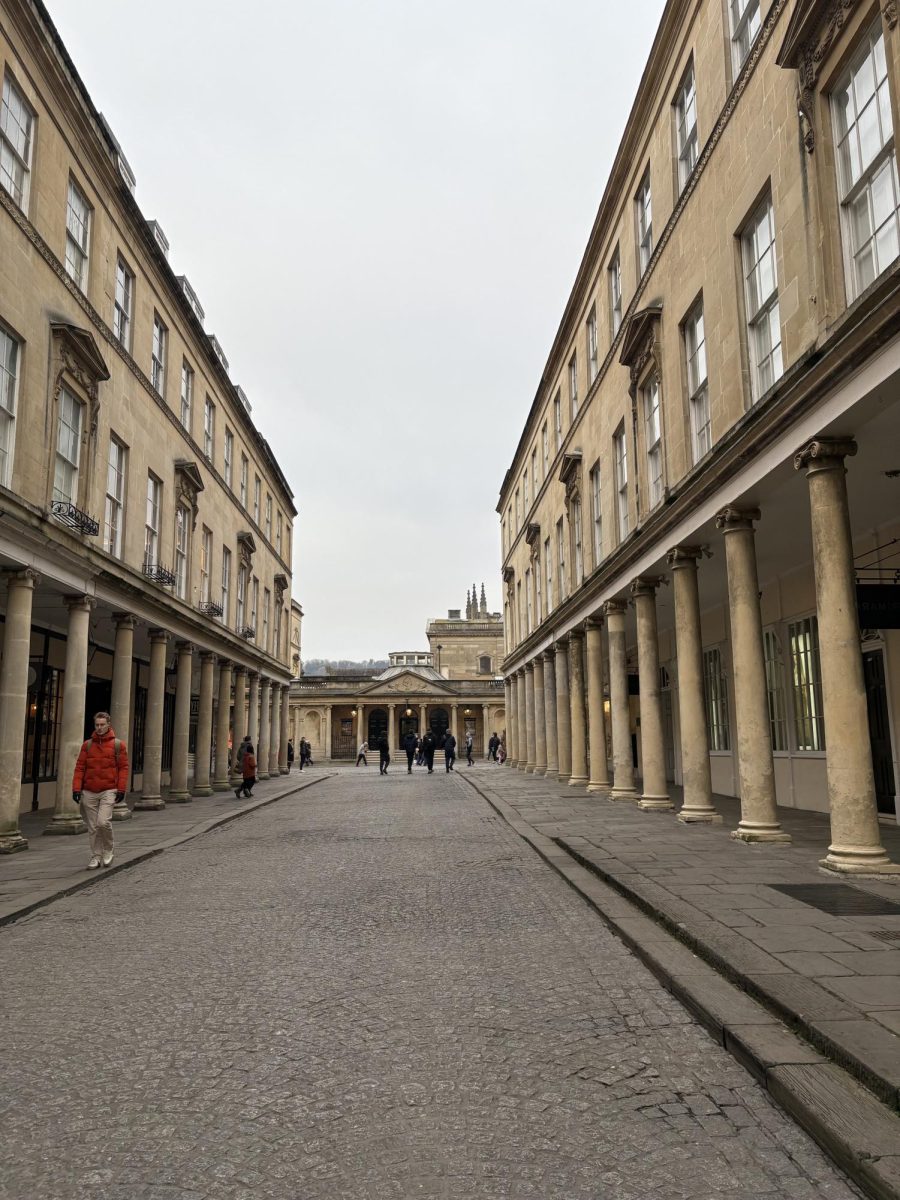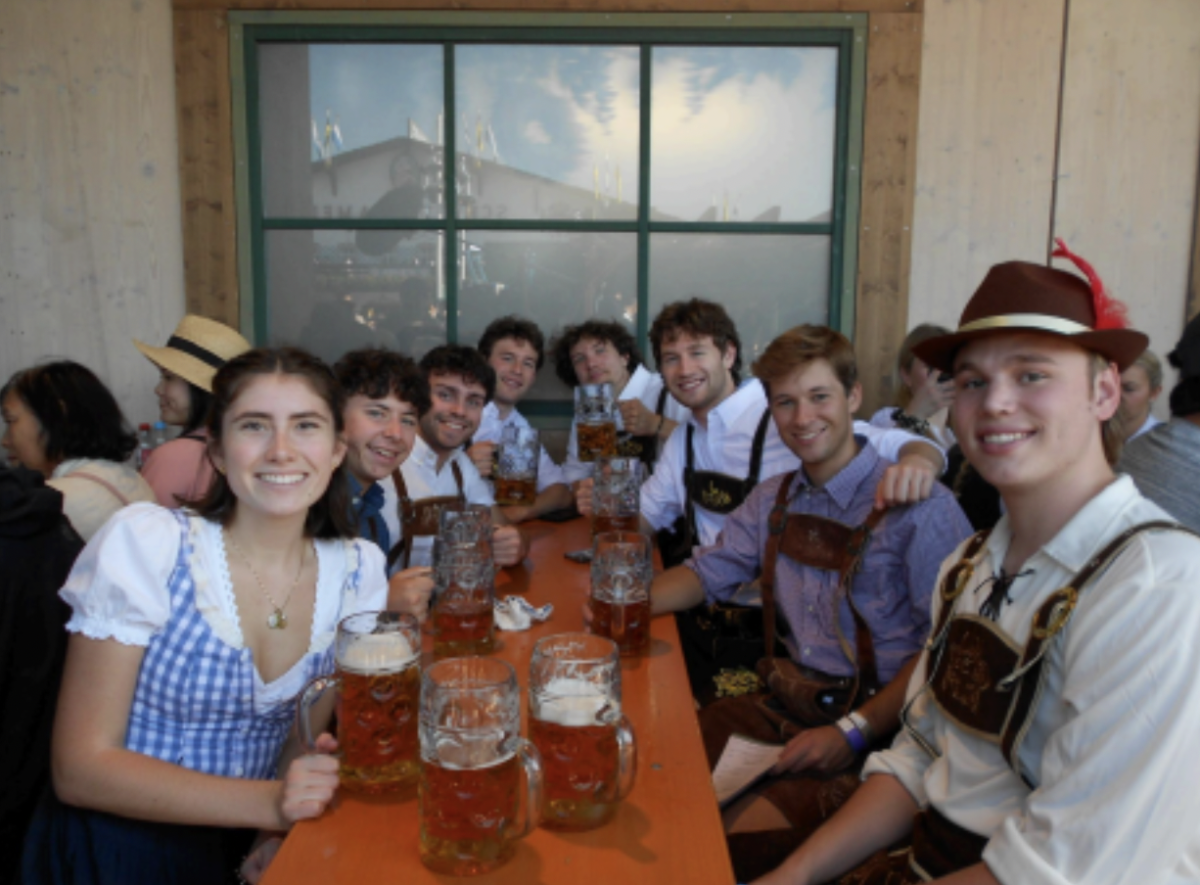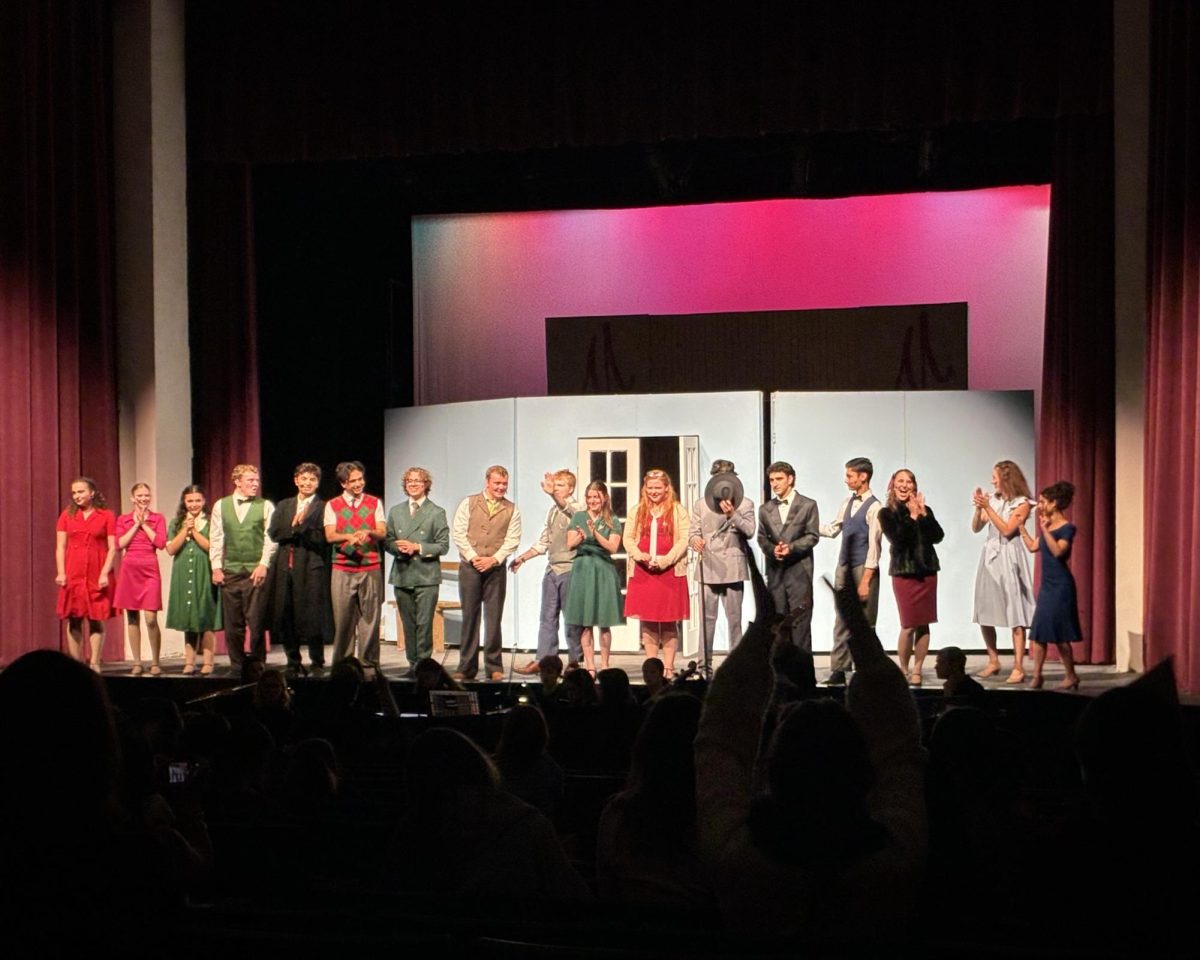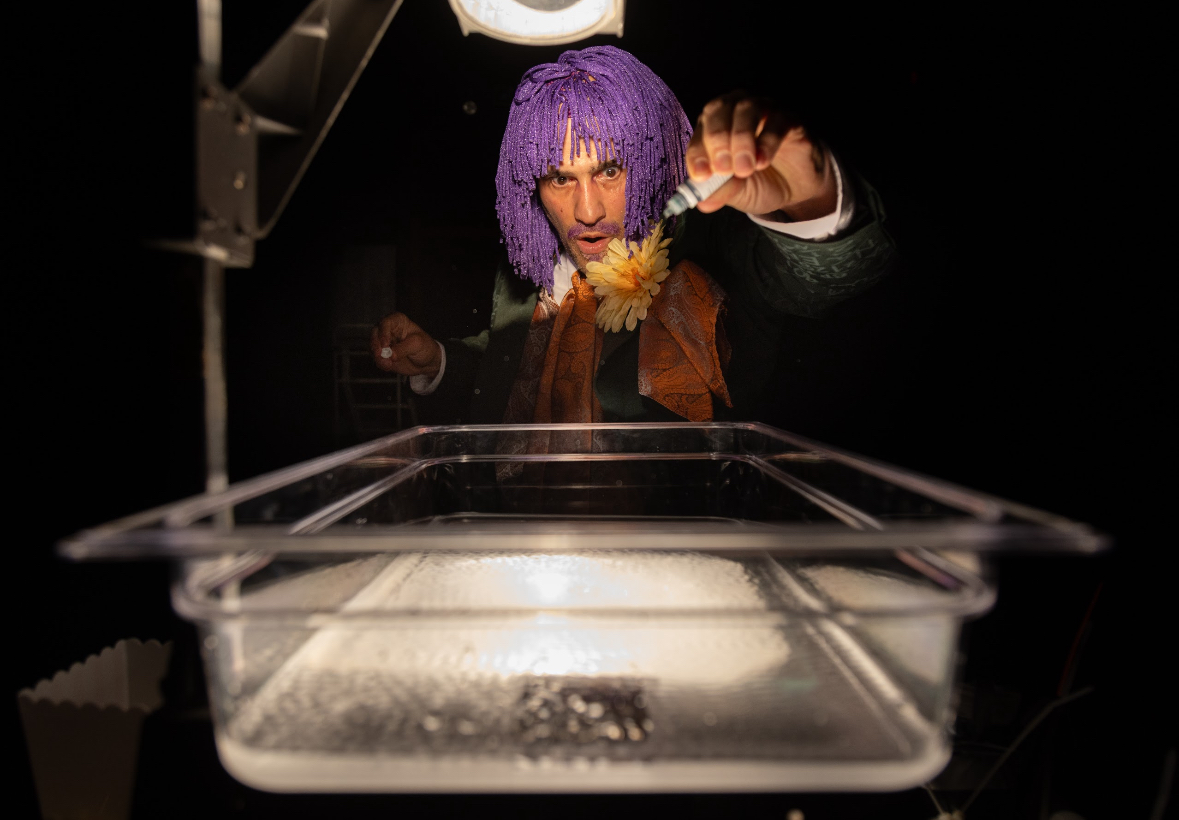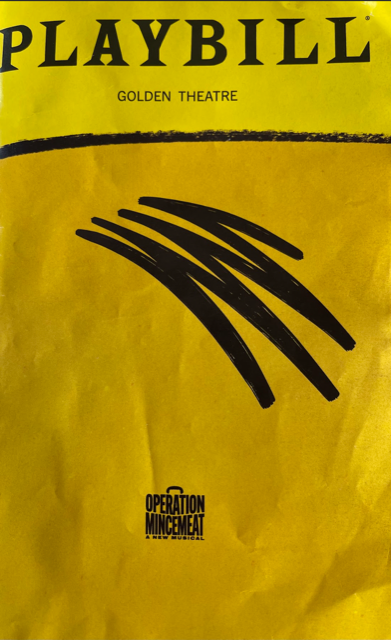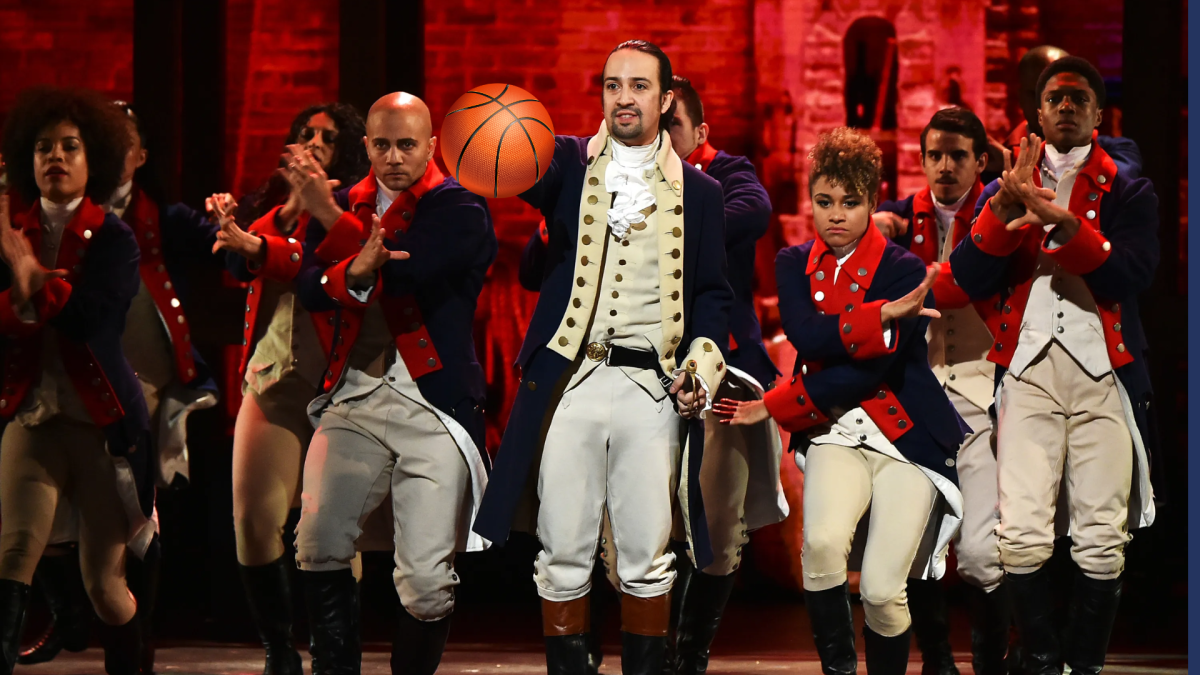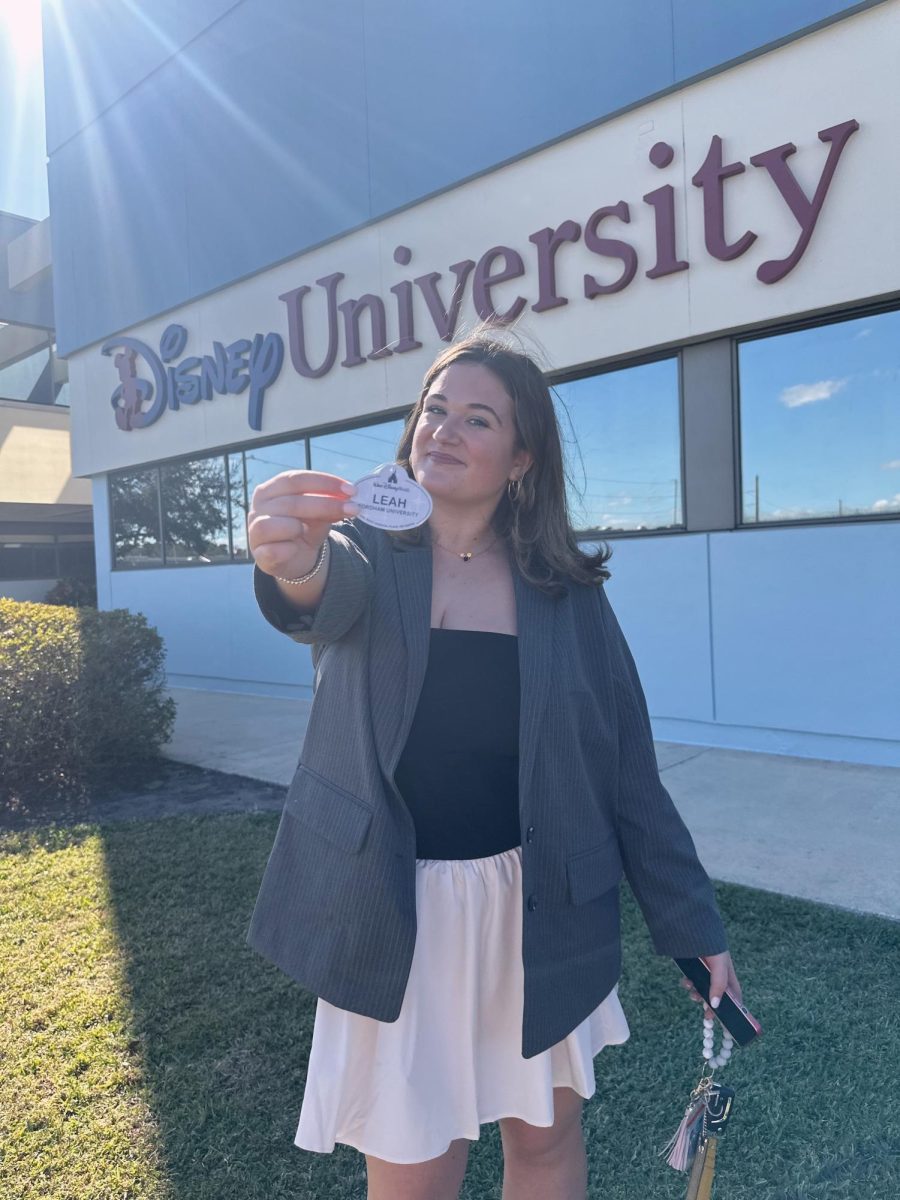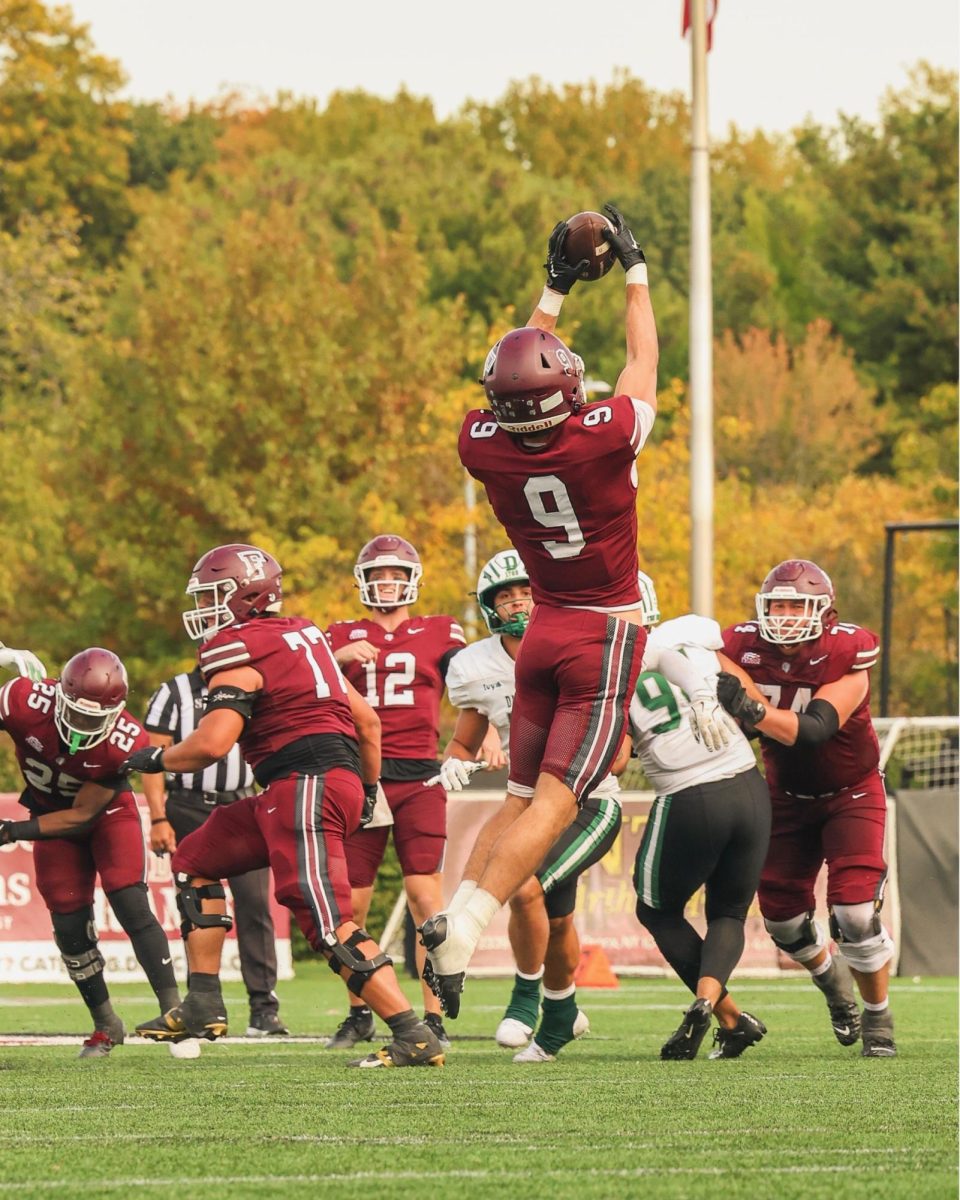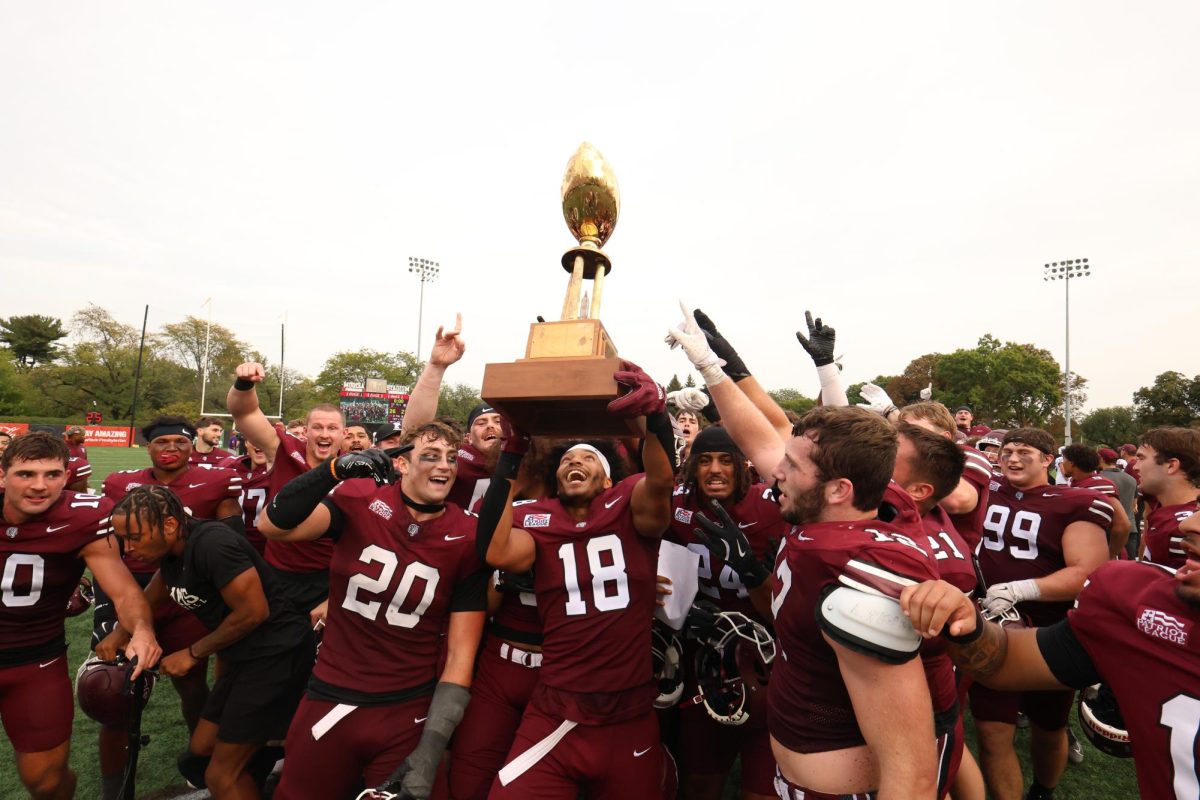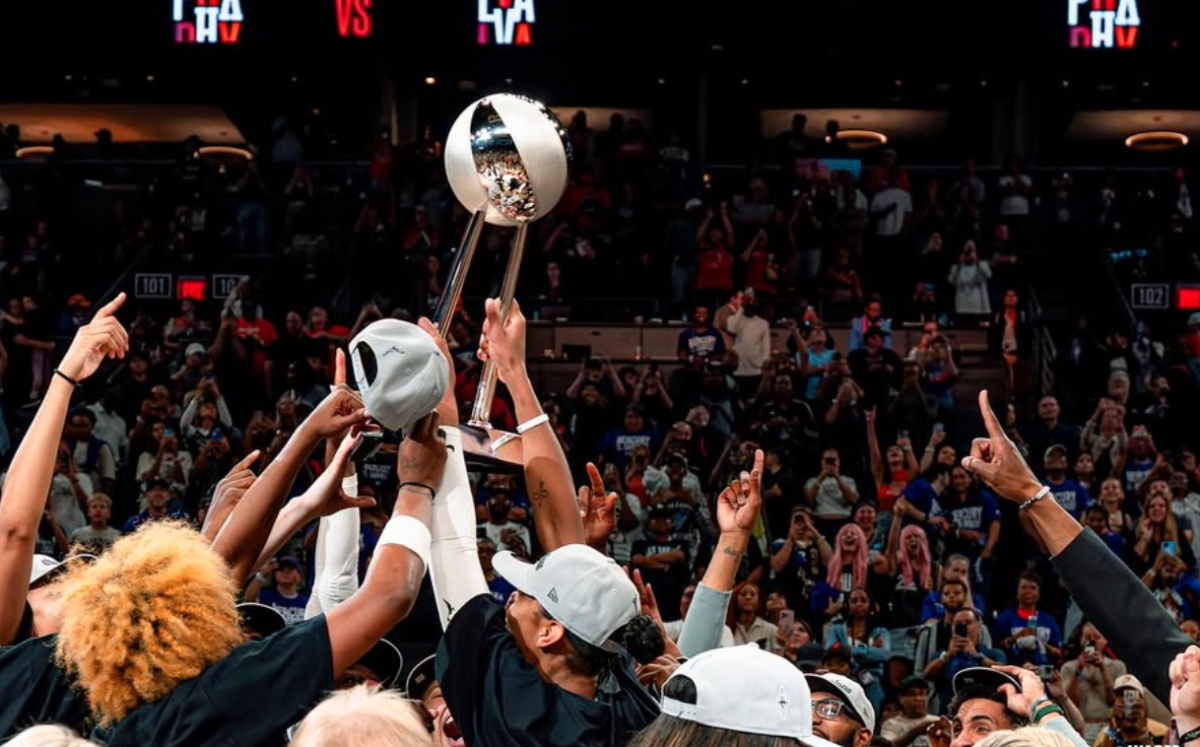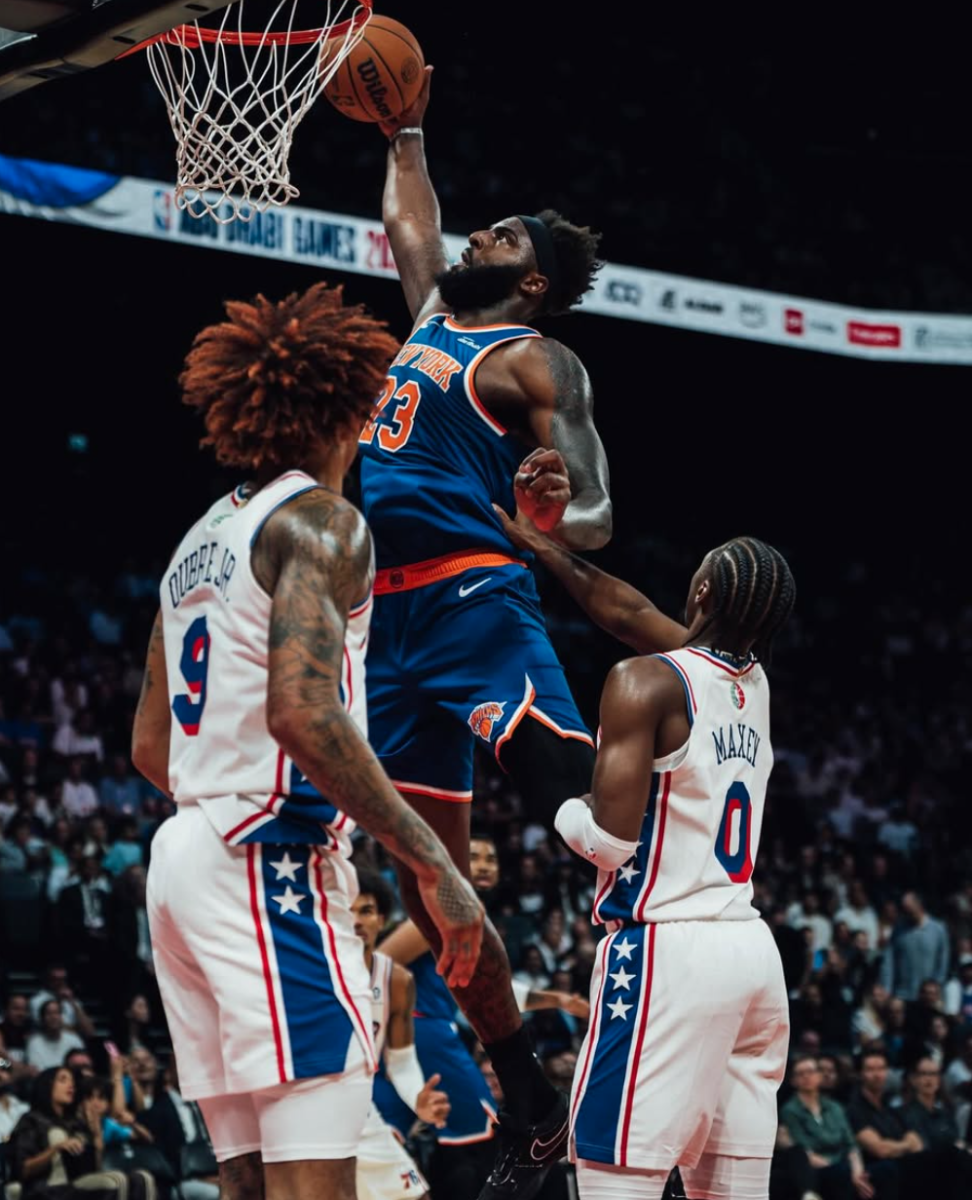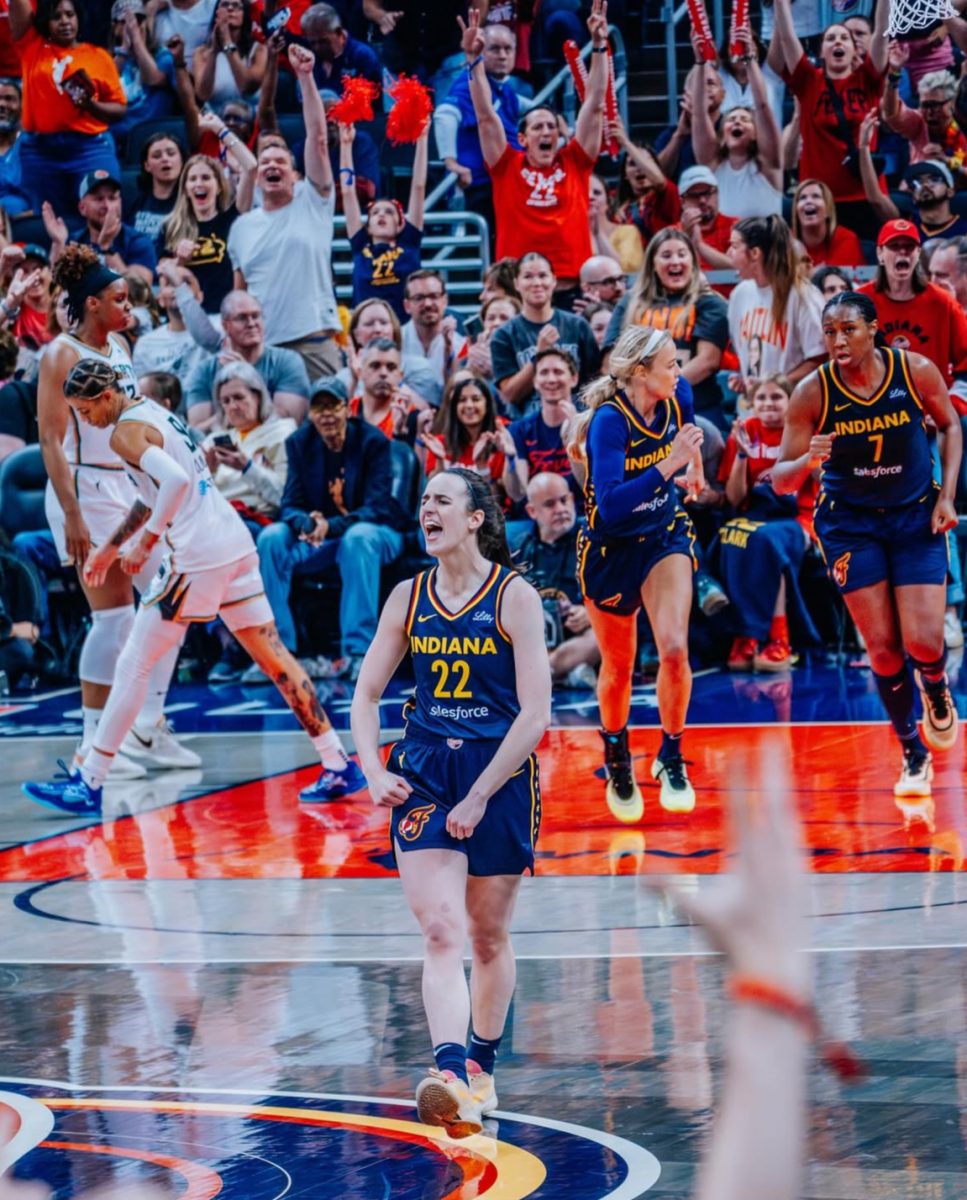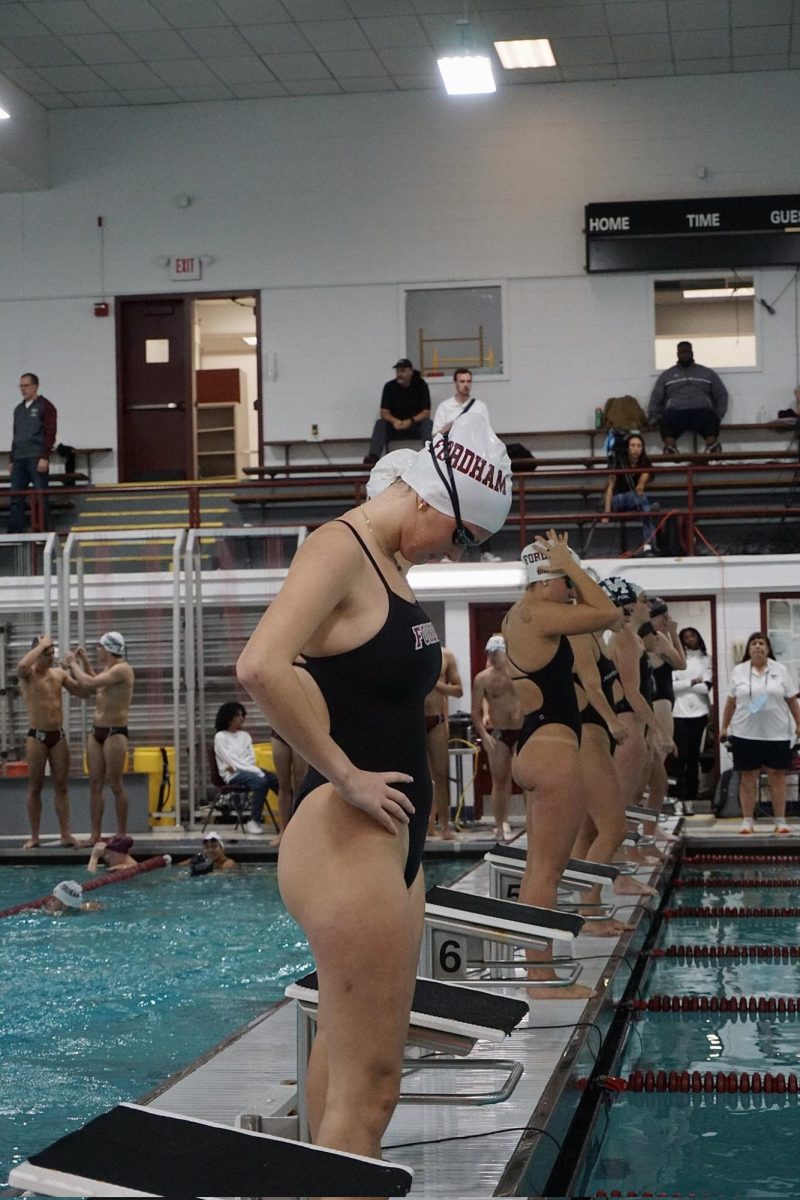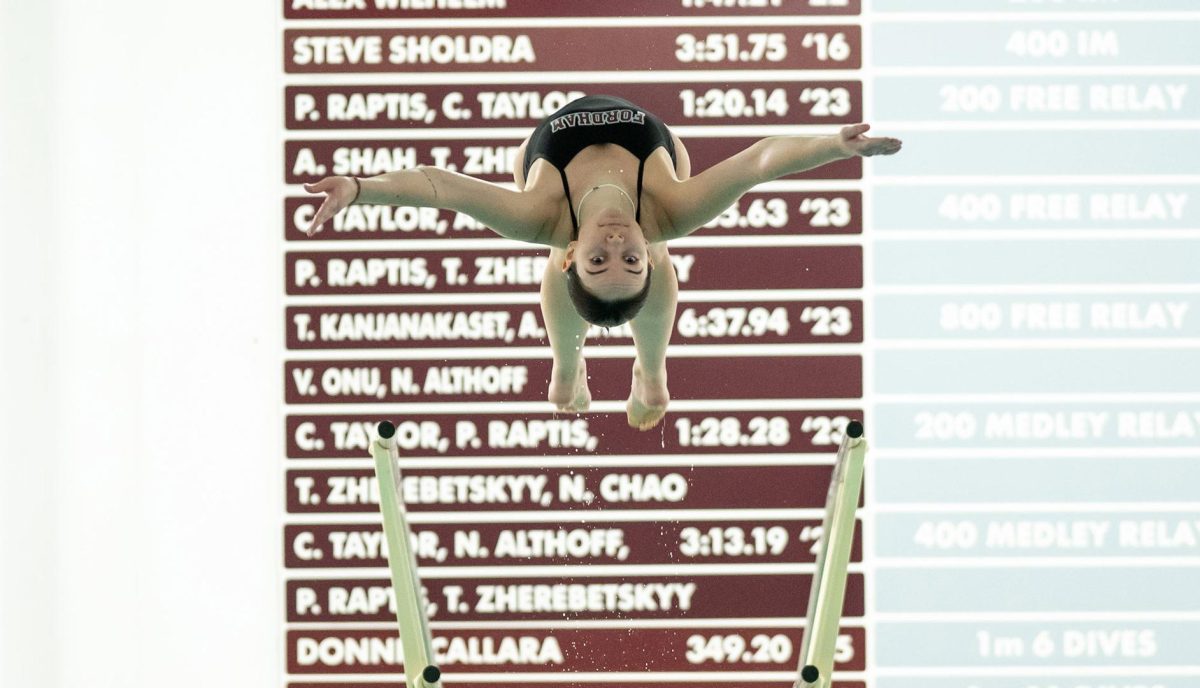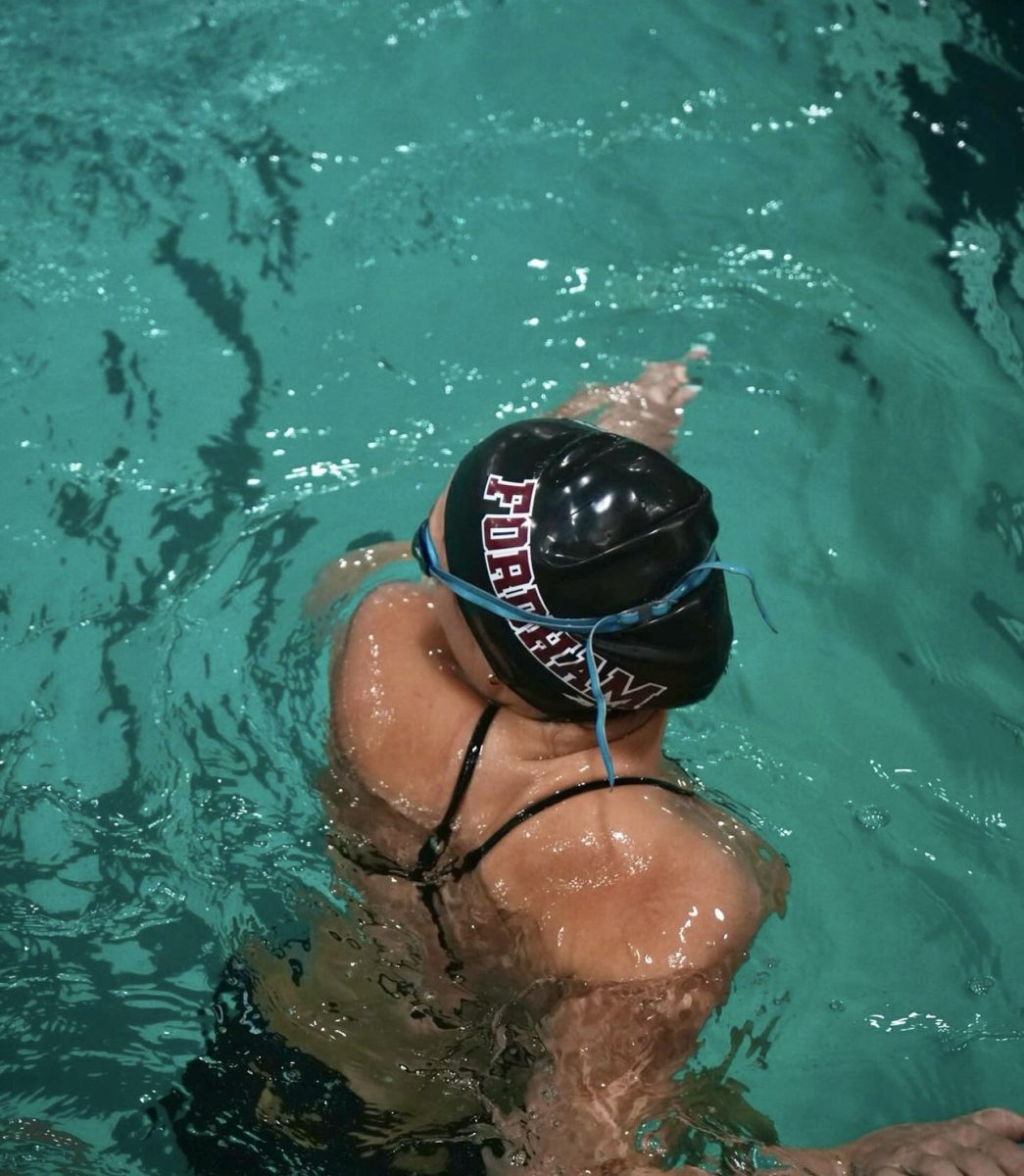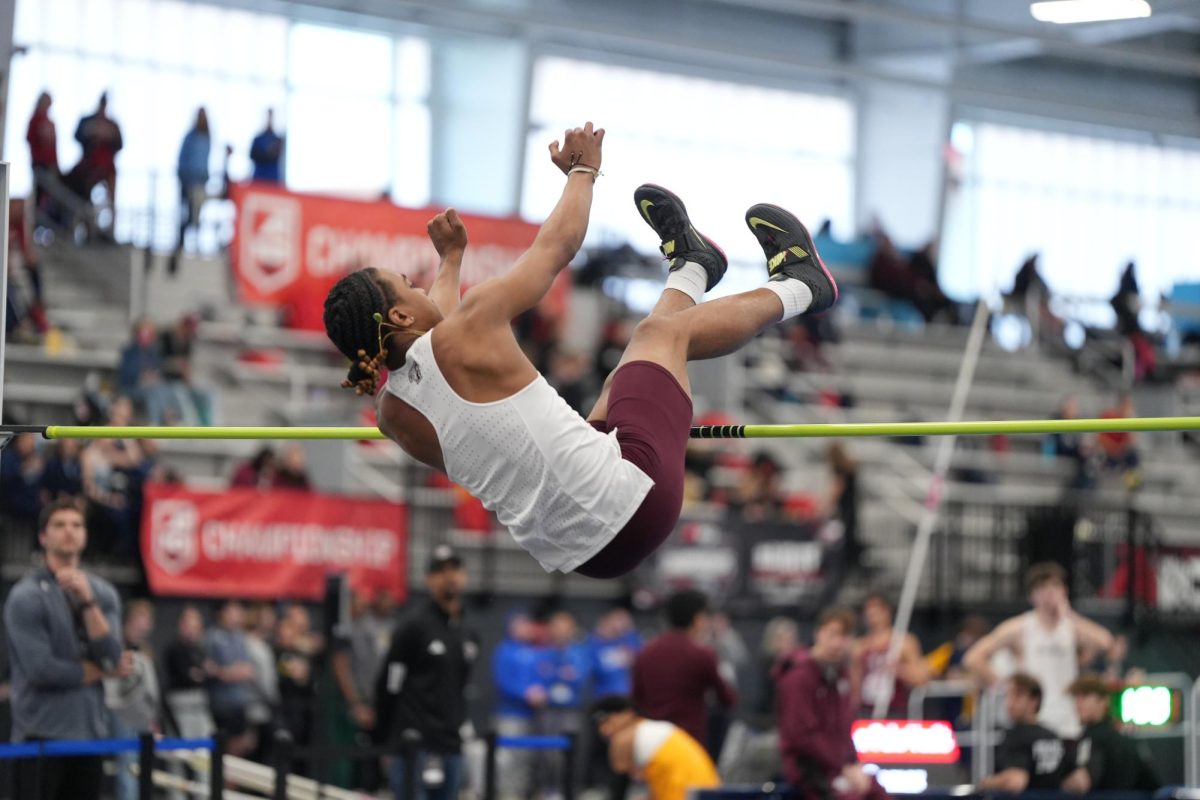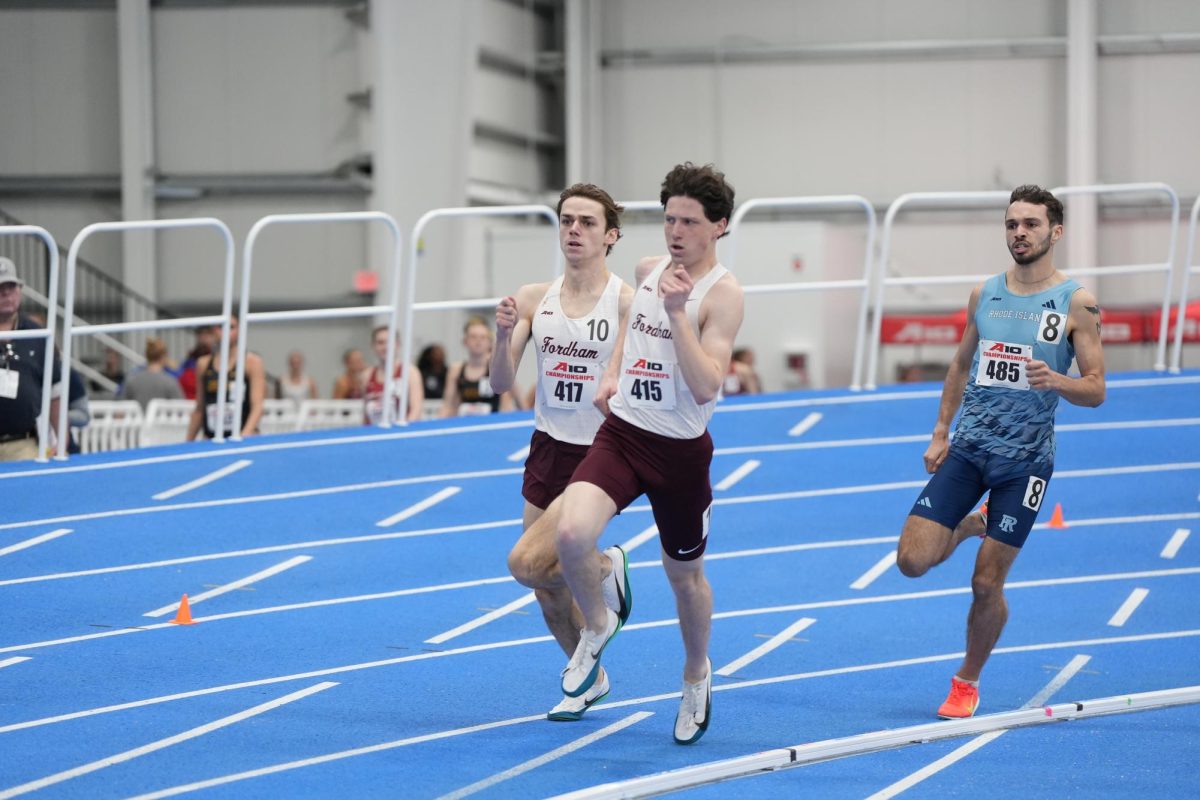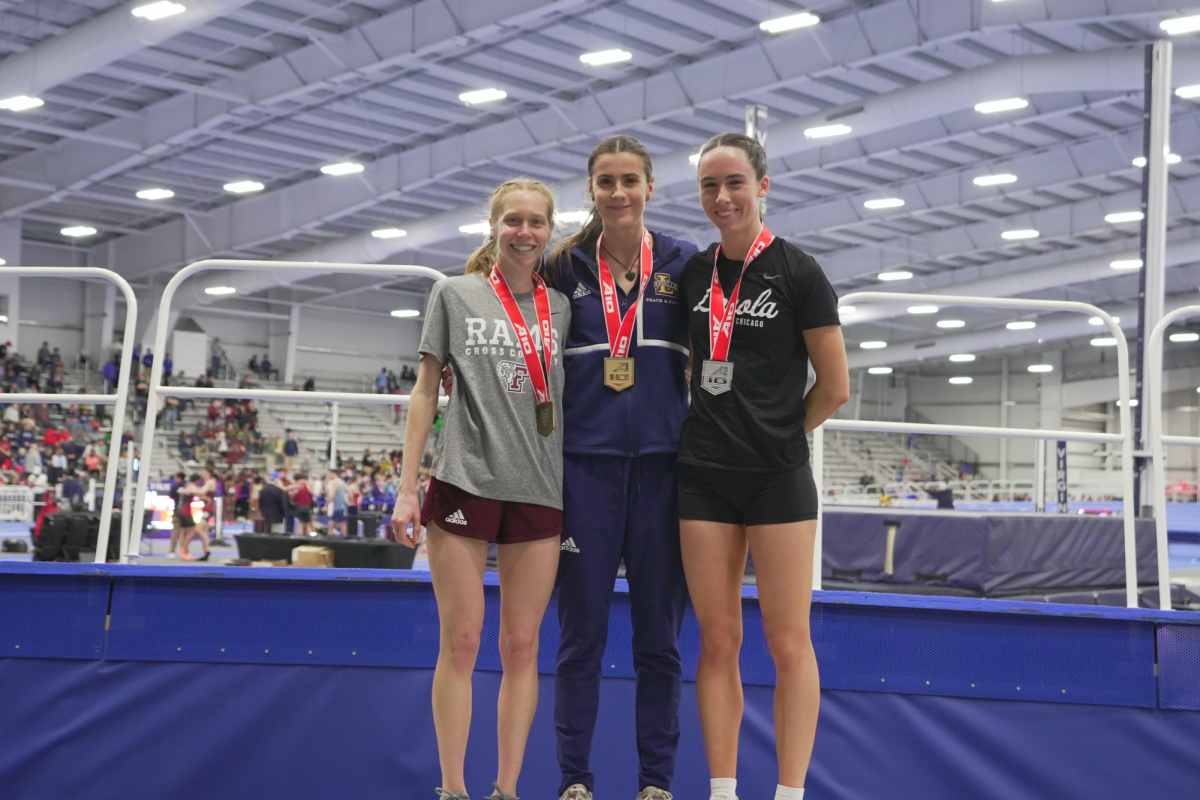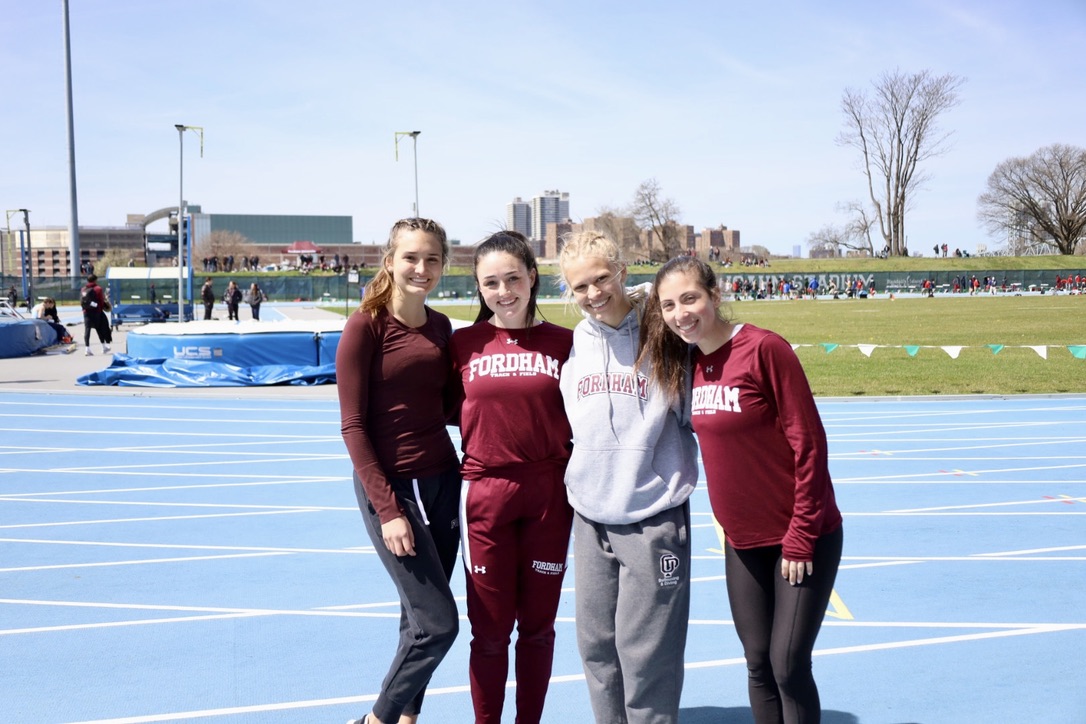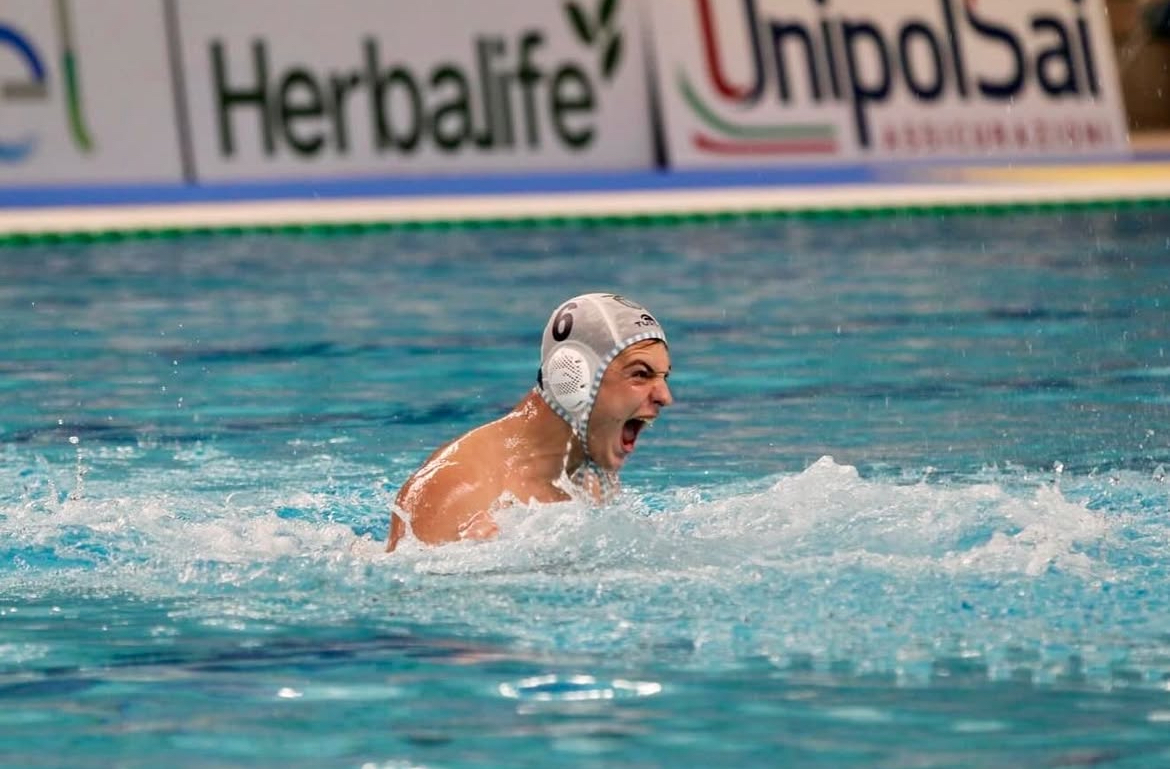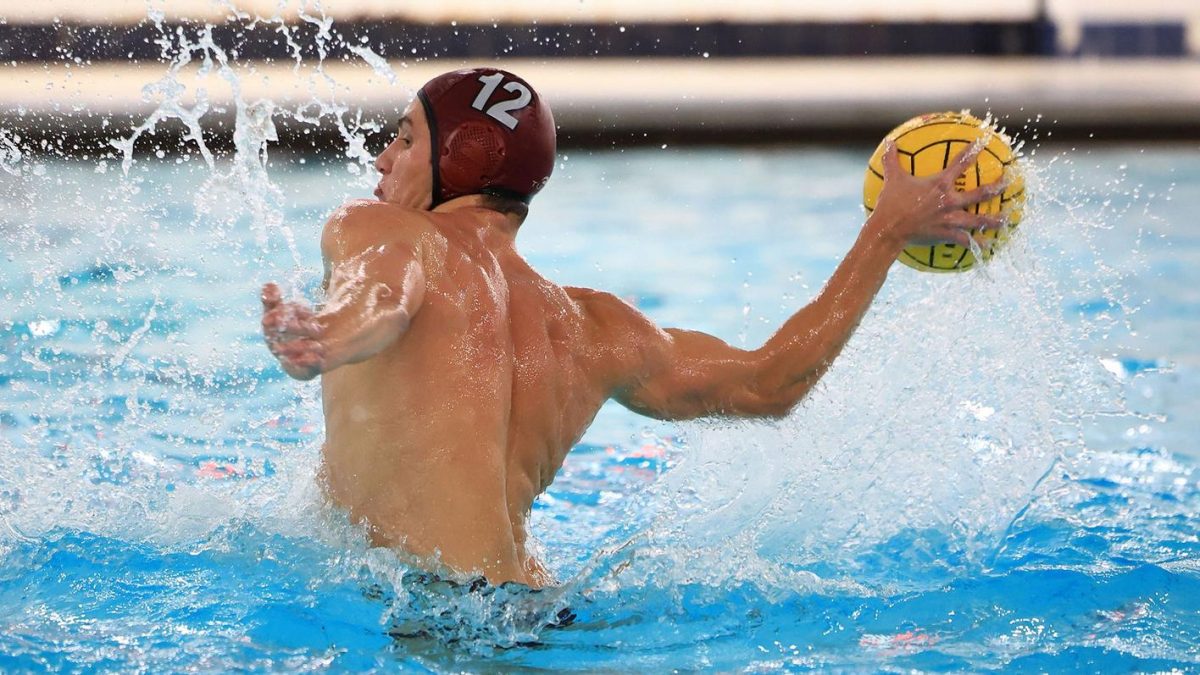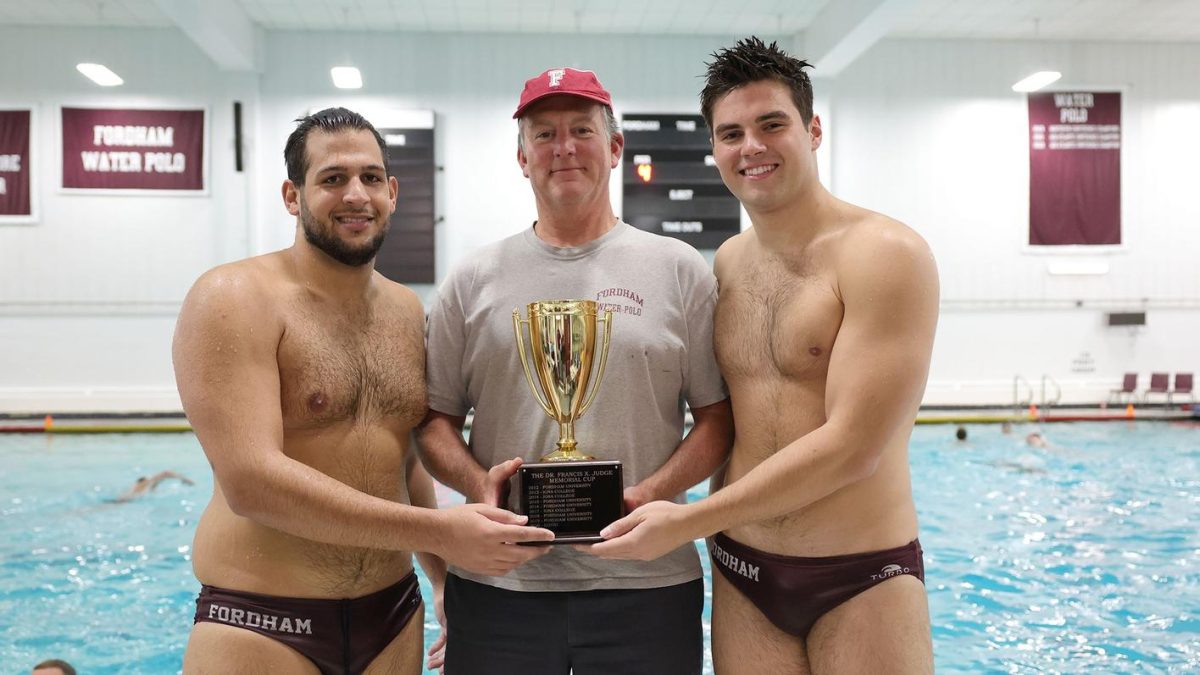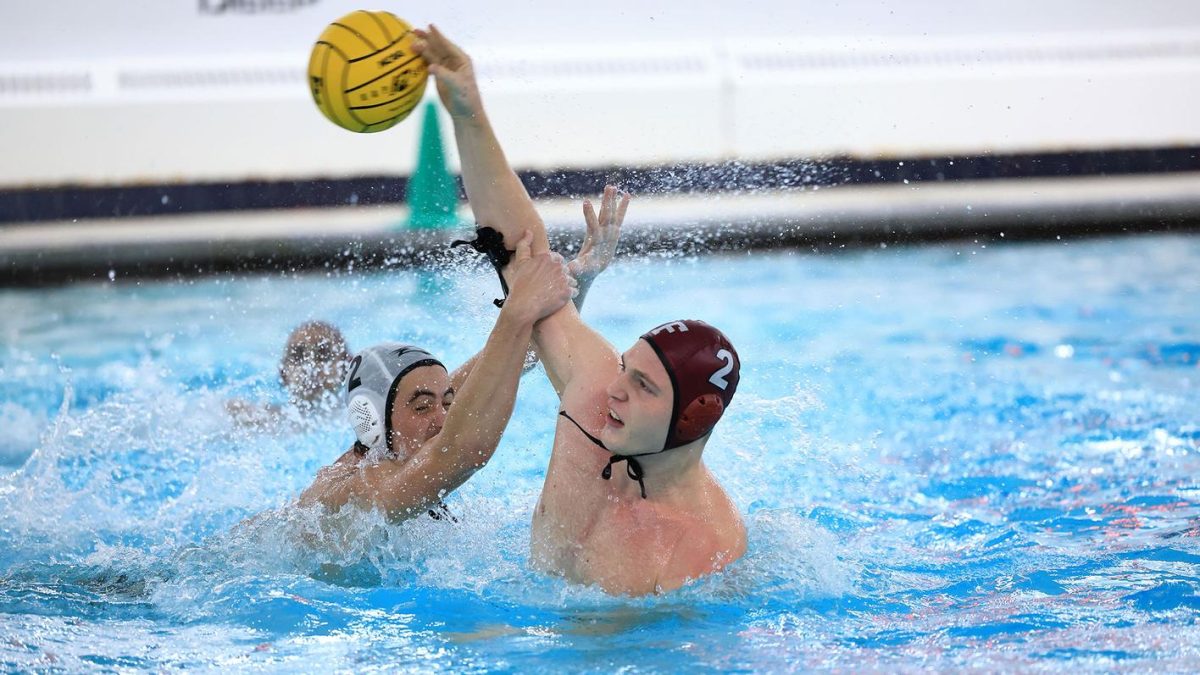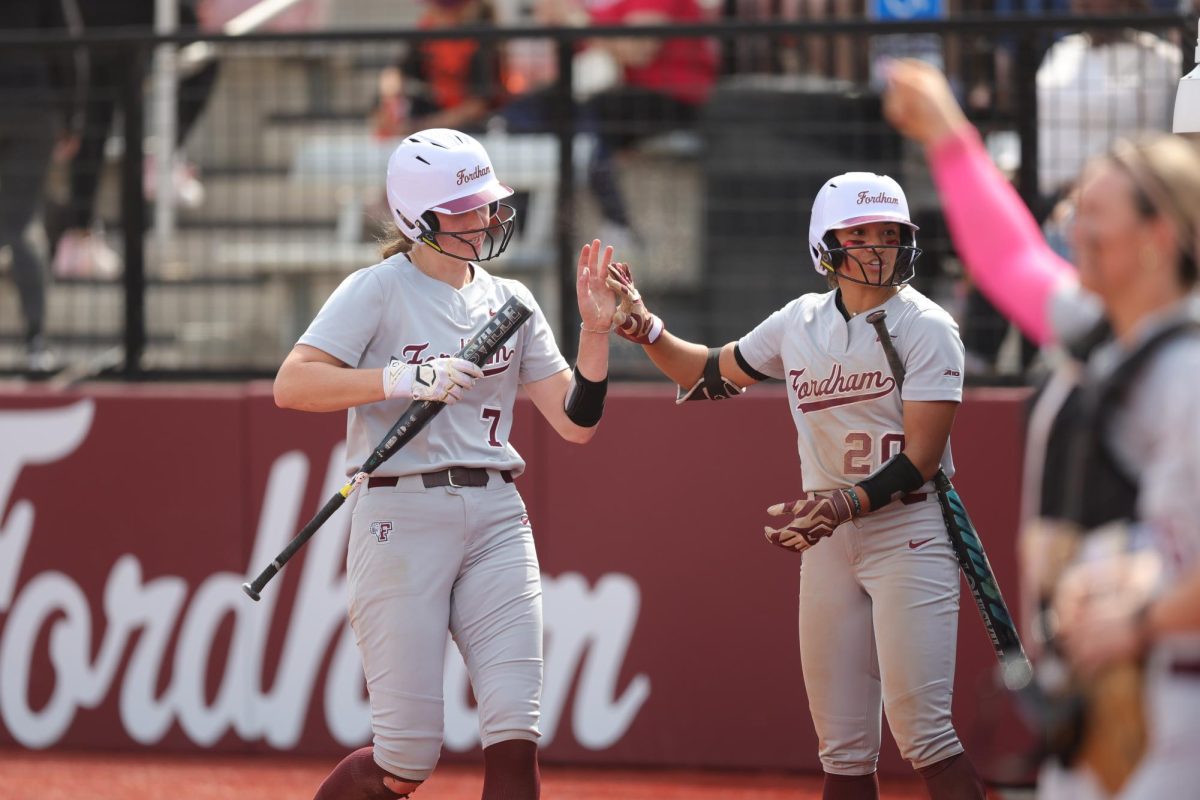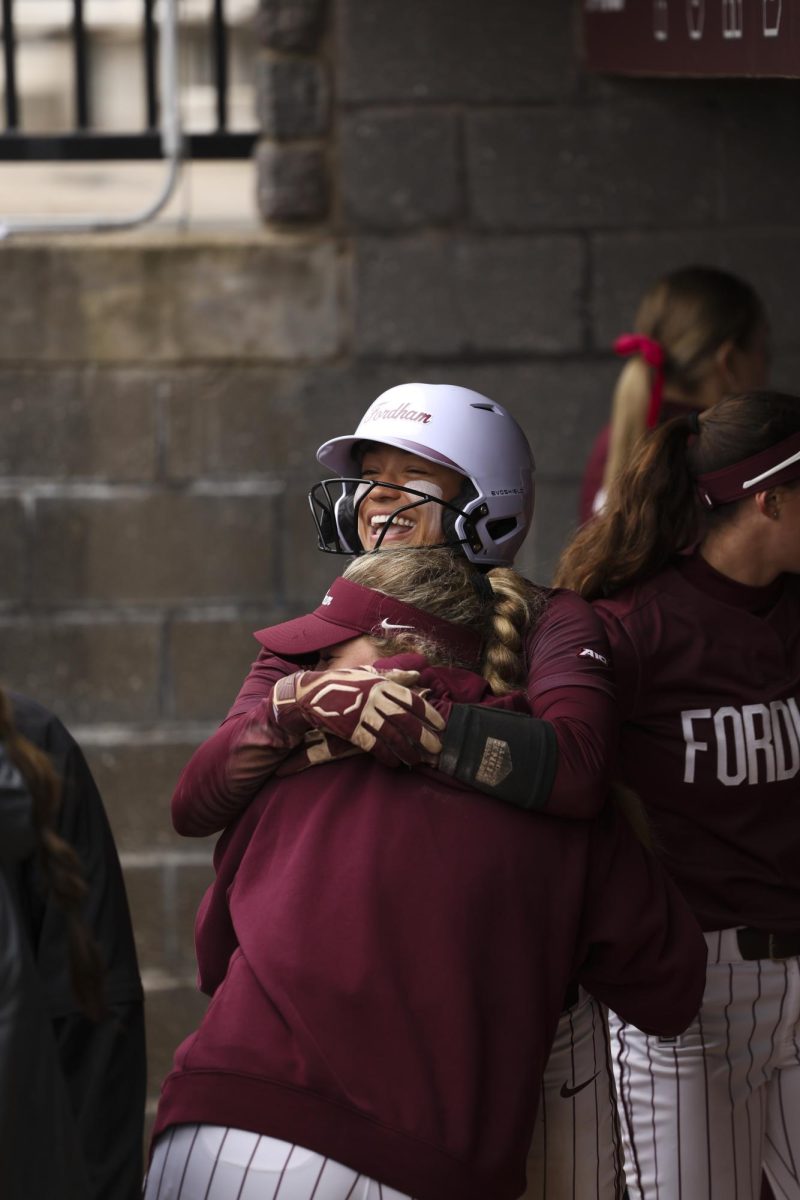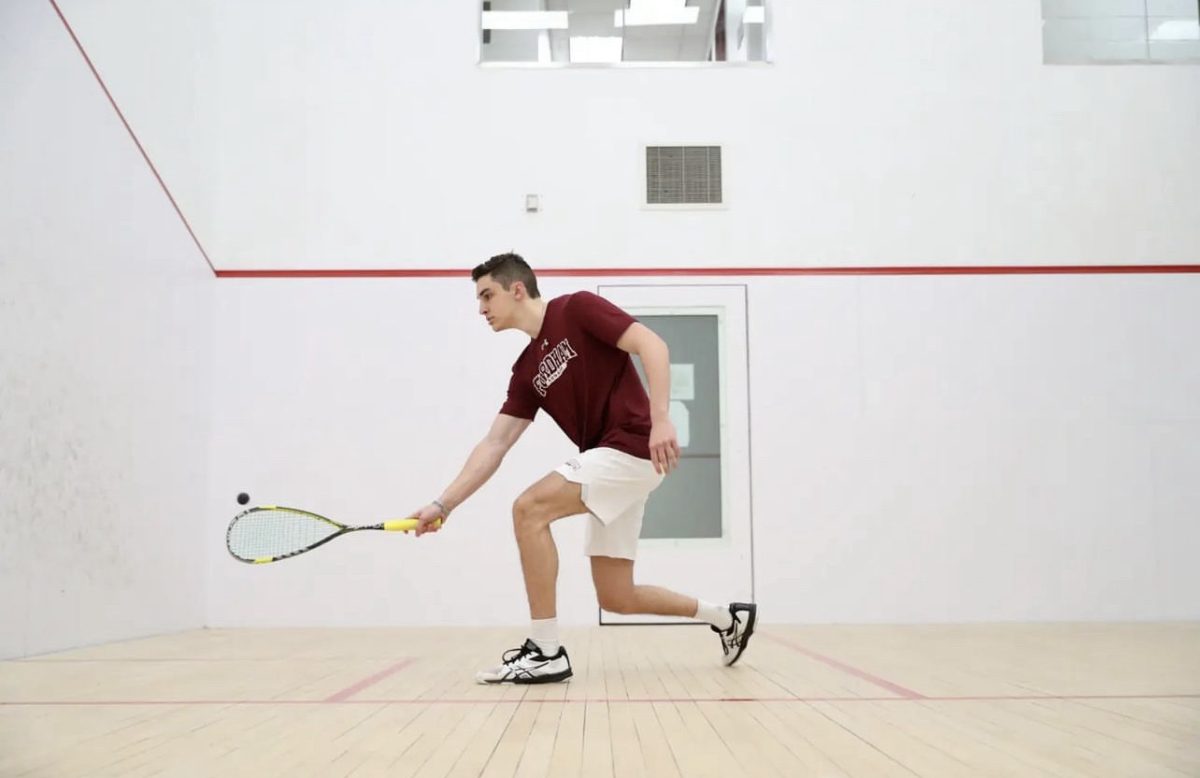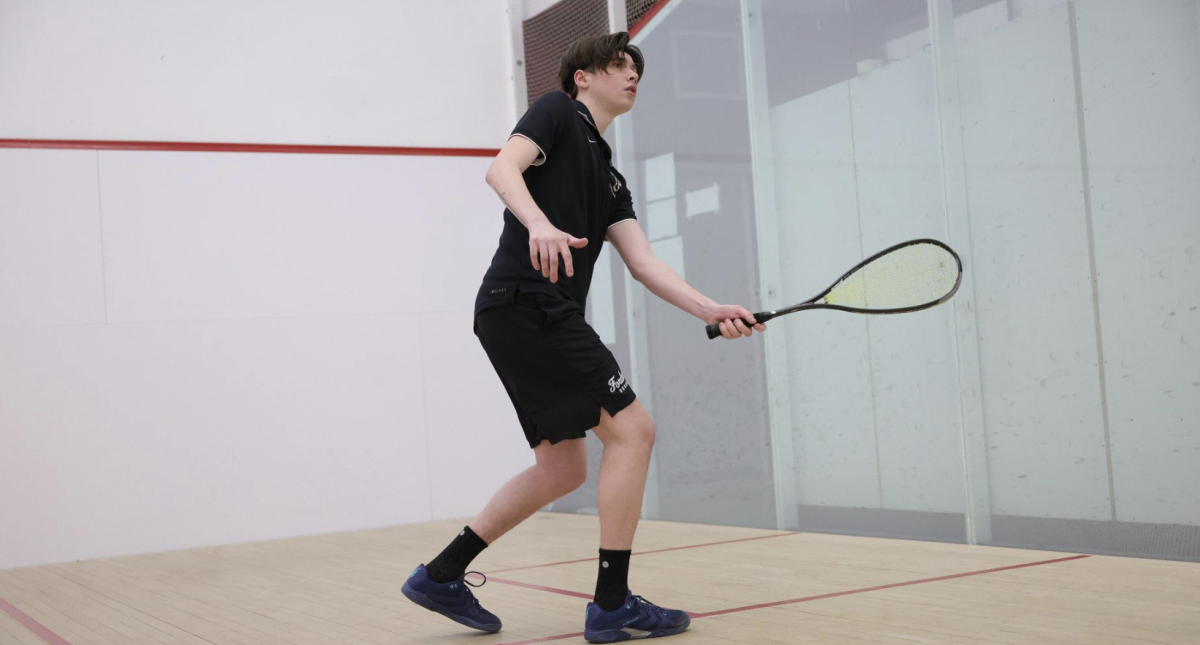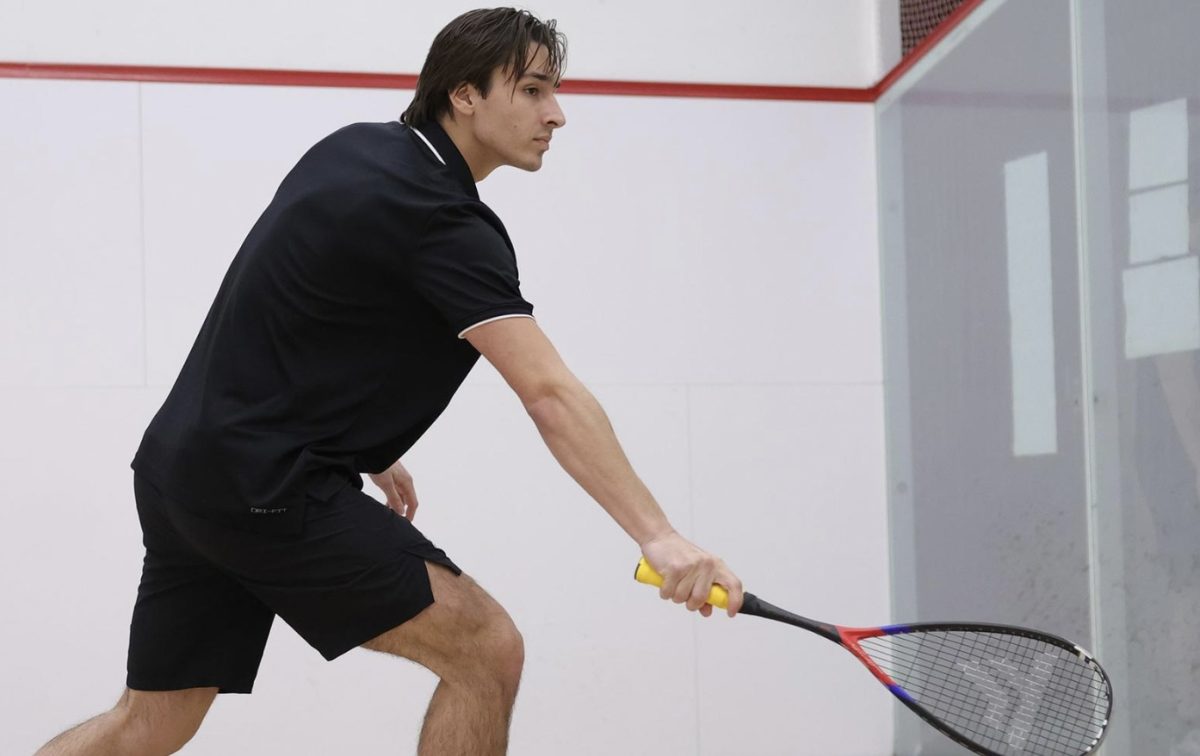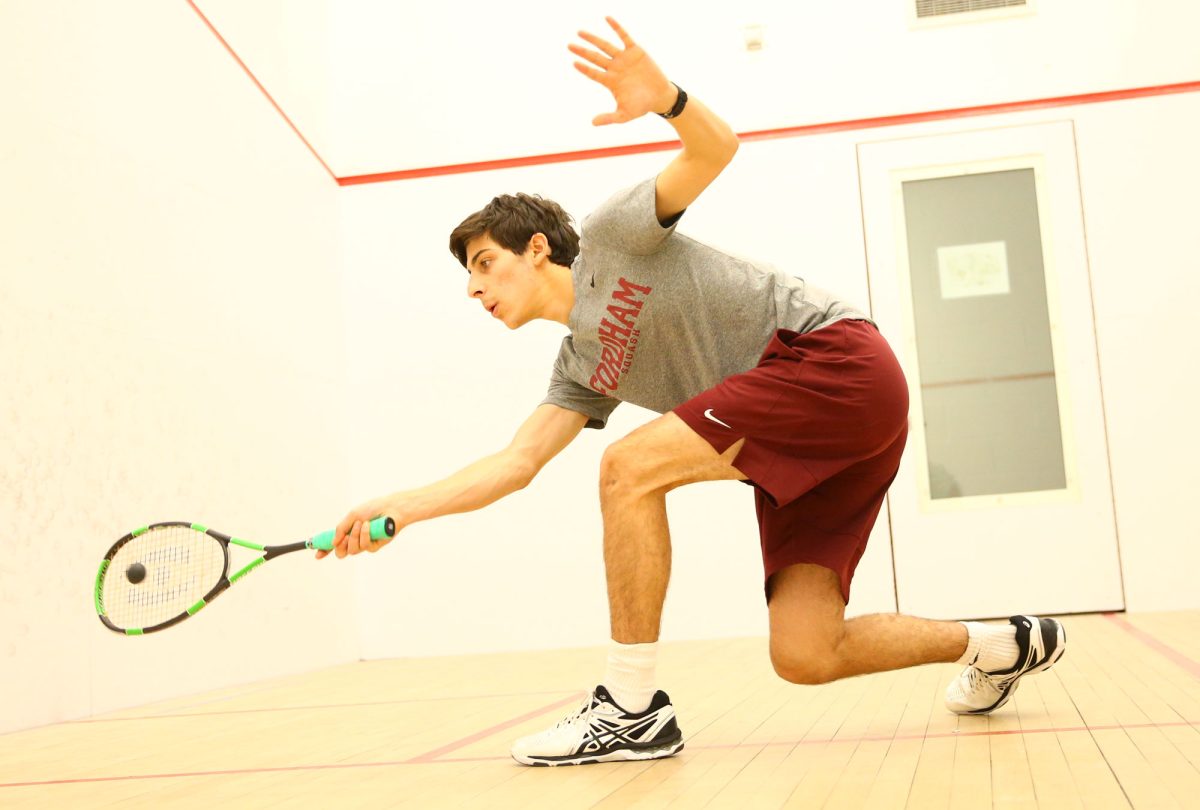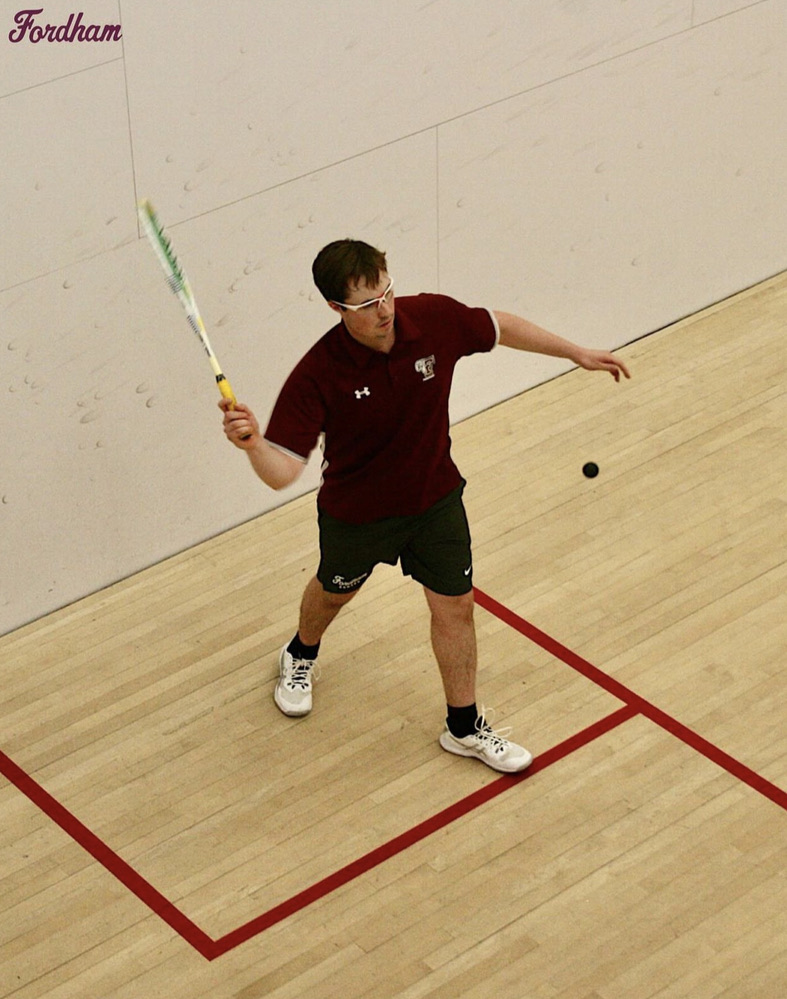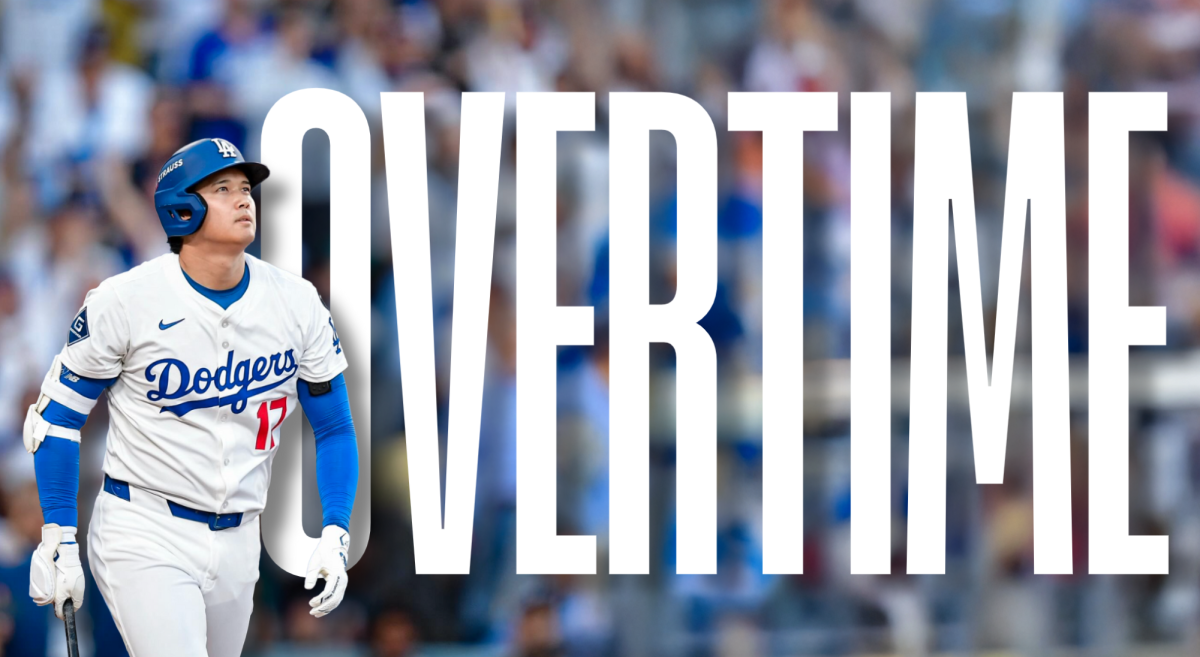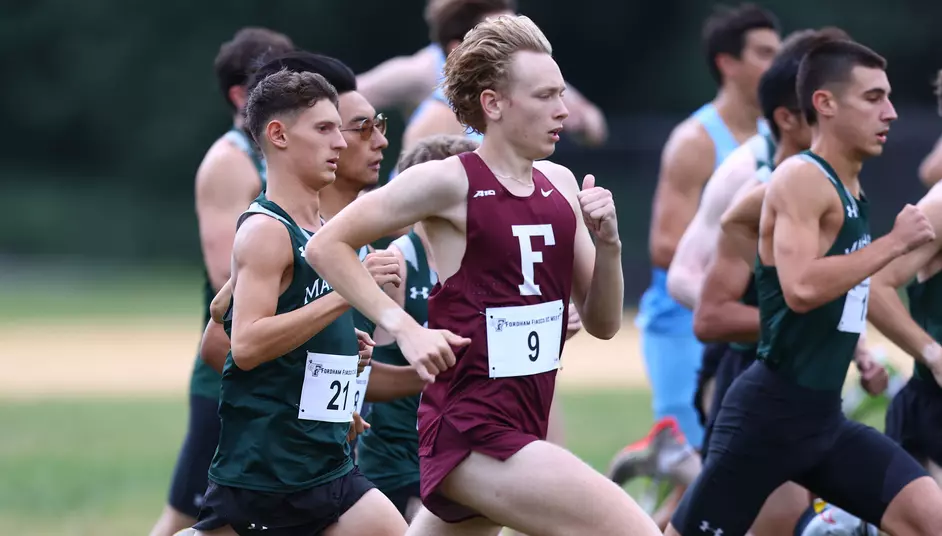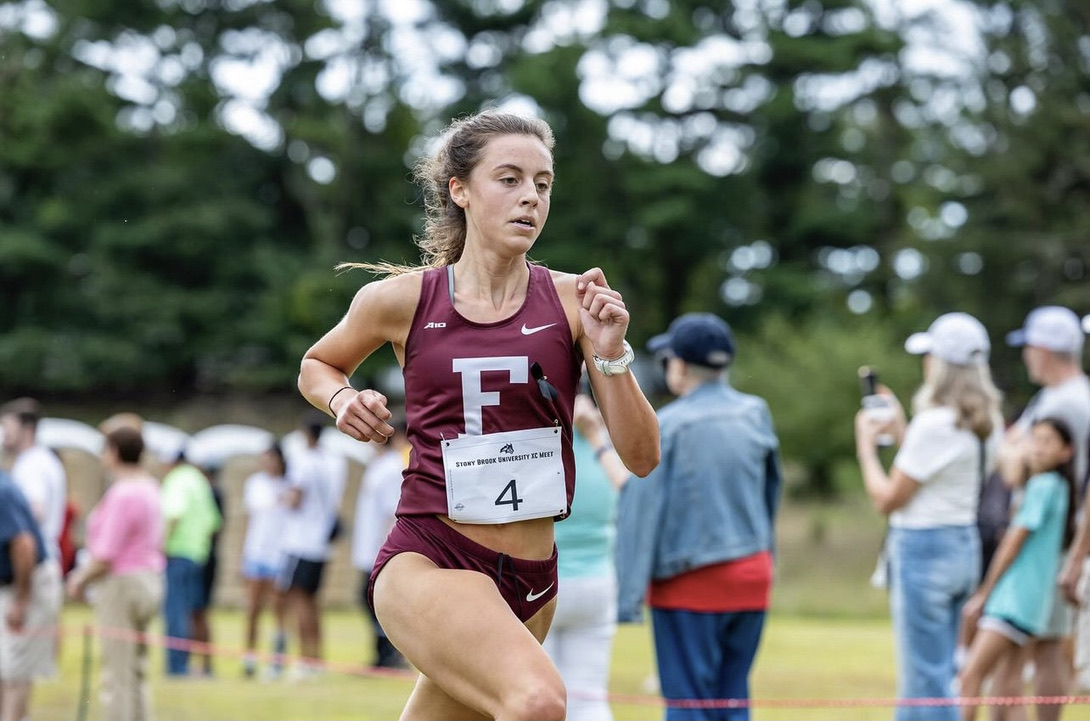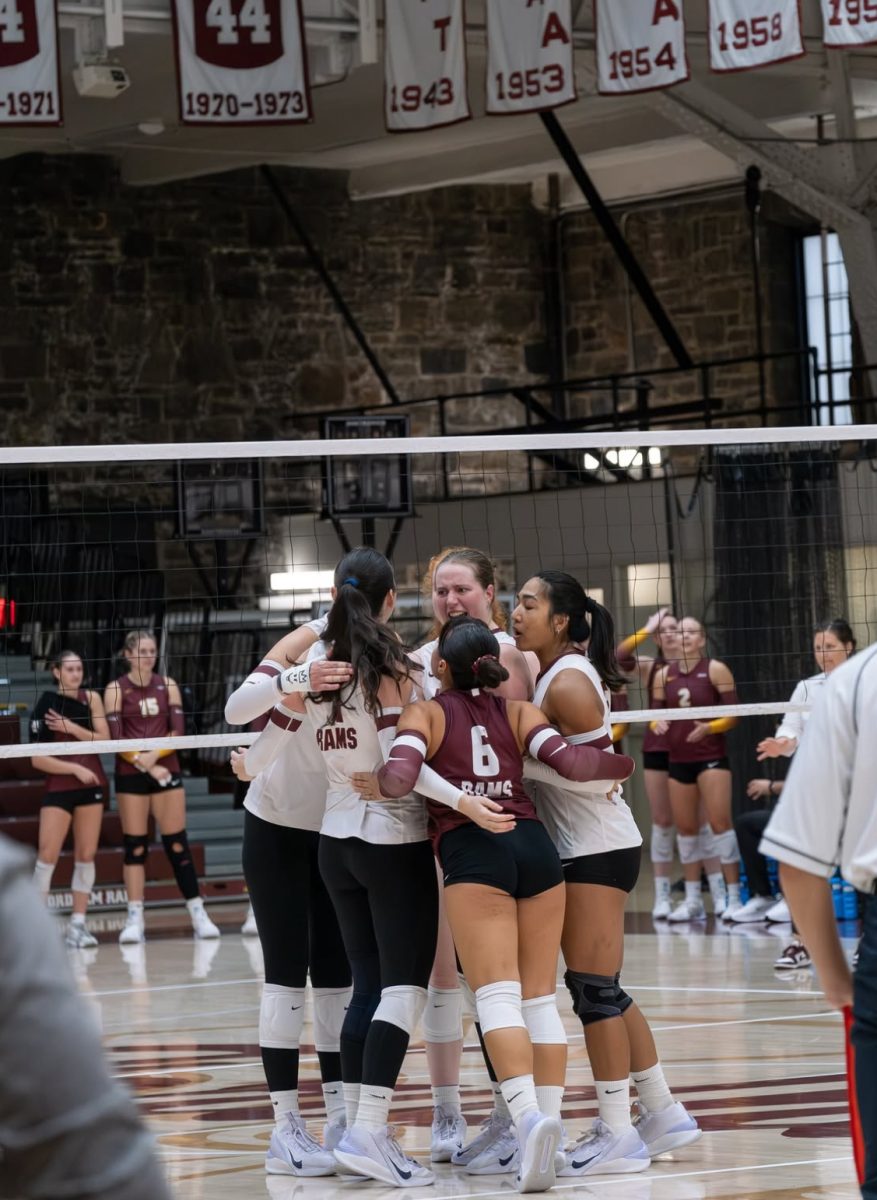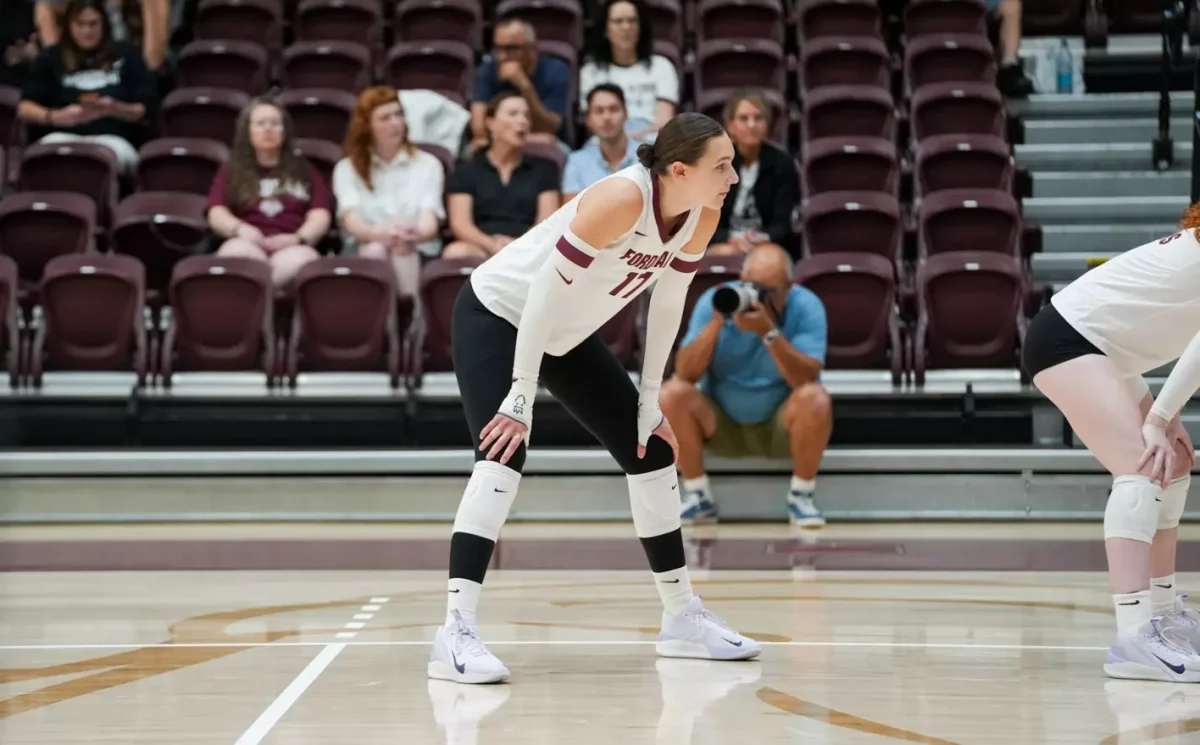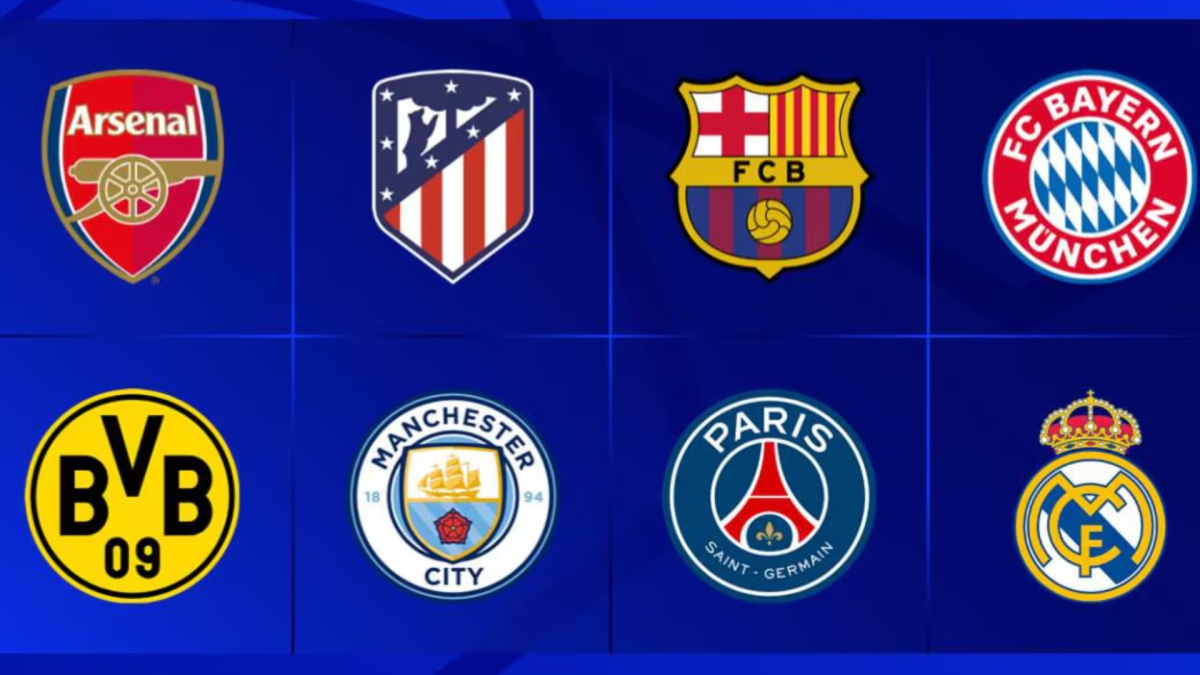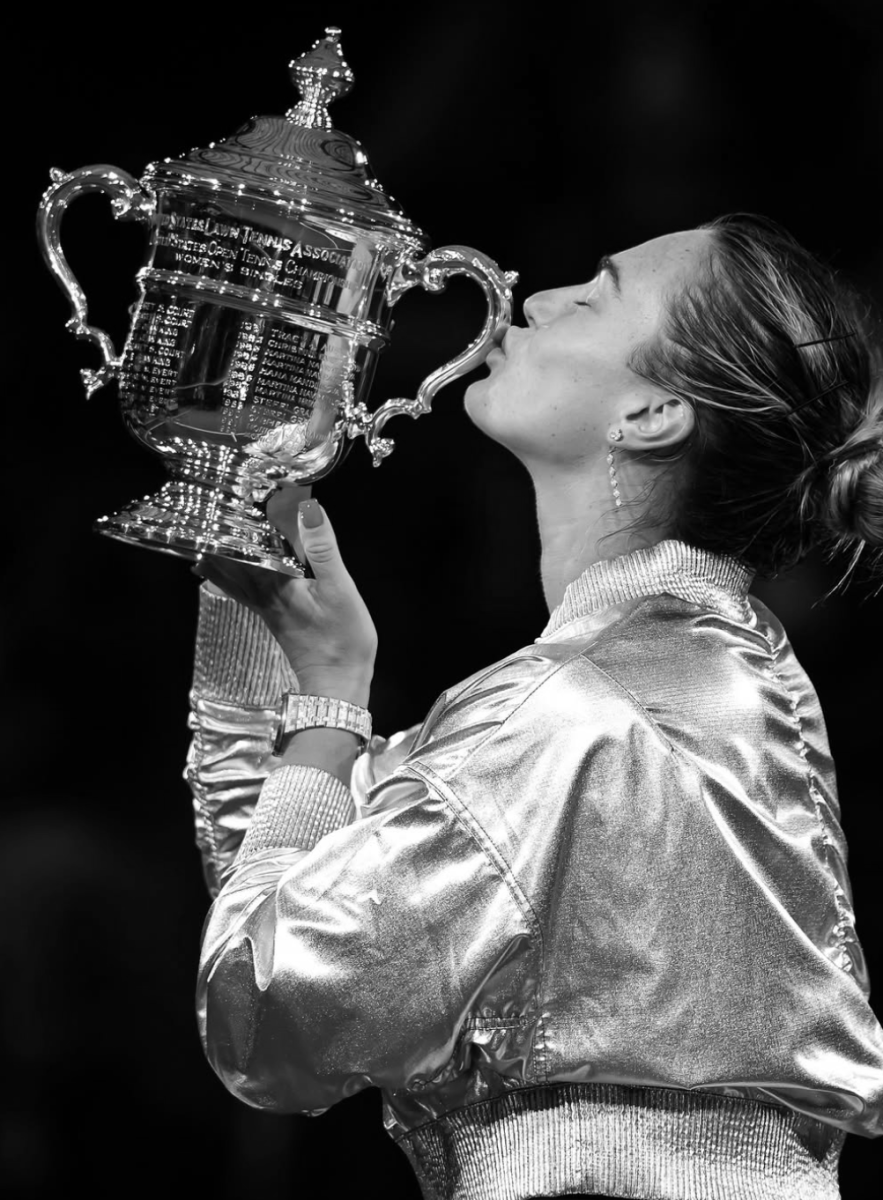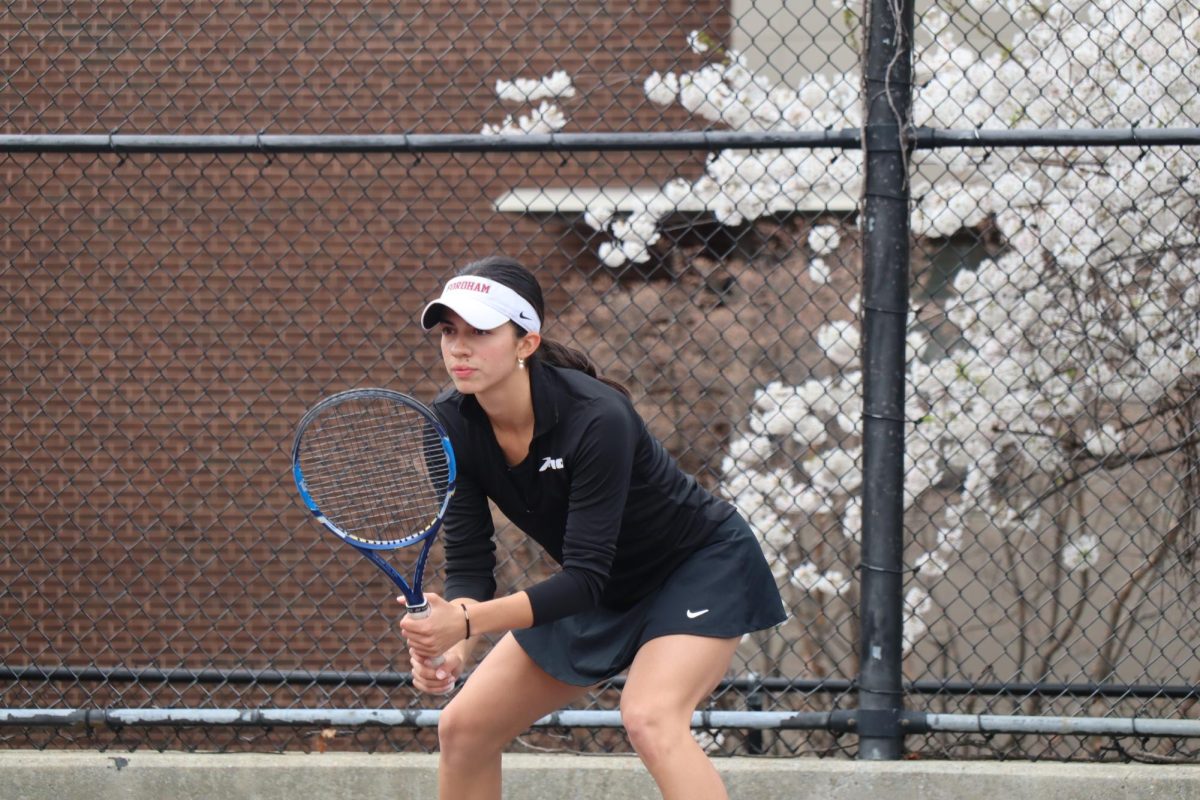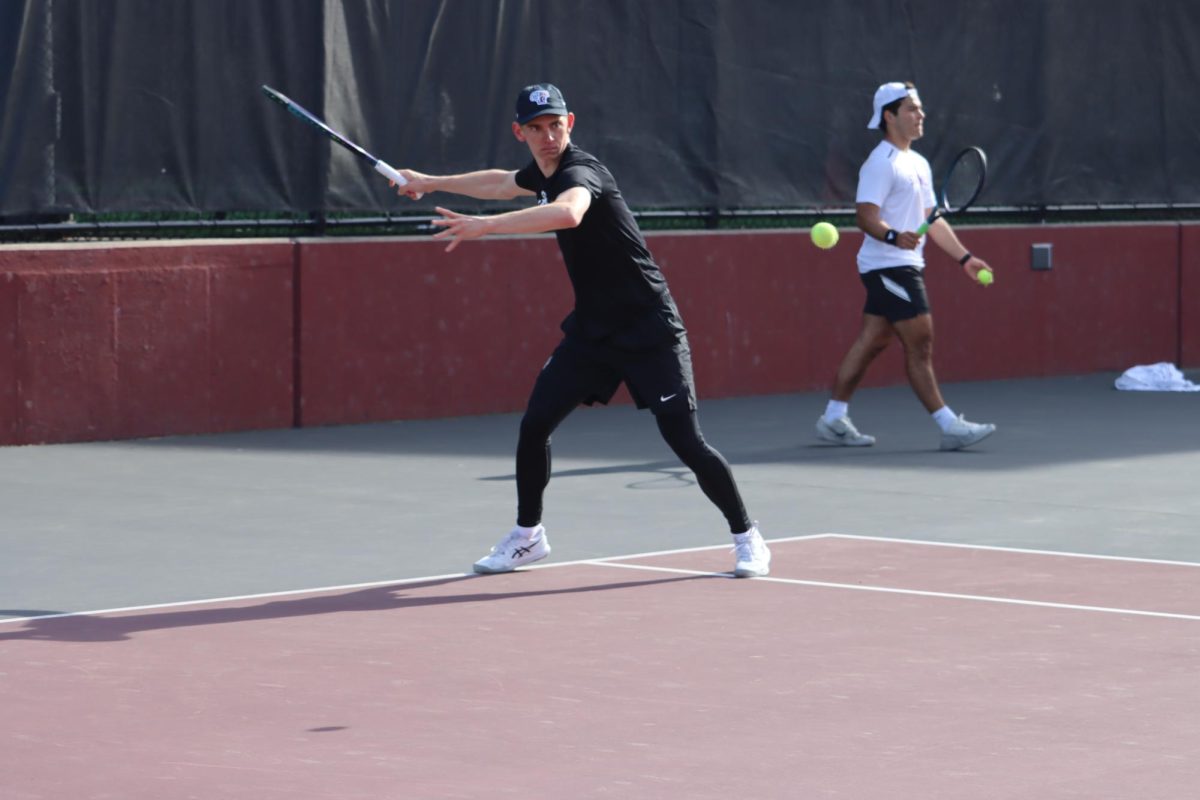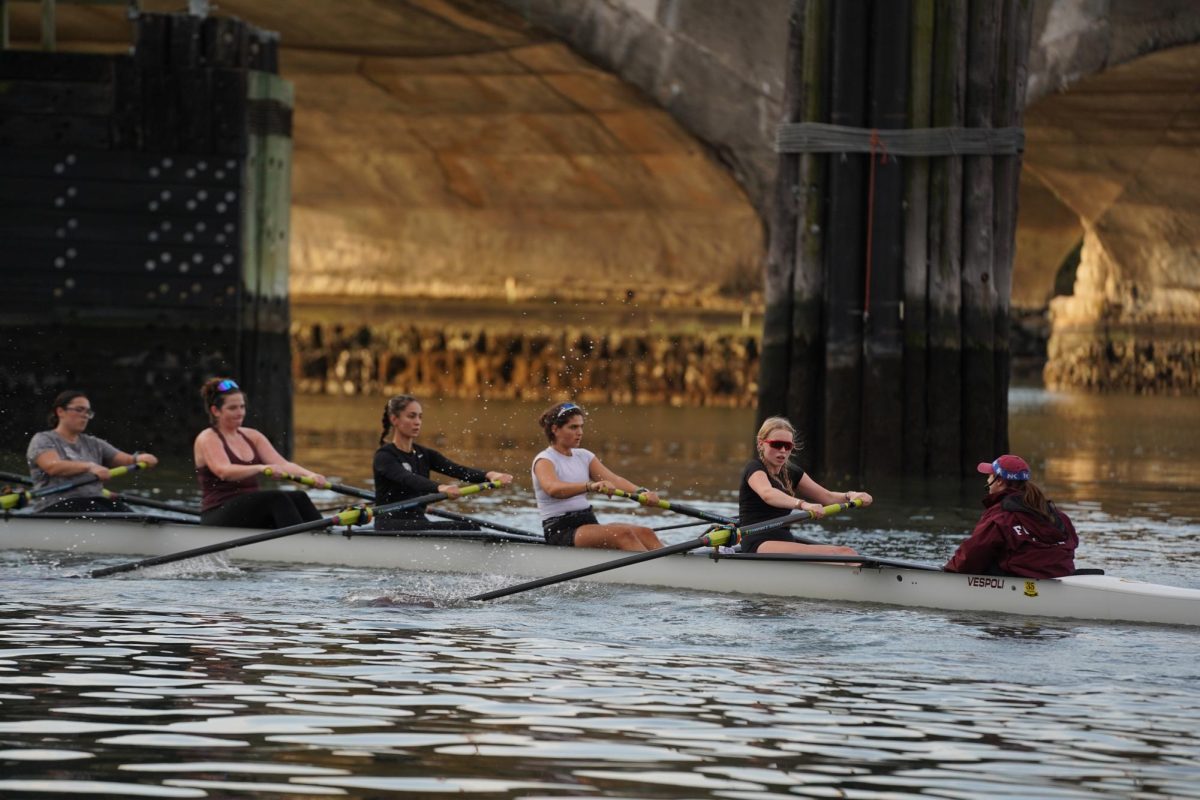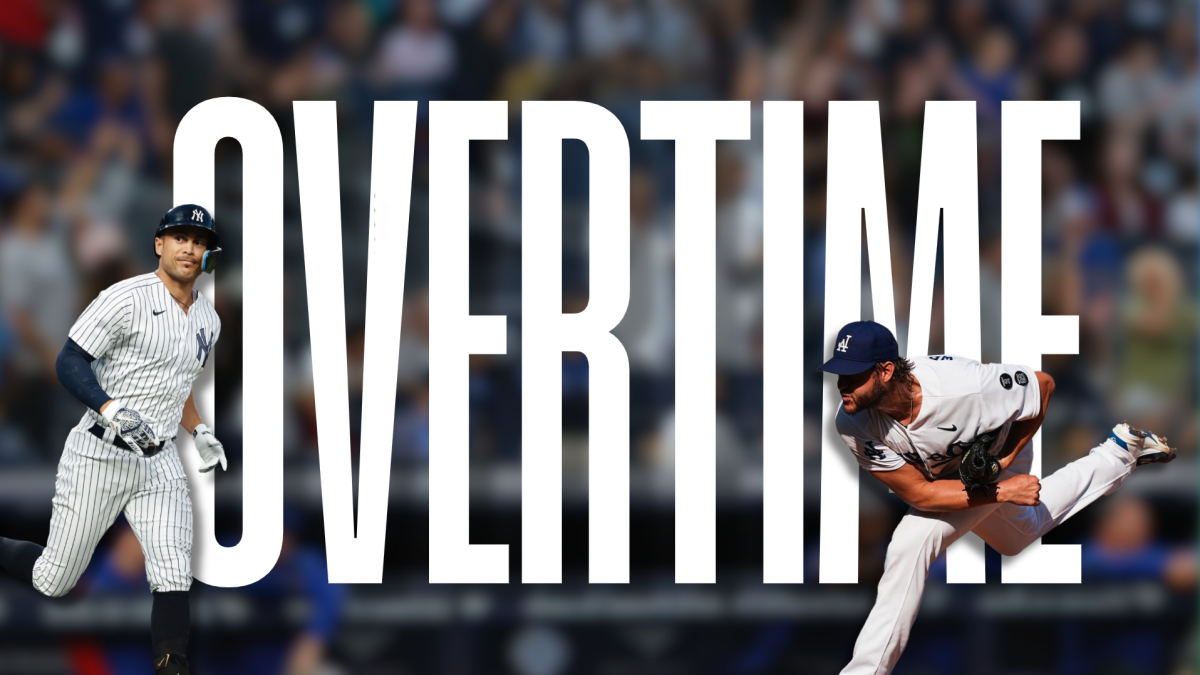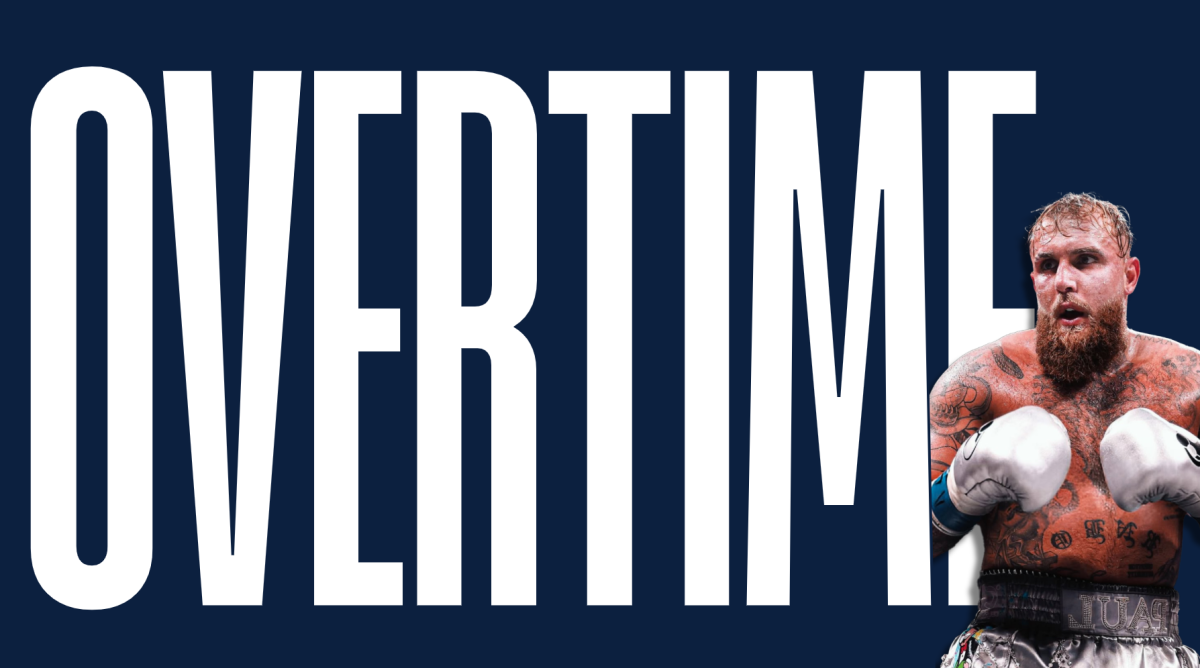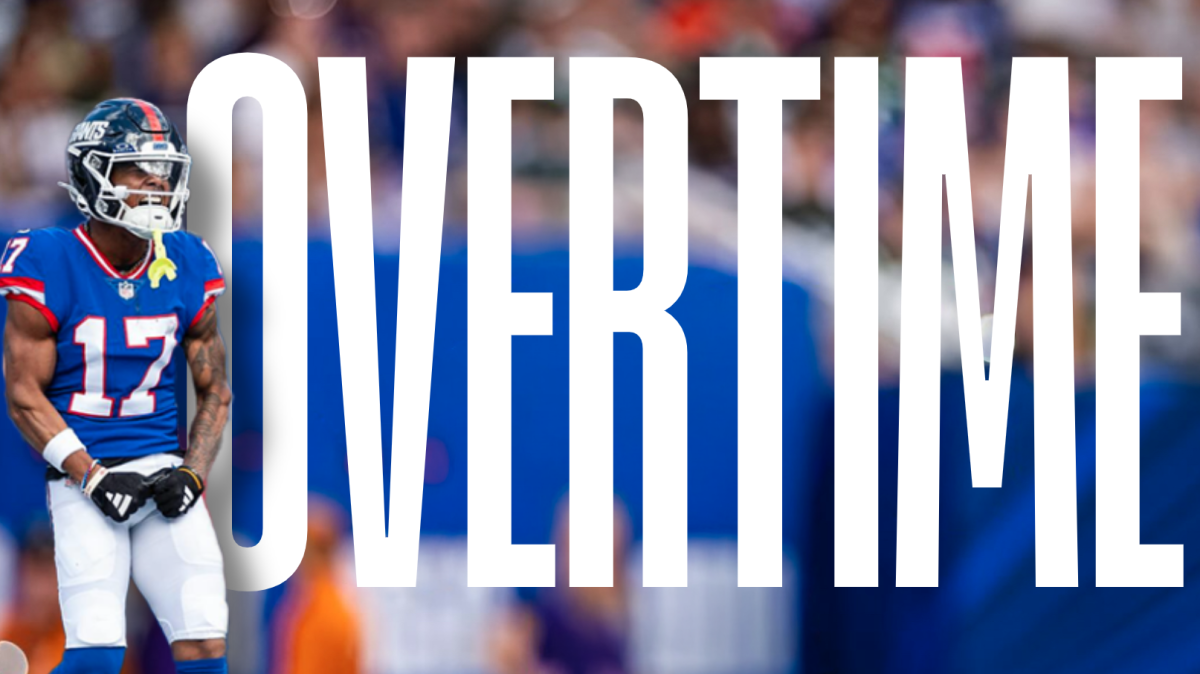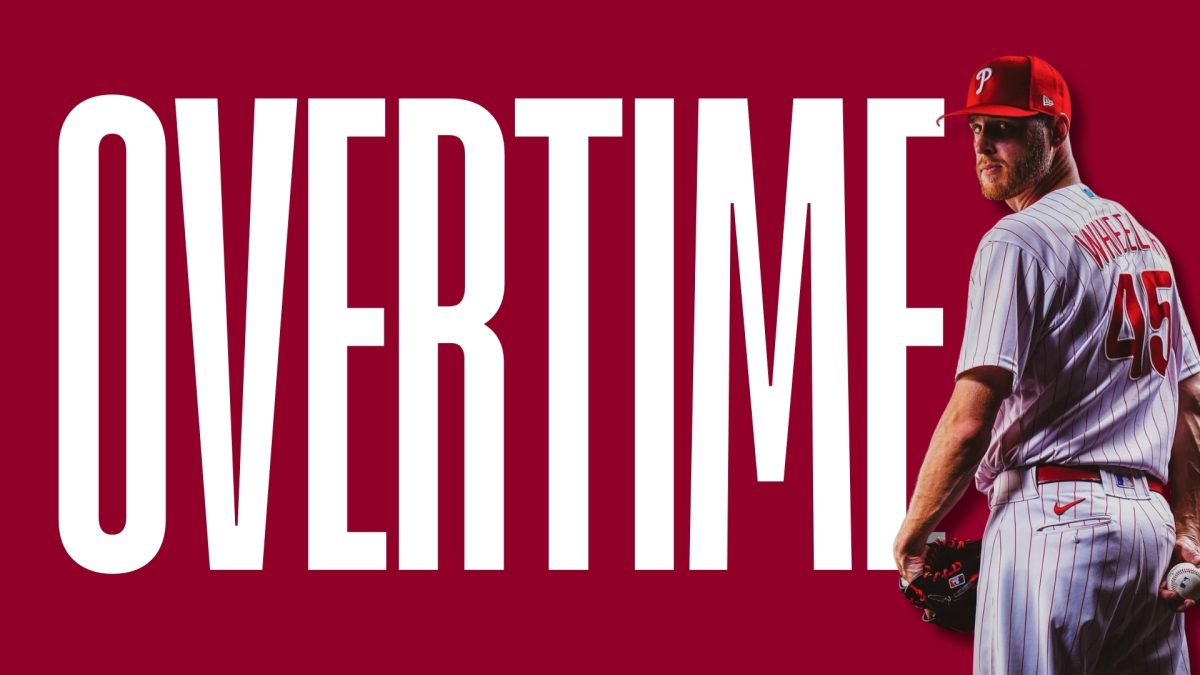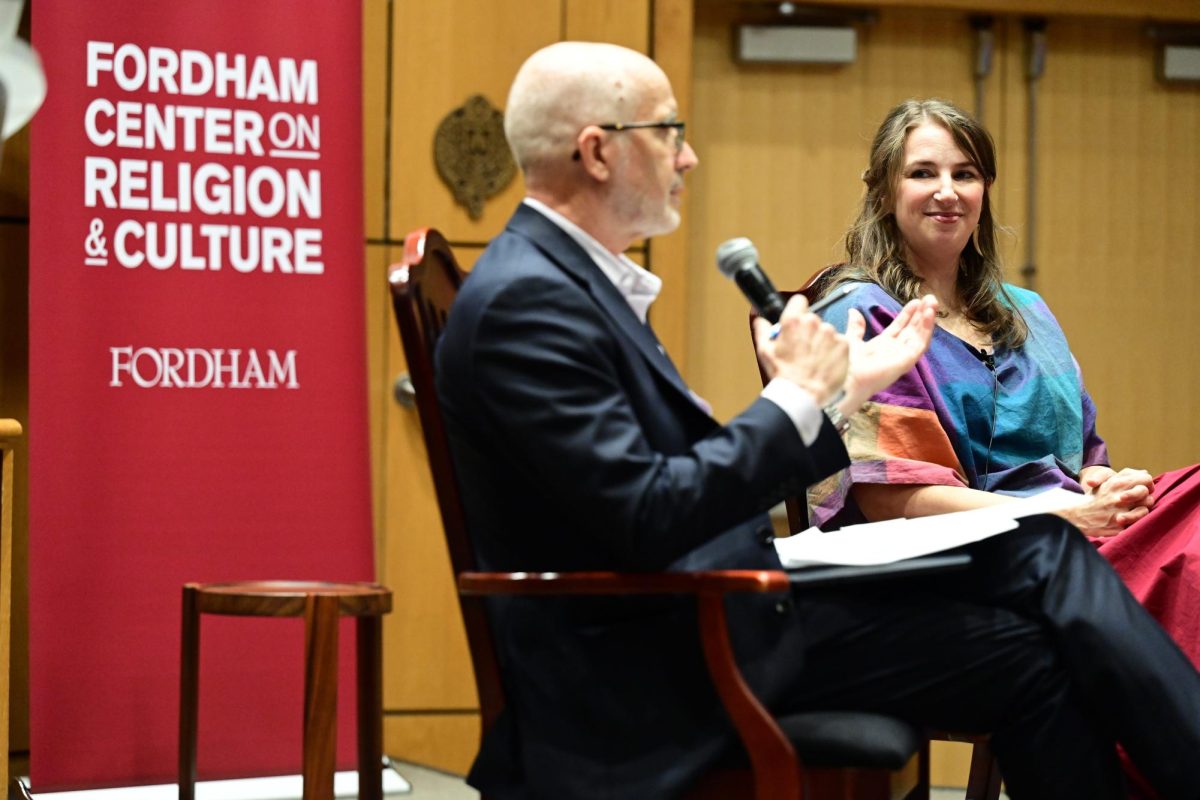Maeve McClure, FCRH ’25, is currently engaging in research about the complexity of memory.
She is seeking to diminish the idea of a more straightforward concept of memory, which is that it is experienced and remembered.
Since her junior year, McClure has worked under the guidance of Elissa Aminoff, Ph.D., to answer independent study research questions. These questions include, “Is memory influenced by the valence of visual stimuli, and is there a relationship between perceived stress and encoding or recognition of visual stimuli?” according to McClure.
McClure emphasizes the complexity of memories and says that there is more to people’s experiences of the world around them and how it affects their memory.
“There are many types of memory, like learning how to ride a bike is different than remembering your 10th birthday party (procedural versus episodic memory), but actually remembering learning to ride a bike is the same type of memory as remembering a birthday,” she said.
Her research question focuses on how memory relates to scenes to mimic what people experience as their episodic memory: memories of one’s life events.
“Memory is not concrete when you experience and remember something. People may misremember or remember what didn’t occur,” McClure explained.
McClure’s interest lies in the type of memory that is influenced by what a person is seeing and their internal state.
“I was interested in looking at different types of scenes, whether positive, negative, or neutral; the valence of the scene stimuli impacts memory accuracy and/or specificity, and internal feelings of stress using the Perceived Stress Scale,” she said. “The project looked at both of these potential factors in memory separately, as well as their interaction with each other. [I’m] specifically interested in stress for this.”
Her project looks at different types of scenes, how participants remember scenes and if one’s stress impacts remembering those scenes. She seeks to answer if it is one’s internal state or interpretation of what is being seen that influences one’s memory.
“There’s a lot that goes into memory, a lot having to do with what the memory is of, if it’s positive or negative, and your internal state and how that’s influencing your perception of the world around you,” she said.
To explore these questions, McClure recruited a total of 112 participants ranging from ages 18 to 45. The only requirement for participants was to be native English speakers in order to understand consent forms and related matters.
Being a part of the summer research program, she received a stipend to pursue her project. McClure spent a lot of time picking out visual stimuli she would showcase for scenes. She carefully selected particular types of stimuli to present to participants, mimicking episodic memory.
Stimuli needed to be of mildly positive, negative or neutral valence. A negative scene would be like traffic; she did not want the scenes to be too extreme, as they needed to represent what could be encountered in a person’s day-to-day life.
“Previous research does suggest that if there’s just one in the set of stimuli that’s very negative, for example, it should be remembered even more so than the rest, and it could throw off the project,” said McClure.
McClure presented each participant with 120 images during phase one encoding. In phase two, they saw 120 images again during a memory task, except they were slightly different the second time.
“Half of these were the same images seen during encoding, and then we had a quarter of new images. They had not seen anything like them but still fit the criteria,” she said.
A quarter of the images were different versions of the same scene.
An example is seeing two images of dentist offices to test how specific people’s memories are. Do they remember if they saw a specific dentist’s office versus another one?
On a nine-point scale, participants rated 120 images according to how positive or negative they thought they were and emotionally intense, making it operational online rather than on paper. The nine-point scale is inspired by the Self-Assessment Manikin, a pictorial tool used to assess a person’s response to stimuli, which she modified to fit the purposes of the study.
“It was a long study, with many images, but we got a lot of good results. It was good that we had enough stimuli for participants and for us to detect results,” she said.
The entire study ran online and was taken on participants’ desktop computers. McClure conducted Python analyses to code data files and calculate what she needed. In the fall, she worked on her Python script for the project, a tool for recalculating and avoiding human error while analyzing 112 participants’ data.
After graduating, McClure plans to complete writing her paper on her project by next fall and look into Ph.D. programs in the neuroscience field. She will present her project at the Undergraduate Research Symposium and to the Vision Sciences Society in May.
“It’s exciting to experience having my own project, and it solidified my decision to want to apply to a Ph.D. program, to do this as a career, because I’ve just loved it so much,” she said.

